NDP @ Bukit Brown
by Martina Yeo
As Singaporeans gather at the floating platform or Esplanade area to celebrate the nation’s 47th birthday, a group of some 70 celebrated this occasion together with the “Nation’s Deceased Pioneers” at Bukit Brown. As people gathered around at the round-about area, a flag of the nation was hung up on one of the rainforest trees.
After a brief introduction of Bukit Brown by Catherine, participants were handed a NDP goody bag each. After all, what’s an NDP celebration without goody bags? The goody bag was uniquely Bukit Brown and filled with symbolic meanings.
It contained an ice-cream stick with a number written in red (symbolizing the graves affected by the 8-lane road), a packet of instant coffee (symbolizing the name that Bukit Brown was popularly known by, Kopi Sua or Coffee Hill), a candle (for participants to offer to any grave), a box of matchsticks (for lighting the candle and which symbolizes one of the Bukit Brown pioneers, Lee Kim Soo’s story from rags-to-riches), “Eagle” brand medicated oil (which is a brand successfully build up by Tan Jim Lay a grandson of Tan Quee Lan), and a party popper (which symbolizes the five-coloured paper which is laid out when descendants visit their ancestors’ graves during the Qing Ming Festival as an act of remembrance).
Look at the smiling faces of those participants who were the first to guess the names of those who were buried in the graves that correspond to the number on the ice-cream sticks they received! They each won a Bukit Brown T-shirt.
Clare then led the excited participants for a tour to visit some of the pioneers. Some seemed unable to contain their excitement when they saw a hanging branch.
Amongst the pioneers, participants visited the graves of Mr. & Mrs. Tay Koh Yat, Mr. Lee Kim Soo, Mr. & Mrs. See Tiong Wah, Mr. & Mrs. Khoo Kay Hian, Mr. Khoo Kay Hian’s mother and Mr. & Mrs. Tan Yong Tian.
After a short tour to some of these graves, the participants went back to the place under the Ole rain tree for a buffet. While some were making new friends and enjoying the food, others played with the dogs, patted the horse or took turns to hold the flag and took a photo with it.
More games followed. Those who managed to answer the quiz questions correctly were smiling from ear-to-ear as they received their prize of painted tiles.
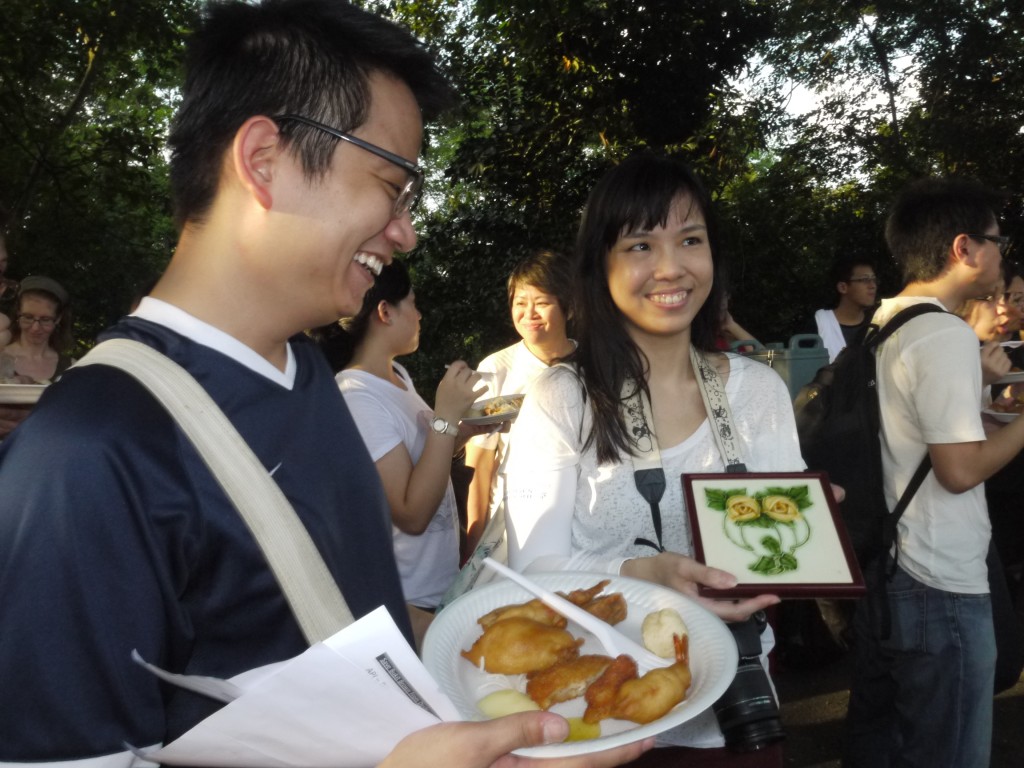
The tiles donated by Victor Lim were collected from old houses and can be found at Bukit Brown which is also the final homes for the departed (photo Martina Yeo)
Participants then sung the national anthem and said the pledge as one voice. Of course, like other NDPs, there was also the “fly-over,” but at Bukit Brown, participants folded their own paper planes using papers printed with the national flag and “flying” it using their han
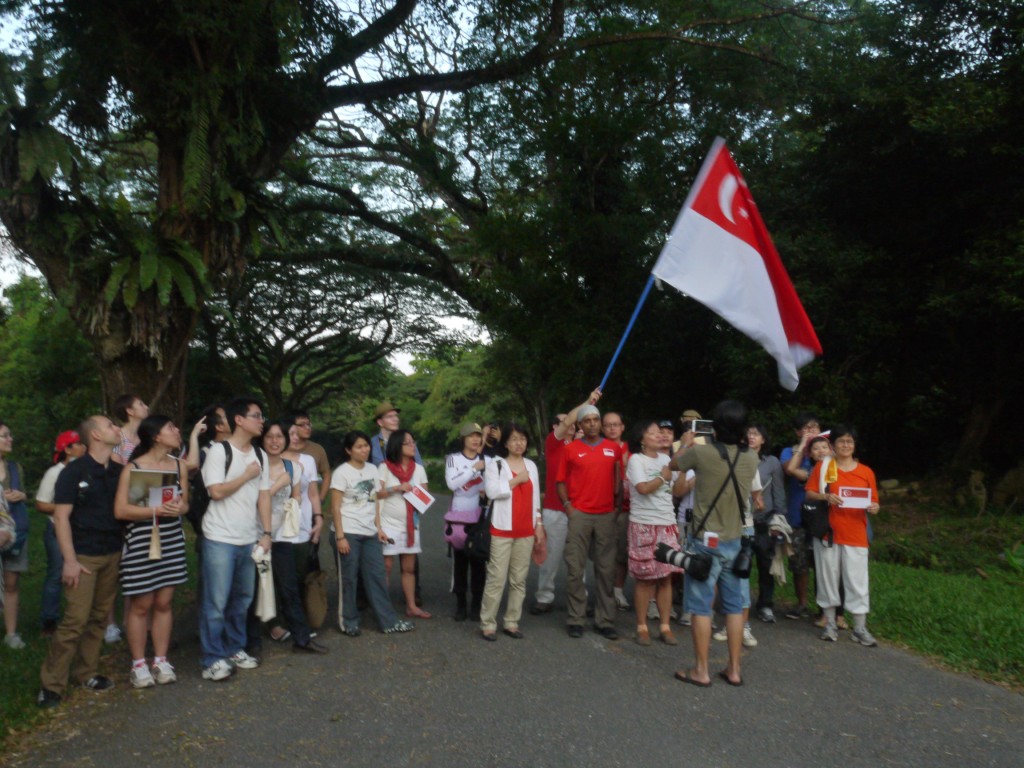
Singing the National Anthem followed by the recitation of The Pledge marked a high point in the celebrations (photo Martina Yeo)
Many continued to stay on to watch the sunset, learn yoga from Bala, watch monkeys jumping from one tree to another, sing along with others or simply to enjoy the atmosphere of the place.
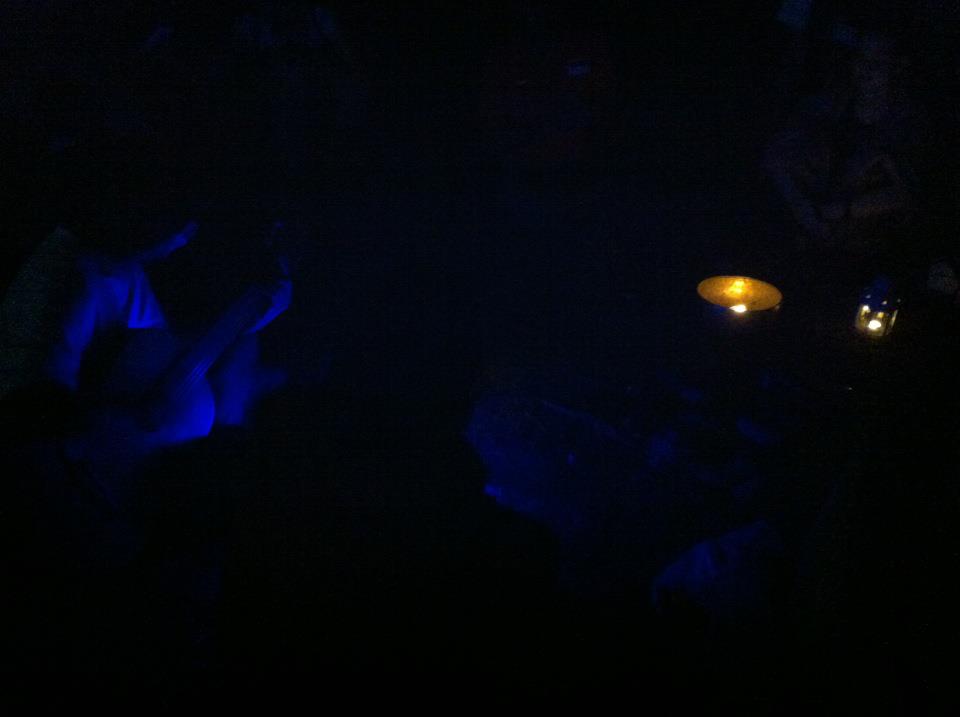
“So we bid you goodnight, in one last flickering light, till we meet again my friends, we hold each other in our hearts” (photo Claire Leow)
About Martina Yeo who documented this for us:
by Catherine Lim
The tour on Sunday 22 July, starts off rather ignominiously atop a pedestrian bridge which spans a busy dual carriageway and ends with a touch of the macabre, sitting on tombstones under a shady tree.
Welcome to Jon Cooper’s Battlefield Tour of Cemetery Hill aka Bukit Brown Cemetery. The 2 hour tour’s main route takes you mostly along side the greens of one of Singapore’s most exclusive private golf course and club. As Jon paints a picture of the battleground -literally the blood sweat and tears – I gaze out at the golfers blissfully unaware the ground they are strolling was once a battlefield. But I am moving ahead of the tour here.
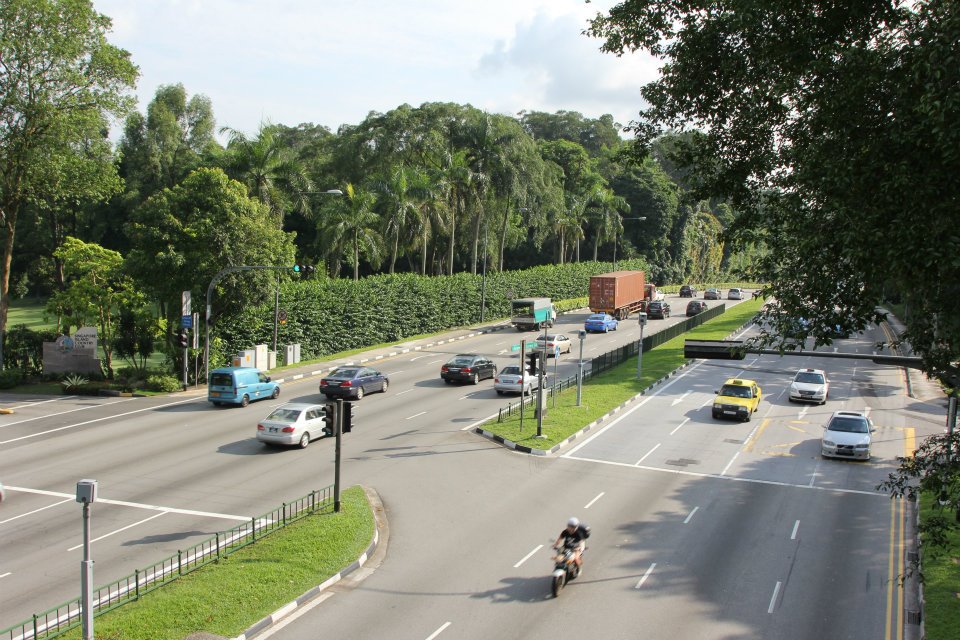
The view which sets the geographical location of the battleground, now imagine it wild and green (photo Bianca Polak)
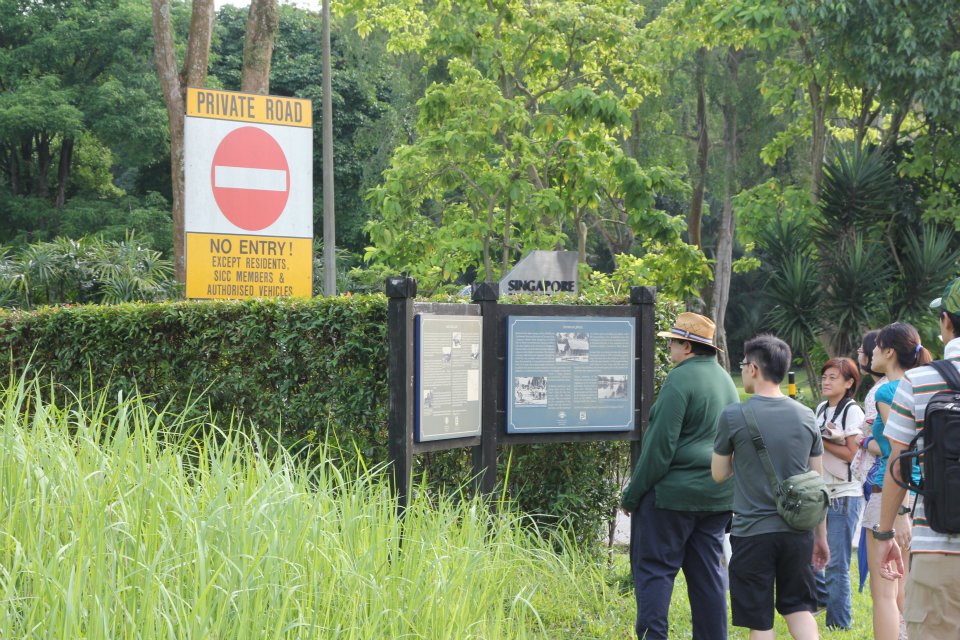
Heritage marker which I reckon only gets a passing glance from bus commuters and joggers in the area ( photo Bianca Polak)
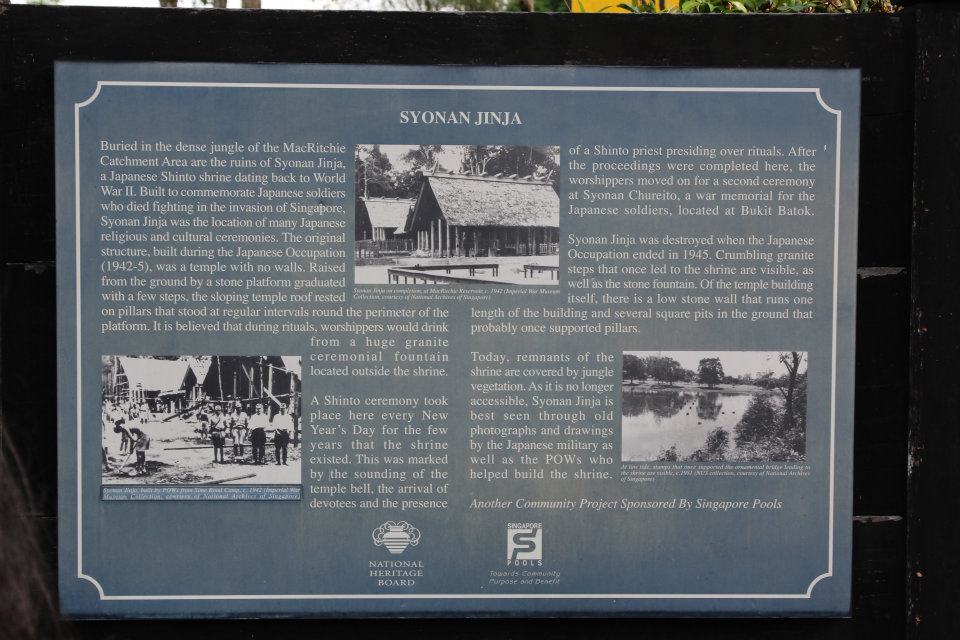
The Shinto Shrine which British POWs helped to build for the Japanese, traces of which are still at MacRitchie Reservoir but off limits to the public (photo Bianca Polak)
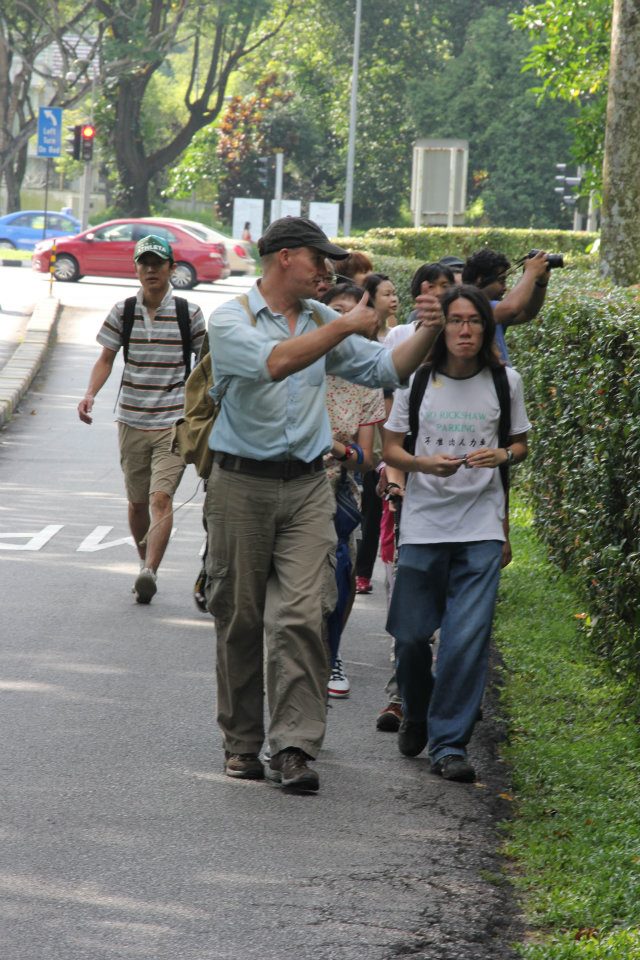
Turning into Sime Road SICC, on the left beyond the tall hedges Seh Ong Cemetery (photo Bianca Polak)
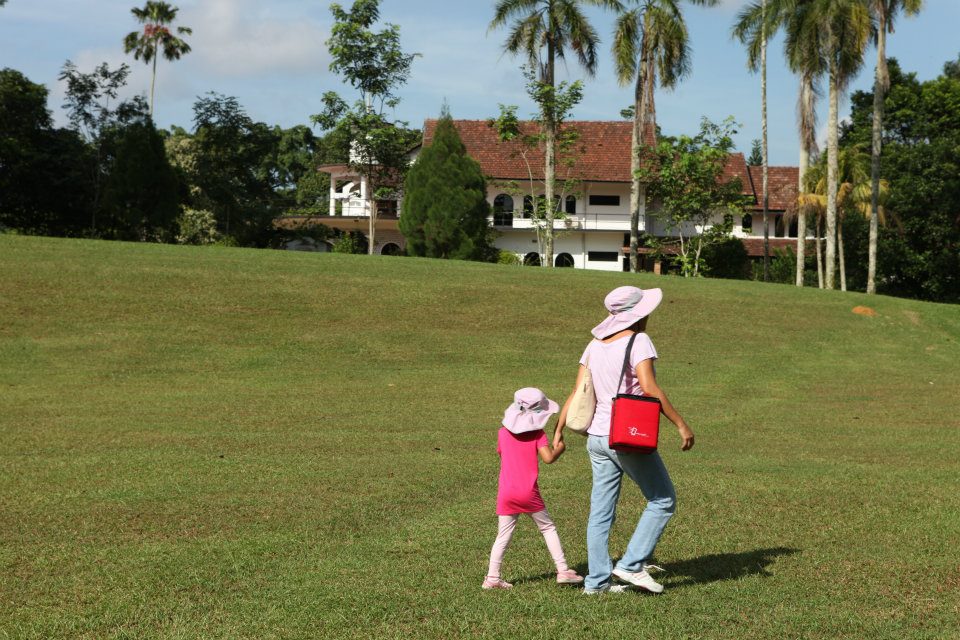
Much safer to walk on the soft greens as this mother and daughter team demonstrate (photo Claire Leow)
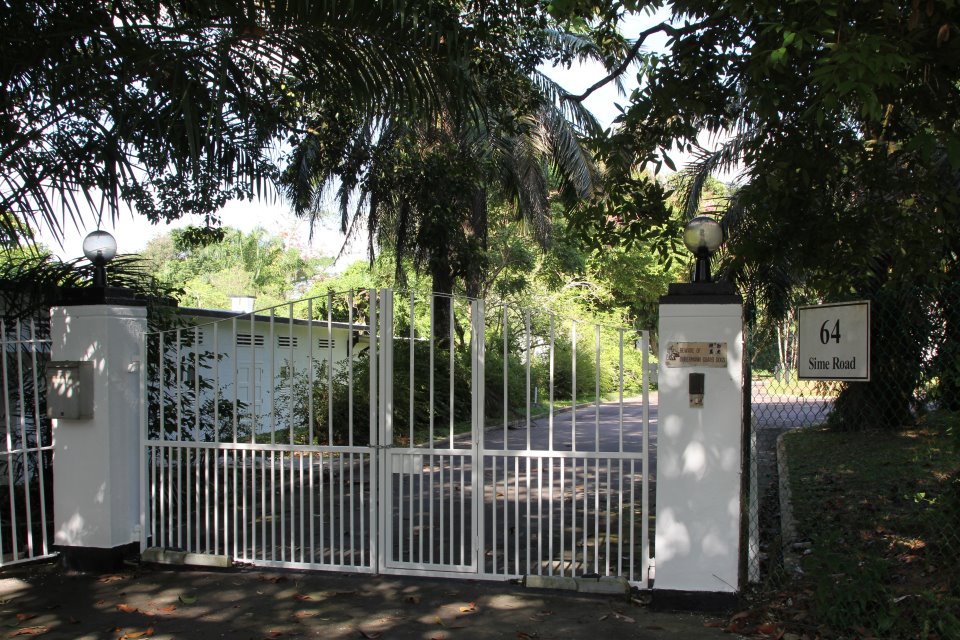
Third stop 64 Sime Road – The ideal Command House for the British before the war, but there not enough time to consolidate before the Japanese was upon the area (photo Bianca Polak)
Postscript : 64 Sime Road. Post-war building, known as ‘Air House’, official residence of the ‘Commanders-in-Chief and Commanders of the Far East Air Force from 1949 until November 1970’. Far East Air Force was FEAF (pronounced Fee-Eff). HQ FEAF was here in Singapore, the area of operations was from the east of Ceylon to the Solomon Islands in the Pacific, north to southern China and south to East Timor.
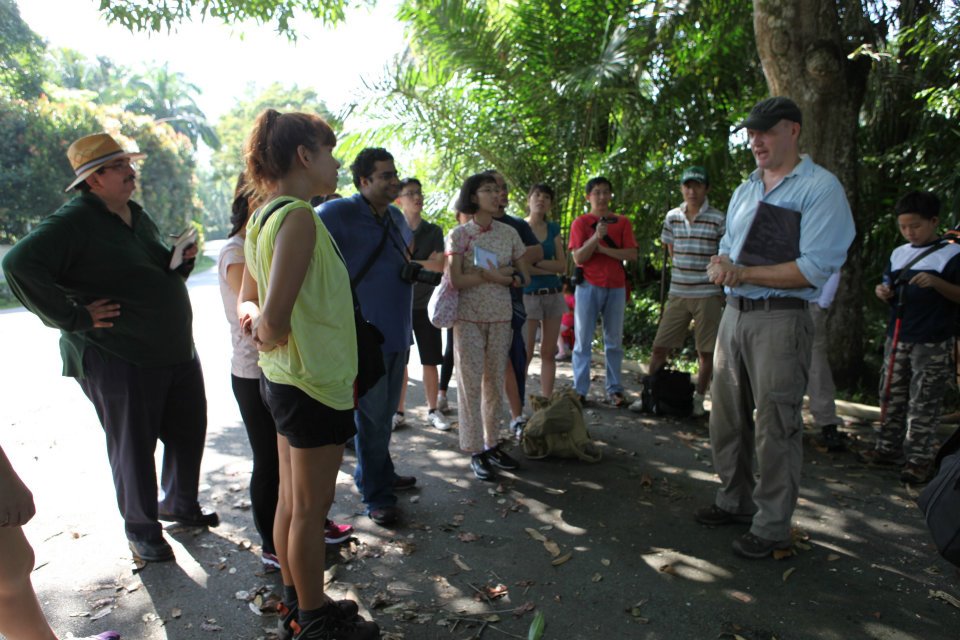
Under the shady tree outside number 64 Sime Road, Jon continues the story of brave men from both sides and the battle they faced (photo Claire Leow)
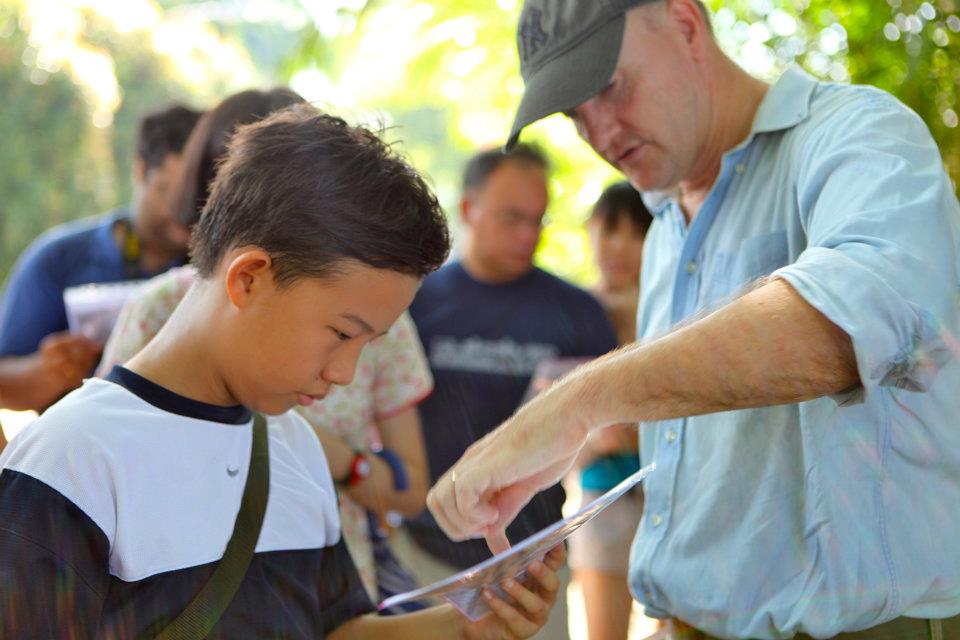
Jon’s most diligent student, he had already been on Jon’s Curator’s Tour of the Adam Road project which was held at the NLB (photo Claire Leow)
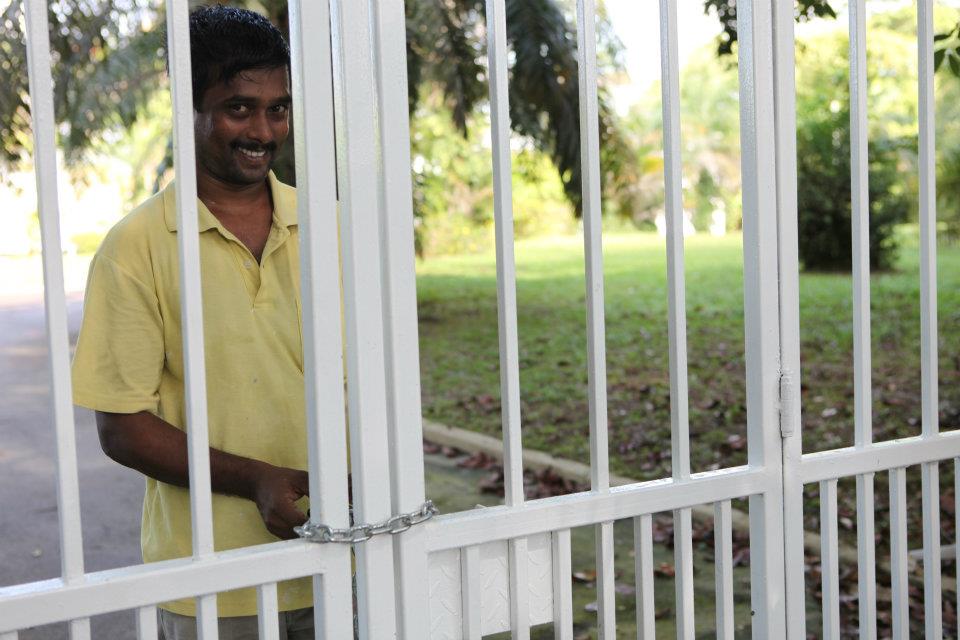
And the unexpected surprise of this tour, the caretaker on his own initiative decides we should be let into the ground of number 64 after observing we had been there for some 20 minutes ( photo Claire Leow)
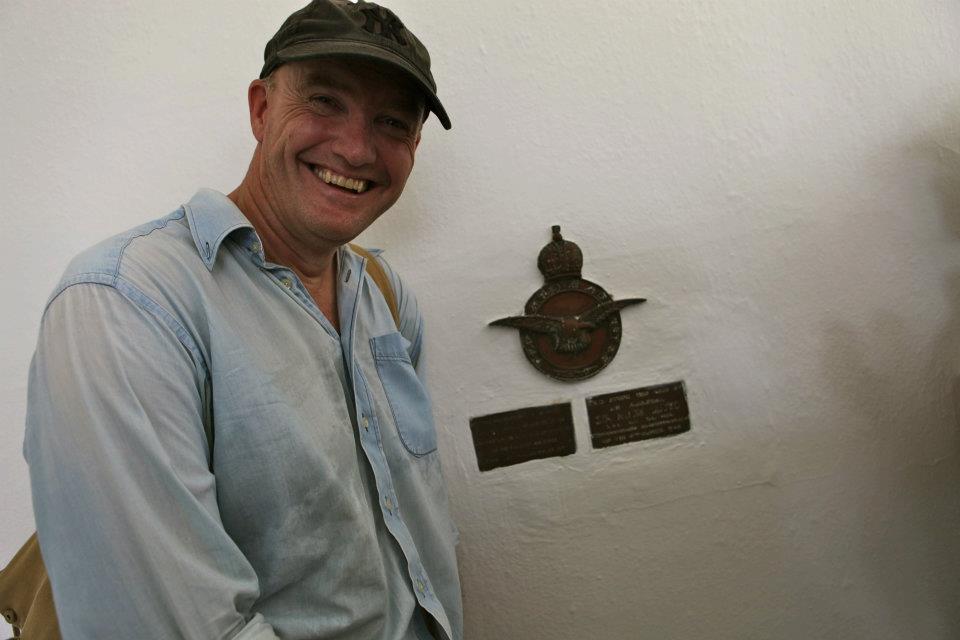
An unexpected bonus for Jon as he is reunited with the insignia of his regiment top row (photo Claire Leow)
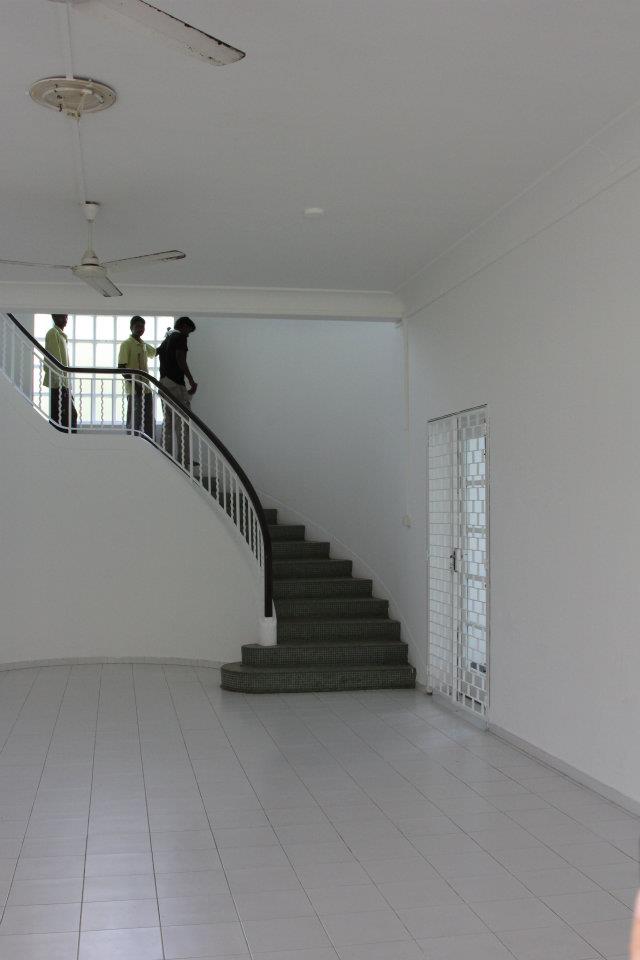
Inside, workers who have been maintaining the house, which we suspect will be up for rent soon (photo Claire Leow)
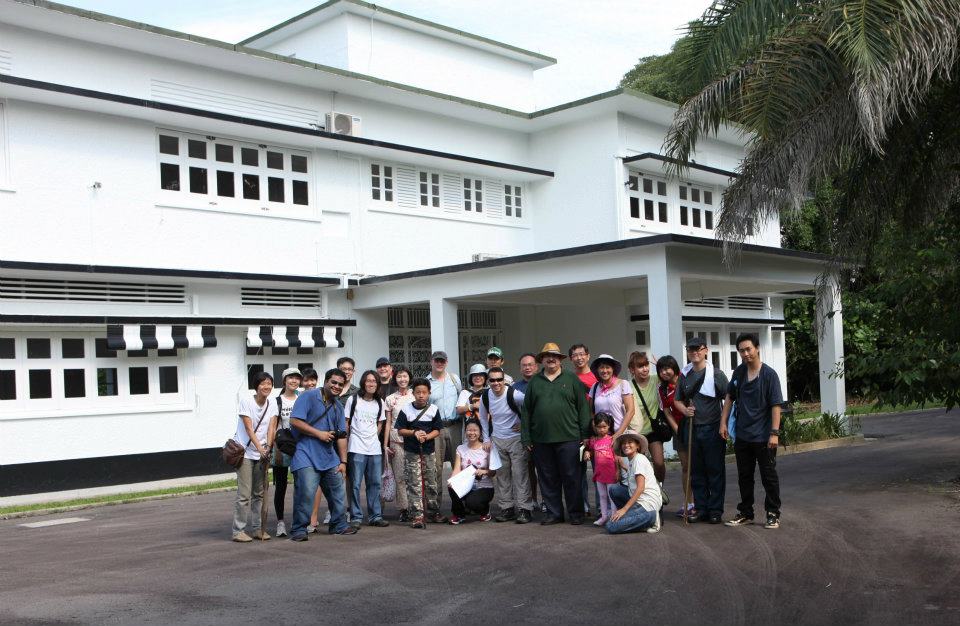
The Group photo, all thought this would make a marvelous war museum for Adam Park and wondered how much was the rent (photo Claire Leow)
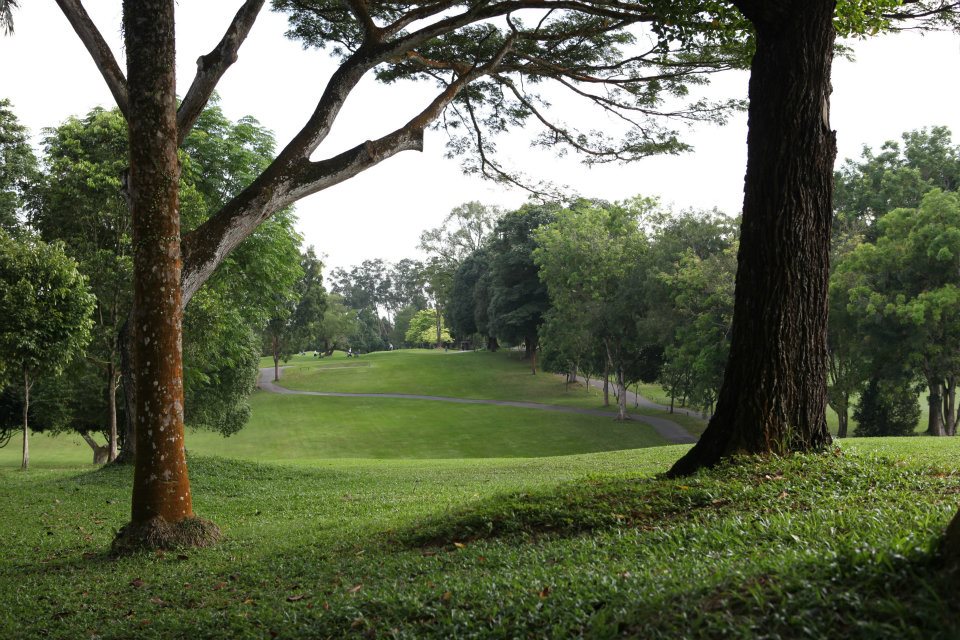
As we continued to our fourth stop, from where we stood, we saw this idyllic scene (photo Bianca Polak)
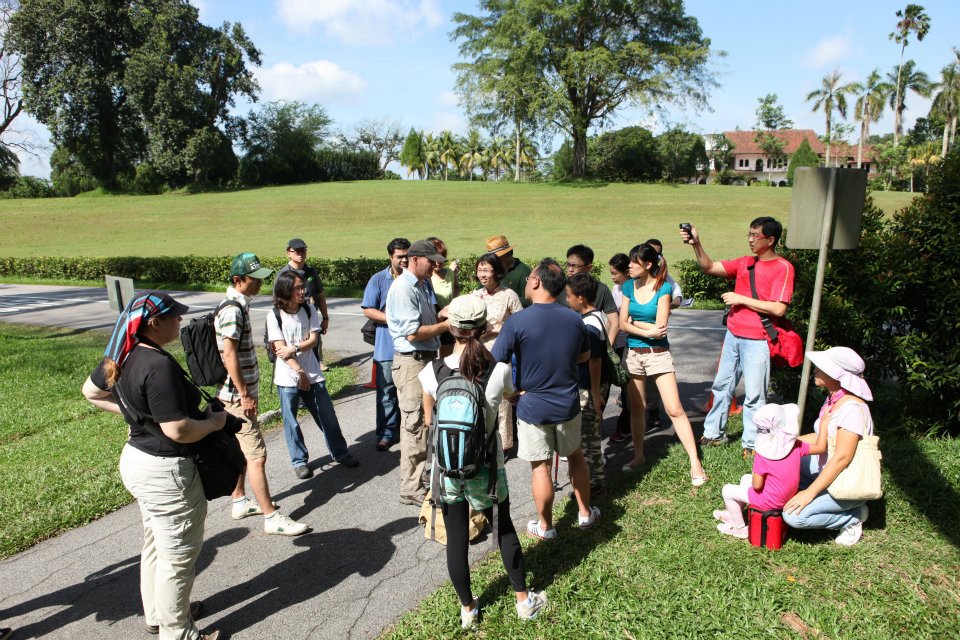
It was here, a 100 metres opposite no, 64 (back on the road heading back to Lornie Rd) under the by now scorching sun that Jon showed us the lay of the land and the battleground ahead at Bukit Brown (photo Claire Leow)
Here is an extract of the battle on the evening of 14th Feb 1942 from an earlier post
The gunners’ targets were the men of the 4th Suffolks, a fresh-faced territorial battalion of the 18th Division who had only landed in Singapore two weeks earlier. The Suffolks, raised from the country towns and farming communities of East Anglia, had already seen combat up at Bukit Tinggi and had been forced to retreat back towards the Lornie Road by the relentless drive of the IJA’s elite 5th Division. The Suffolk’s hasty withdrawal and the stubborn defence of Adam Park by the 1st Battalion Cambridgeshires had allowed the men to establish new positions overlooking the eastern end of the SICC golf course and southern tributaries of the MacRitchie Reservoir. They were all that stood between Yamashita’s army and the all important water pumping stations at Thompson Village and Woodleigh. That evening Yamashita’s exhausted and battle weary troops were to launch one final effort to break through to the east. The leading units of the 11th Regiment of the 5th Division were by now running short of ammunition and artillery shells and the bombardment and attack was to be their final assault. It was to be a ‘make or break’ attack on the hills of Bukit Brown.
At dusk the 3rd Battalion, 11thRegiment led by Colonel Ichikawa surged up the Sime Road and charged across the Lornie Road. Colonel Shimada’s tank company parked up on the fairways of the golf course provided covering fire and his men witnessed the arms and legs of the defending Suffolks fly up into the air with every explosion. He watched as the screaming infantry disappeared into the murk and smoke along the tree line on Hill 130 then to his relief saw the torch lights and flares signal the successful capture of the temple complex. The attack had been a total success; those Suffolks that had not fled or been blown to bits by the barrage had been bayoneted in their trenches. The way was open to Thomson Village; surely Singapore would now surrender.”
The tour continued back to the main road where the group cut through a jogging path in the nature reserve for the most visible evidence of war.
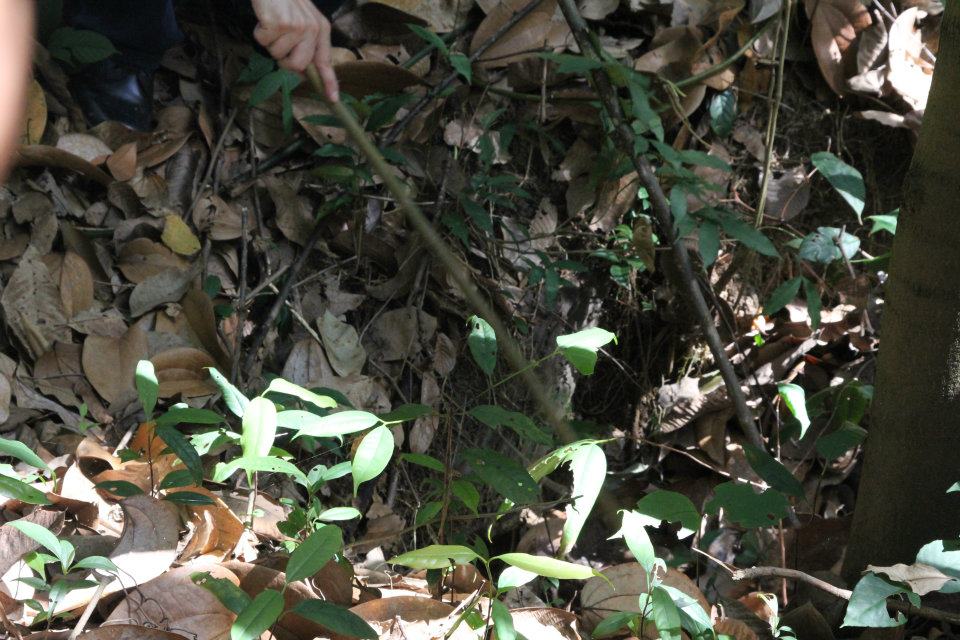
And you have to watch where you are going in case you fall into this hole which will fit a man “comfortably ” (photo Bianca Polak)
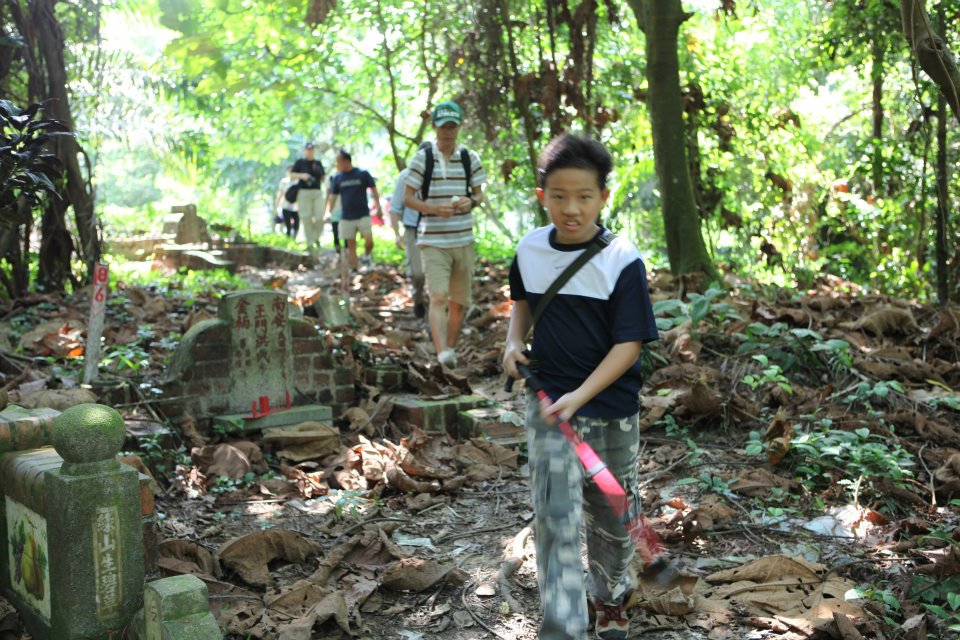
This young chap seems to be charging ahead with gusto for the next leg of the tour (photo Claire Leow)
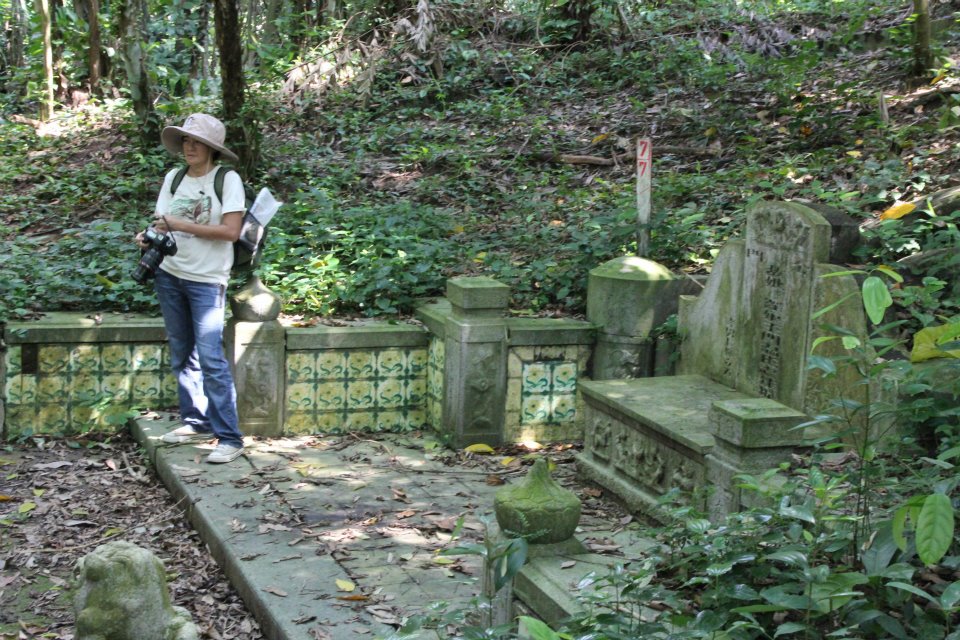
Here, Jon gets a break while BB volunteer guide Claire Leow explains some of the features of a Chinese tomb. This one is the largest single occupant tomb belonging to Onn Choon Neo. The soldiers would probably have found this useful (photo Bianca Polak)
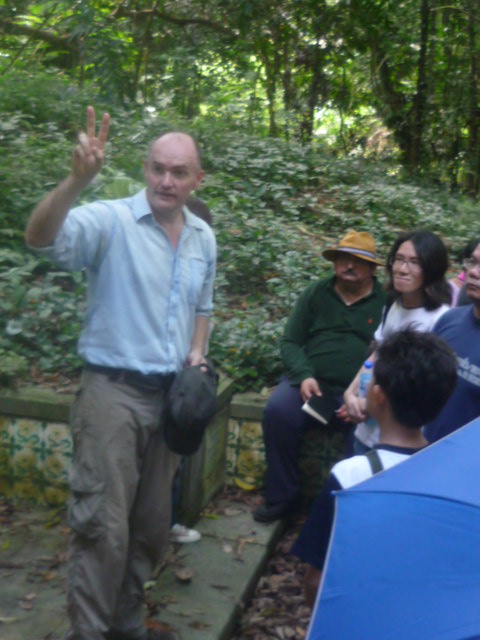
But Jon explains how scary this terrain must have been to the Suffolk boys. Yes they could hide, but bullets could ricochet of the stones and they were be hit, If they decided to make a run for it, they face the swords of the Japanese. It was a grim prospect (photo Catherine Lim)
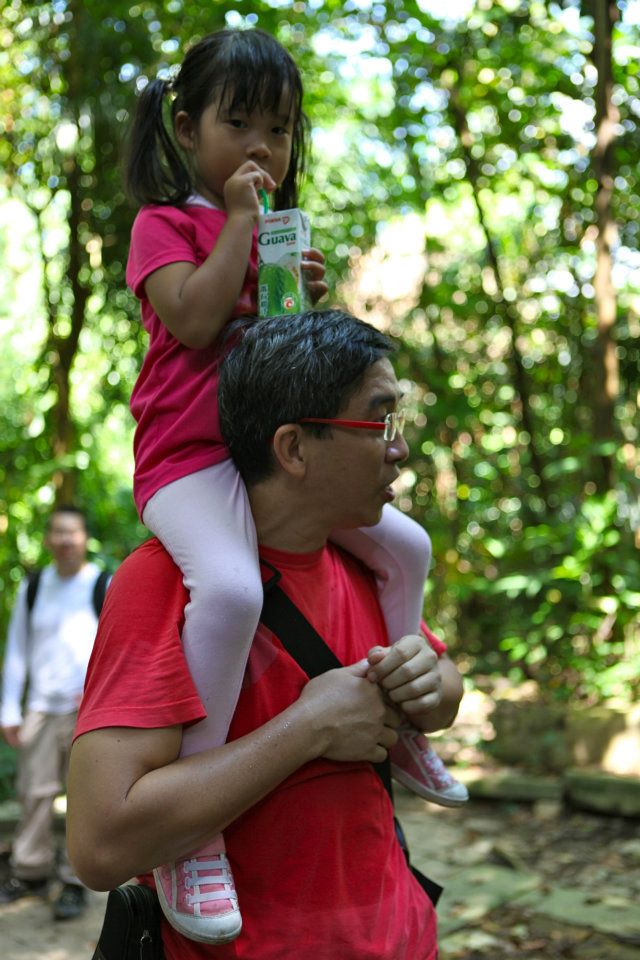
This was our own Ms G.I. Jane who lasted the whole tour but there was one last stop! (photo Claire Leow)
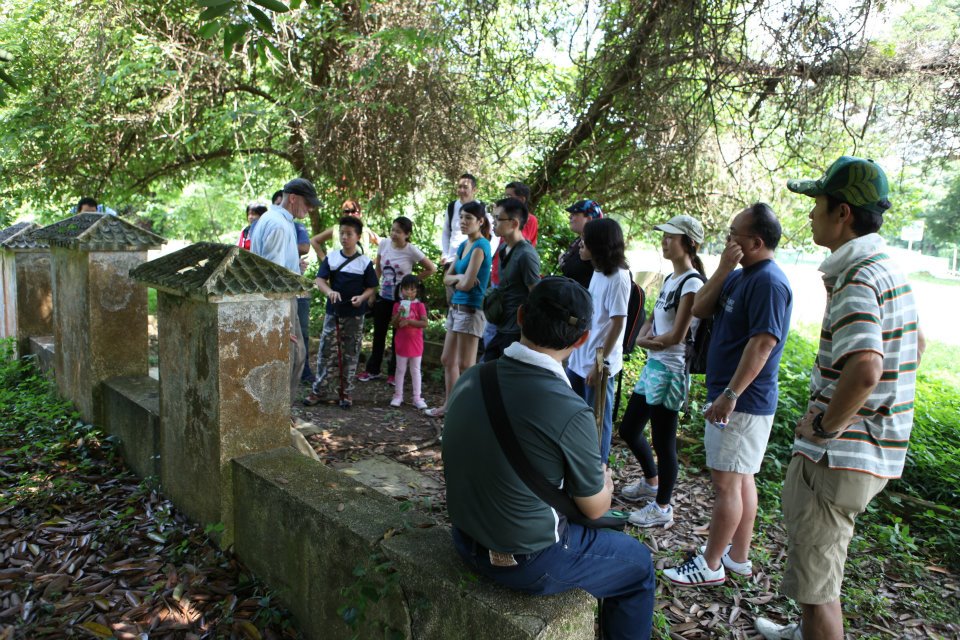
Our final “resting” place. There used to be a temple here which Colonel Ichikawa had spotted from way across the golf course which was the target of his capture. (photo Claire Leow)
If you want to know what Jon’s parting words to us was, look out for the next Battlefield at Cemetery Hill Tour , hopefully at the end of August. It’s not a difficult terrain to traverse and as I said the main route is pass the golf course but it is hot and humid. Jon is a passionate war archaeologist who with his team has uncovered intimate details about the men who fought in this battle on both sides of the divide . He draws you into the theatre of war with much verve, is great with kids and I was captivated (no pun intended!)
About Jon Cooper : He is an expat, a graduate from the Centre for Battlefield Archaeology at Glasgow University. He has spent the last three years working as the project manager alongside his partners in the Singapore Heritage Society and the National University of Singapore, for The Adam Park Project; a study into the archaeological record of the battle for the estate and the subsequent POW camp that was established there in 1942. The project’s findings r went on show at the National Library in an exhibition entitled ‘Four Days in February earlier this year. The exhibition is now over. and Jon reports, some of the exhibits has had to be stored in his home, where his sons have tremendous fun with their own battle ground”
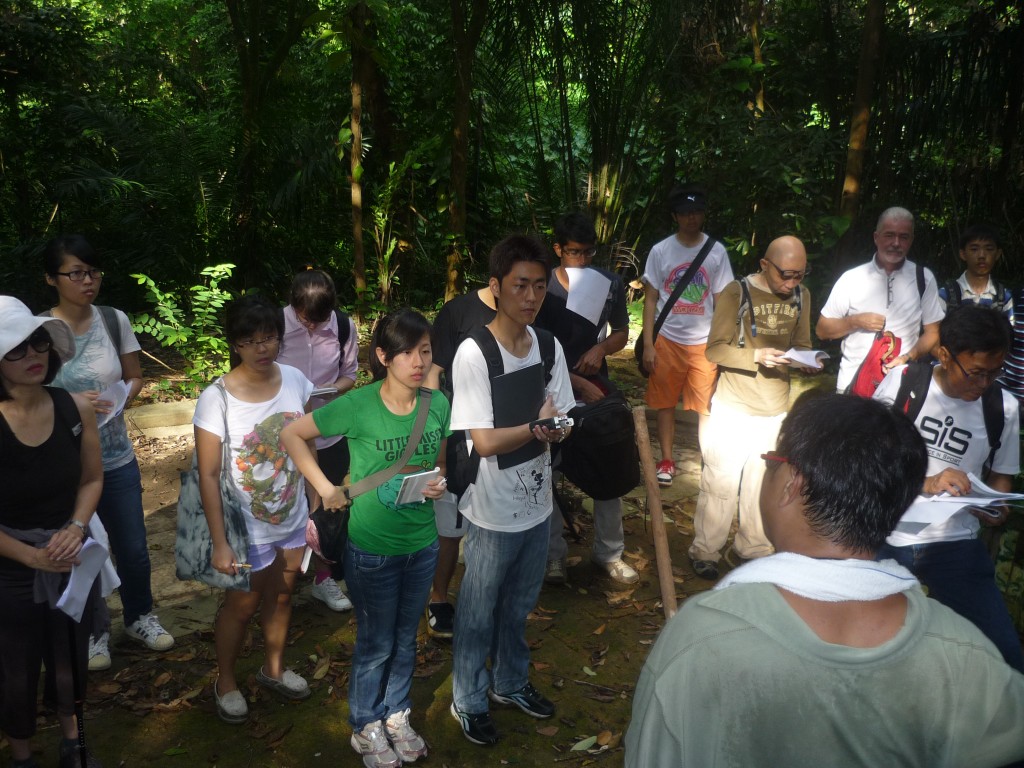
Back in May, when the course was conducted Zaiton in green top beside her in white T is Francis (photo Catherine Lim)
A training course for tertiary student guides conducted by Raymond Goh, with one module by Lai Chee Kien, NUS Architecture Faculty who is also on the documentation team, took place over 2 half days In May . This is a report from the first tour conducted by 2″graduates” Francis Zhang and Zaiton Seah – our new and probably youngest brownies
1st July
The day of our inaugural tour!
Zaiton and I made it a point to get down to BBC early and we reached before 8.30am. The weather looked pretty good and the cloudy sky promised a cooling morning. We took the seats below the huge rain tree at the roundabout and put on our battle amour against the mosquitoes, while waiting for the tour participants to arrive.
By 9am, the majority of the participants had arrived so we made our way to the meeting place – the gates of BBC. We started the tour off by declaring that we were first-timers and that any lack of experience should be forgiven! Of course, this was unnecessary because the group turned out to be nice, attentive and patient people.
After the safety briefing, we set off toward the Group 1 (part of Hill 5) graves.
The three Group 1 graves we covered are:
Tay Koh Yat – owner of the largest bus operator in early 1940s (120 buses); leader of a 20,000-strong defence force during the war.
I took the opportunity to explain to the group regarding tomb design, including the different materials used to build a tomb and some of the fengshui involved.
Fang Shan – famous for being the oldest tomb in BBC (died in 1833).
Tan Cheng Siong – paternal grandmother of President Tony Tan was the third stop. We then continued to the Group 2 graves, which are coincidentally located at Hill 2. During the walk, Peter Pak, with his extensive knowledge in botanology (at least relative to us!), pointed out various beautiful flora to the tour participants.
We covered quite a few graves at Group 2:
Cheong Koon Seng – a famous Anglo-Chinese School alumnus who had a road named after him before a short trek uphill for one of the highlights in tomb design
Lee Kim Soo – the owner of Elkayes matchbox company and husband to five wives; his tomb, with art deco designs, is a mystery and wonder to behold.
Wee Chim Yean – Kapitan Cina of Bengkalis; even the plants and tree that partially cover his tomb cannot hide the beauty of the intricate carvings on this old tomb.
See Tiong Wah – one of the most important people buried at BBC. Without him and Tan Kheam Hock, who were both Municipal Commissioners, BBC would not have been opened to the wider Chinese community for burial.
Khoo Kay Hian – most famous as the founder of Kay Hian & Co, which merged with UOB Securities to form UOB Kay Hian.
Tan Yong Thian – the first producer of essential oil in South-east Asia, this individual is a fine example of entrepreneurship.
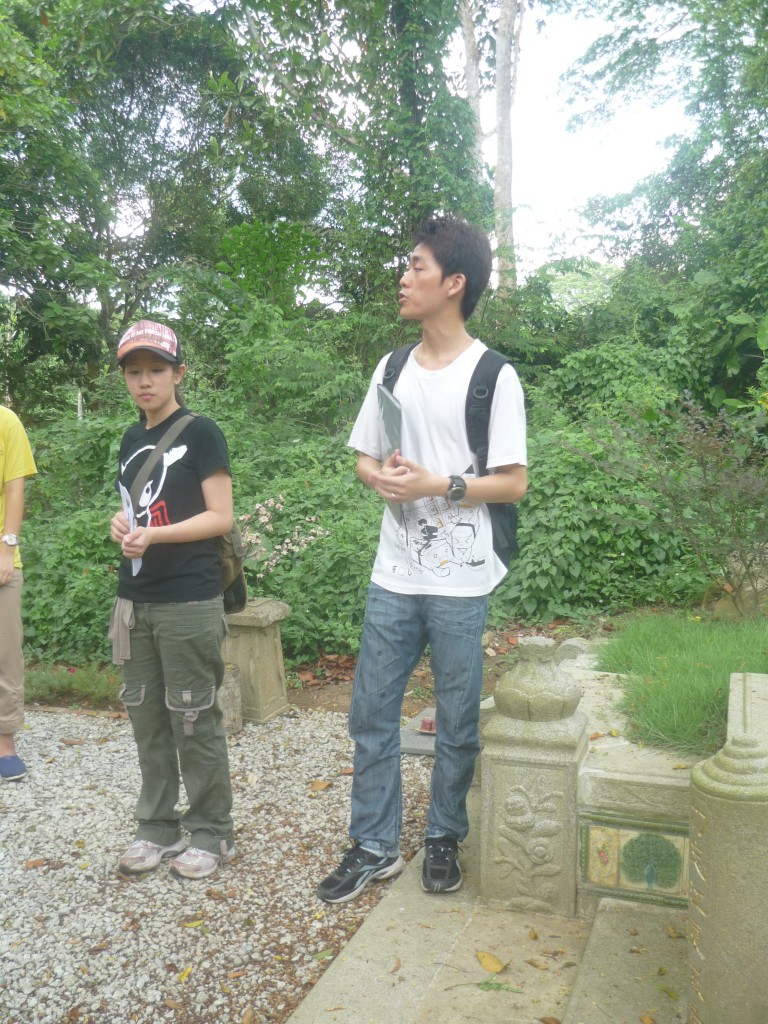
Zaiton and Francis recounting the life of an early entrepreneur who was an exception in private life with one wife (photo Catherine Lim)
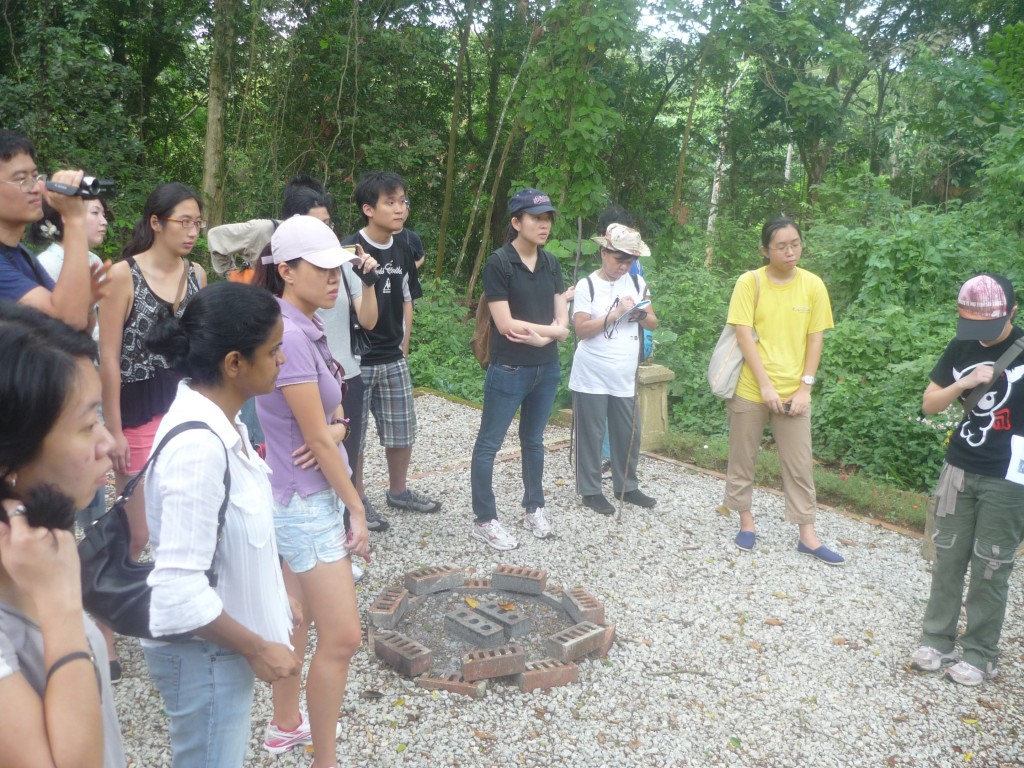
Tan Yong Tians buried with his wife who died. He died within one month of his wife died. Their graves were restored last year by their granddaughter (photo Catherine Lim)
While heading back to the main road from Tan’s grave, it started to rain! Many of us got wet before we could pull out our umbrellas and one of the participants even slipped on some bricks and fell (fortunately she was not injured). After taking shelter under a big tree for five minutes, the rain, having exacted enough misfortune for the day, thinned and eventually stopped. We took the opportunity and marched on to the last stops of the day:
1830s cluster – a cluster of headstones depicting different reign years from Chinese emperors.
Teo Chin Chay – most famous for the two topless angels by his tomb!
With that, we finished the Group 2 graves. On the way back, Peter Pak took us on a detour and managed to cover some graves at the other side of Hill 5 (Groups 3 and 4). Zaiton and I concluded the tour with heartfelt appreciation flowing from both the participants and us. We then headed off to a much needed lunch!
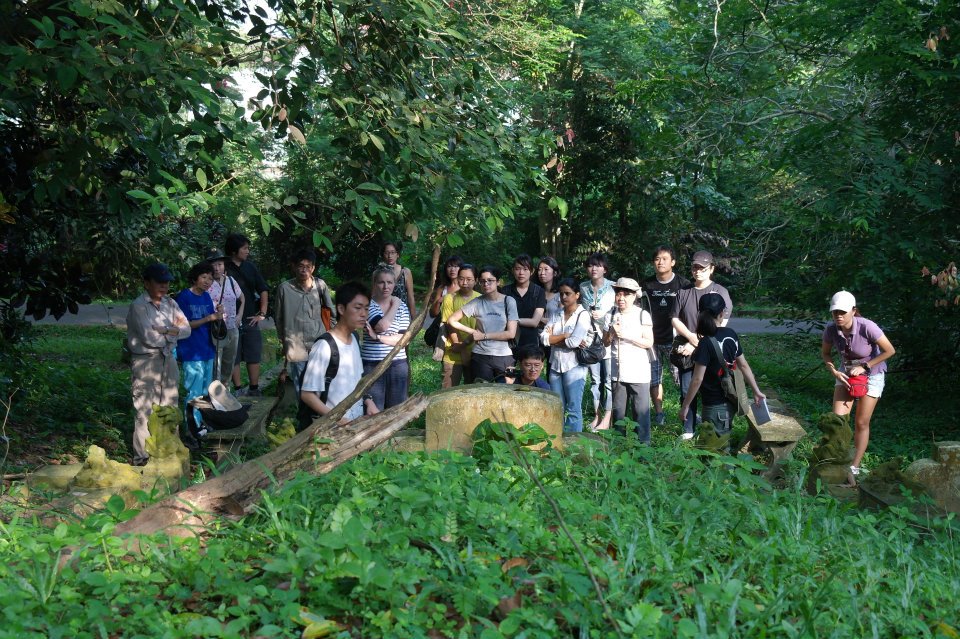
In lieu of a group photo as “veterans” forgot to take one for the students at Tay Koh Tomb where the tour had started (photo Peter Pak)
Overall, we think that it has been a smooth and memorable tour. We are really grateful towards Peter and Catherine (proud veterans of the BBC community!), who helped us a lot and filled up the gaps whenever we left out something in our explanation. Most important of all, we really appreciate the participants taking time to come down on a Sunday morning (which is frequently best spent sleeping in) and giving us their utmost attention. Just as it takes two hands to clap, it takes both volunteering tour guides as well as tour participants to keep the spirit of the BBC community going. We look forward to our next tour!
Editors note: We understand Francis and Zaiton are planning their next tour weekend of 14th July. Do look out for it. And of course they passed with flying colours.
The Peranakan Trail was customised for the Peranakan Association and guided by Chew Keng Kiat, Peter Pak and Gan Su-lin. This report was documented and contributed by Gan Su-lin.
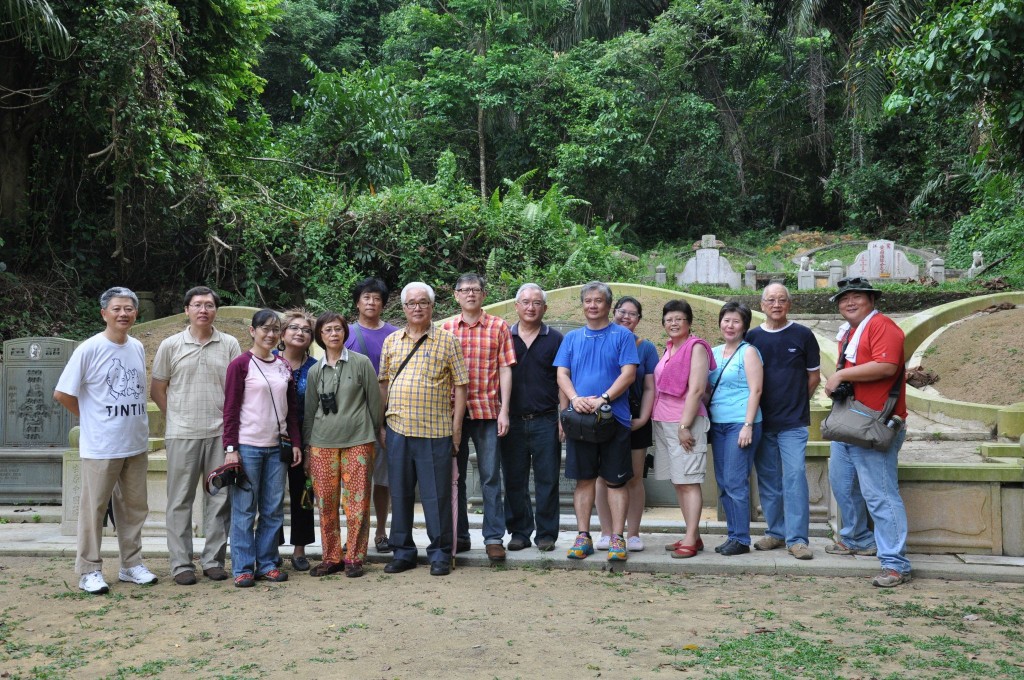
A group photo by which to remember the Peranakan Association of Singapore’s visit to Bukit Brown. They reported enjoying the learning journey and the Brownies had lots of fun too (photo Gan Su-lin)
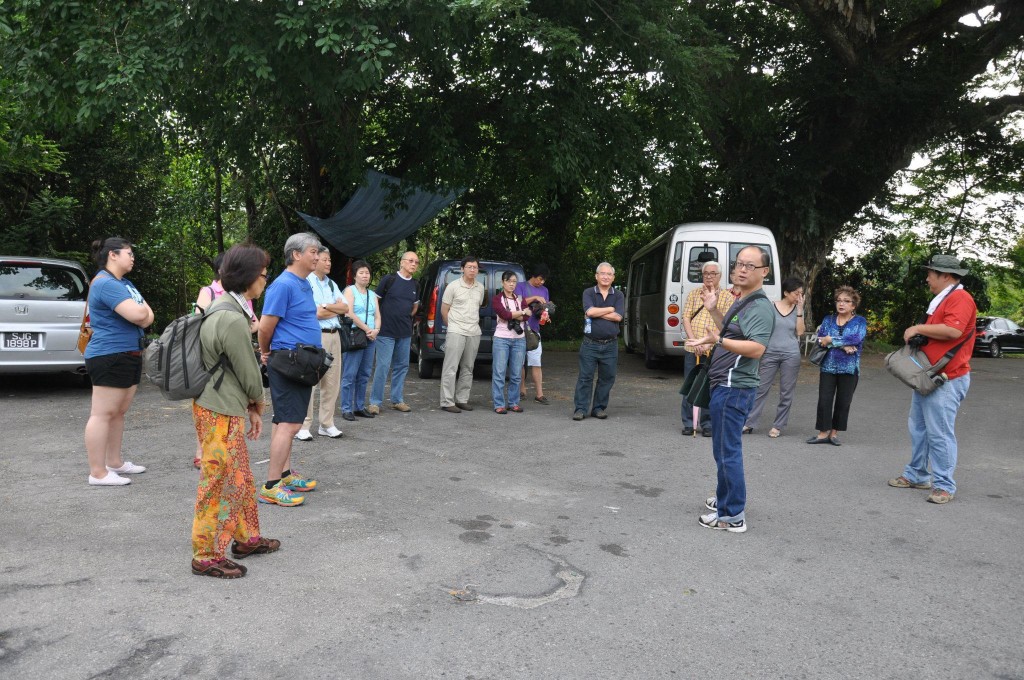
Lovely overcast and breezy day for a guided visit. Today’s tour for the Peranakan Association of Singapore took in the graves of Peranakan pioneers who have left legacies through their own commercial, political, or social endeavours, or the efforts of the illustrious descendants they produced (photo Gan Su-lin)
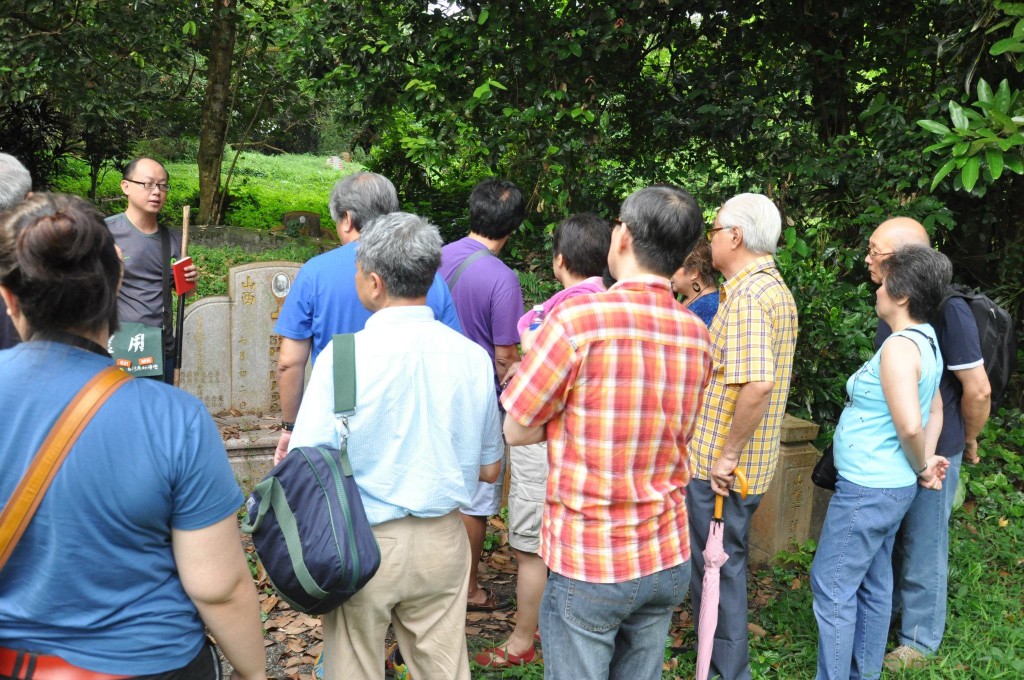
First stop, Mrs Tan Cheng Siong, the grandmother of current President of Singapore, Tony Tan Keng Yam. (photo Gan Su-lin)
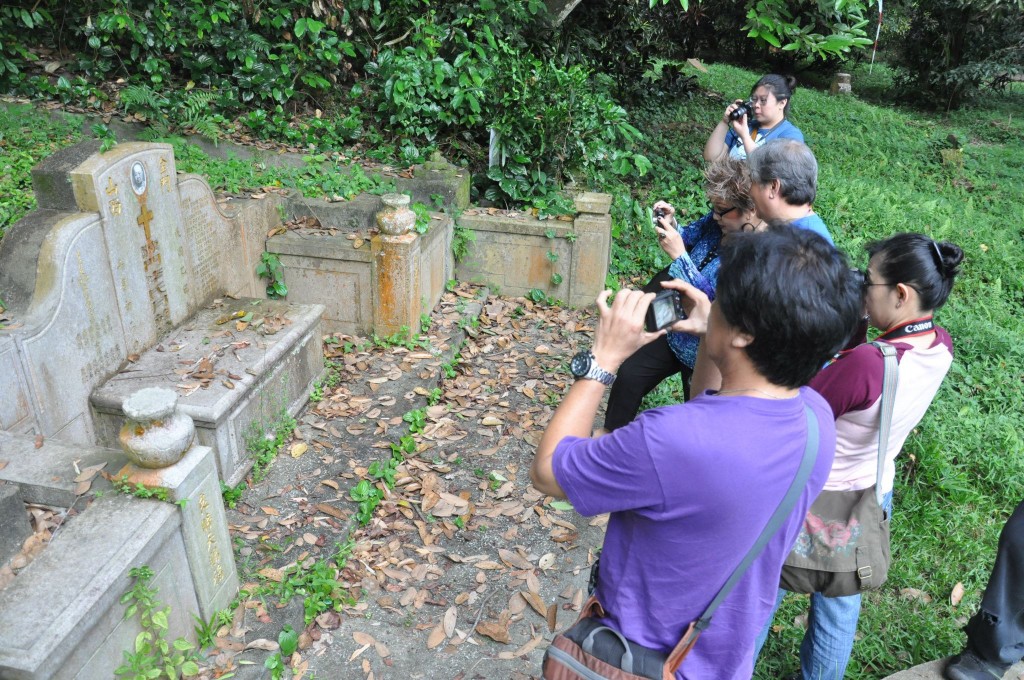
Visitors were particularly impressed by the tomb photo of Mrs Tan Cheng Siong; minimally degraded after many decades of weather exposure. (photo Gan Su-lin)
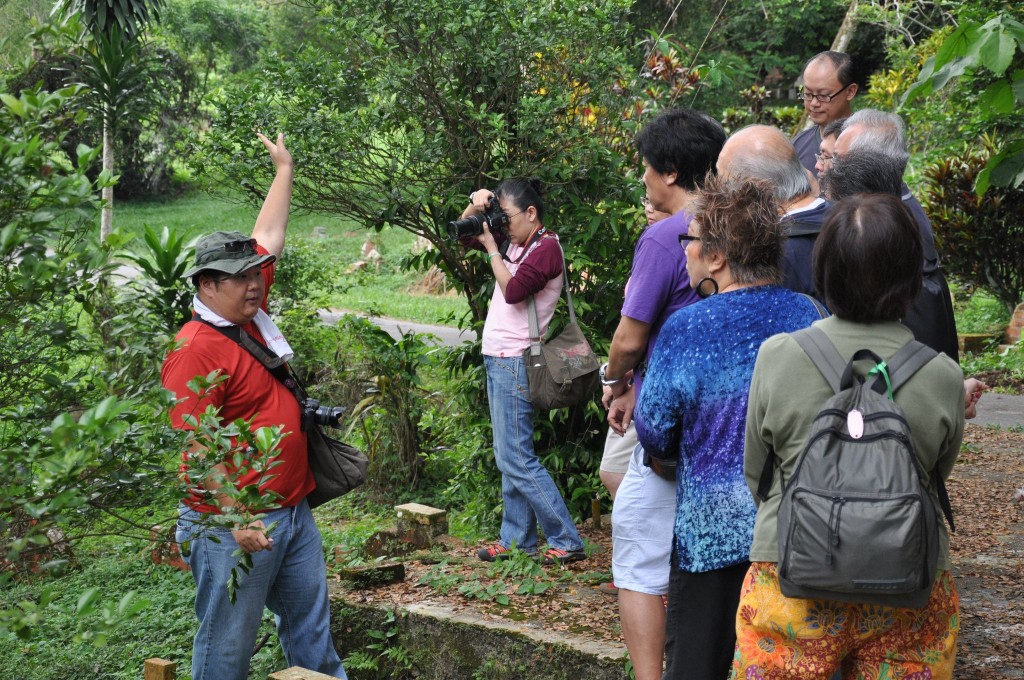
Brownie Peter Pak regaling the visitors with an explanation of tomb brickwork while waving sprigs of Piper sarmentosum and Murraya koenigii leaves used in Peranankan cooking . (photo Gan Su-lin)
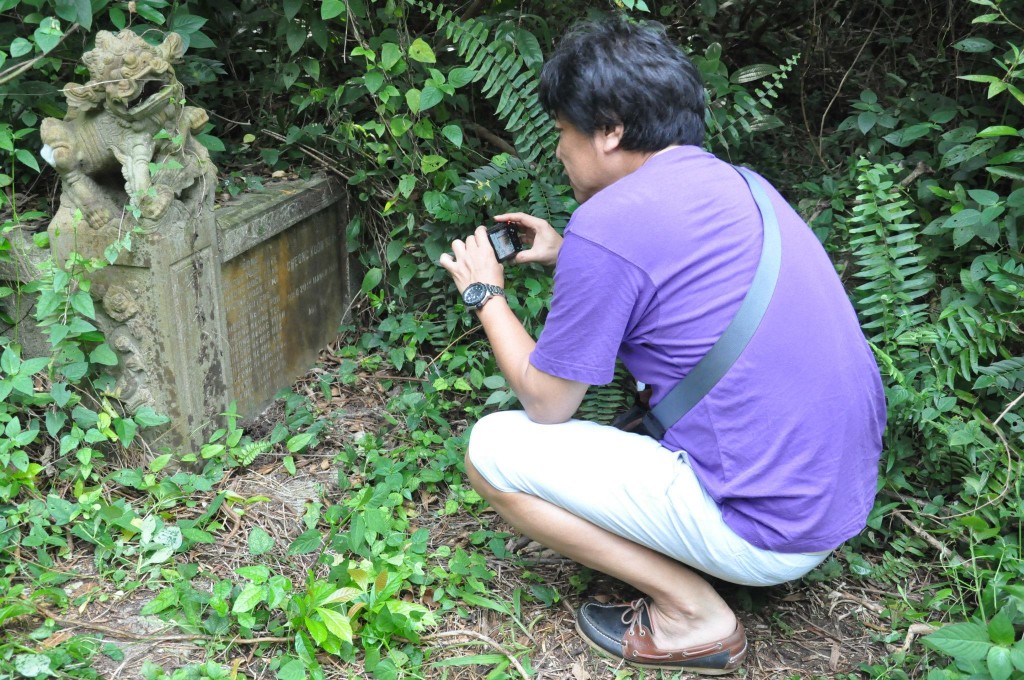
One of the rewards of Brownie work is reuniting descendants with their long-lost forefathers. Cheong Koon Seng’s descendant in a quiet moment at the Koon Seng cluster of grave (photo Gan Su-lin)
More on Cheong Choon Seng here
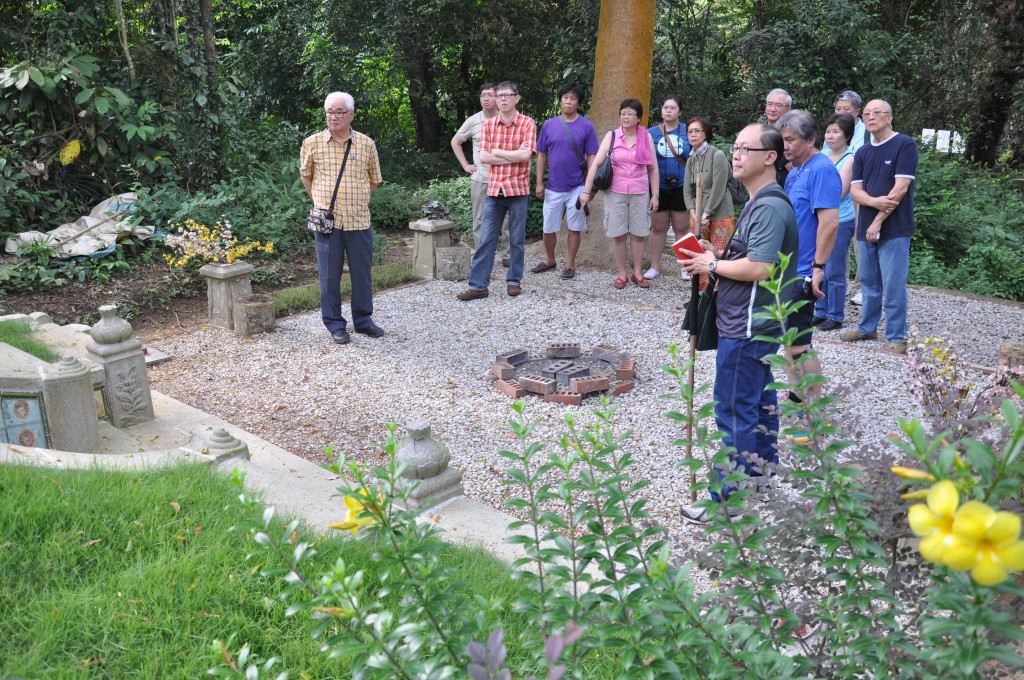
Keng Kiat introduces the visitors to Tan Yong Thian, pioneering distiller of the essential oil, patchouli. They marveled at the tomb restoration work undertaken by grand-daughter, Brownie Tachi (大姐)Rosalind Tan. (photo Gan Su-lin)
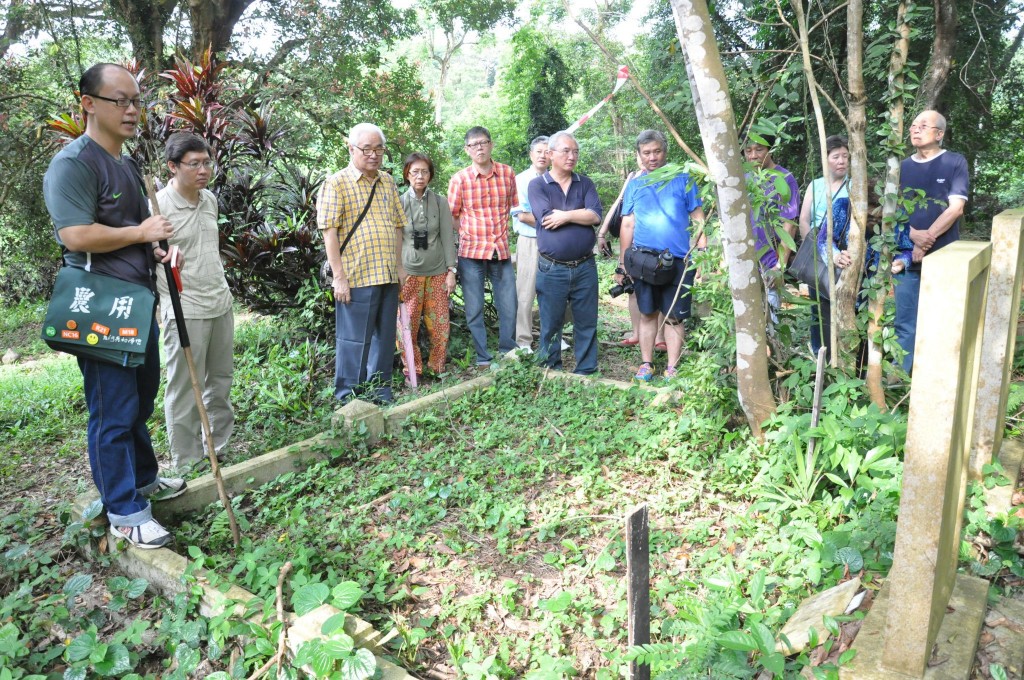
Visiting Khoo Kay Hian, pioneer stock broker was an opportunity to see first-hand a different grave design and style. (photo Gan Su-lin)
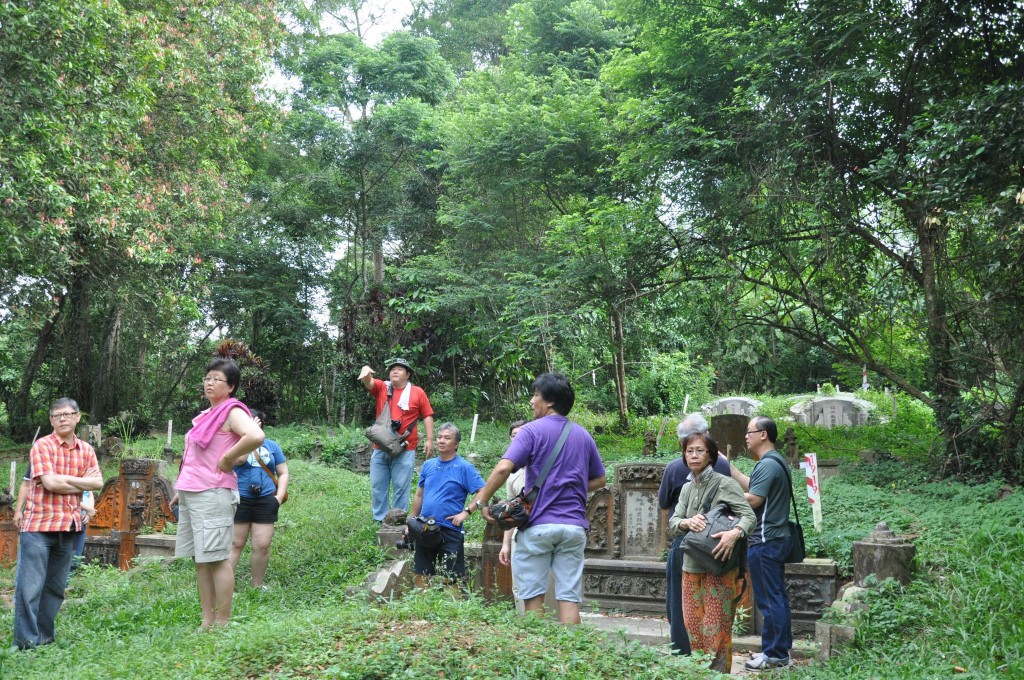
“If you look over there, you’ll see we’re now on a hill. You’re looking down the hill.” As it does with many visitors to BB, the intricate tomb carvings on the See Teong Wah cluster of tombs drew admiration and appreciation. (photo Gan Su-lin)
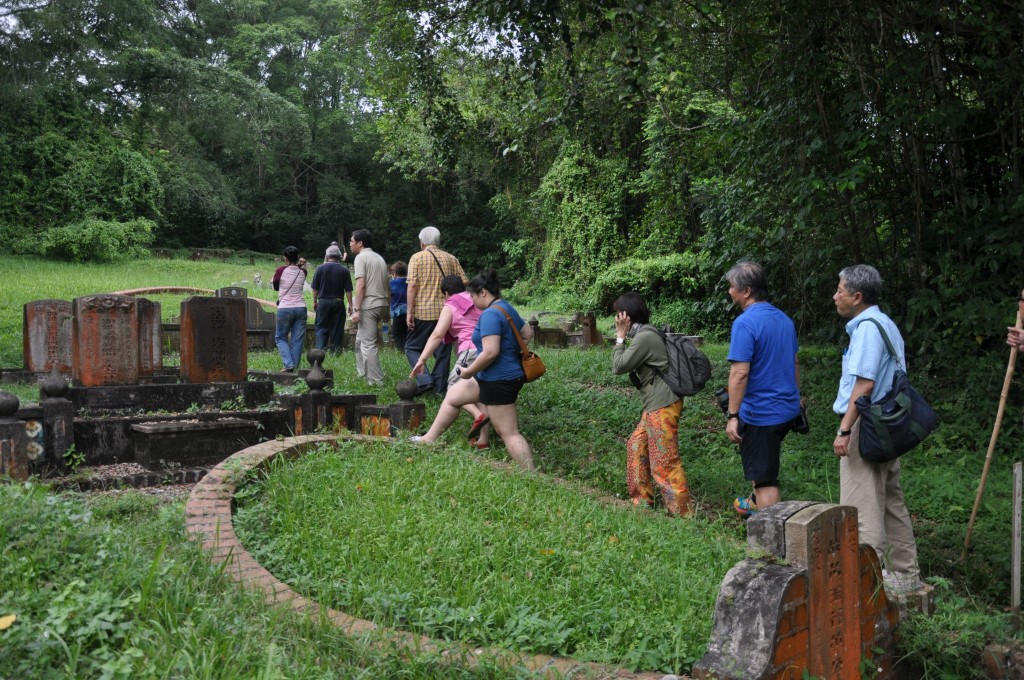
En route to visit Municipal Commissioner Tan Kheam Hock, after whom Kheam Hock Road is named. Another note was made of graves with re-buried (photo Gan Su-lin)
Find out more on Tan Kheam Hock here
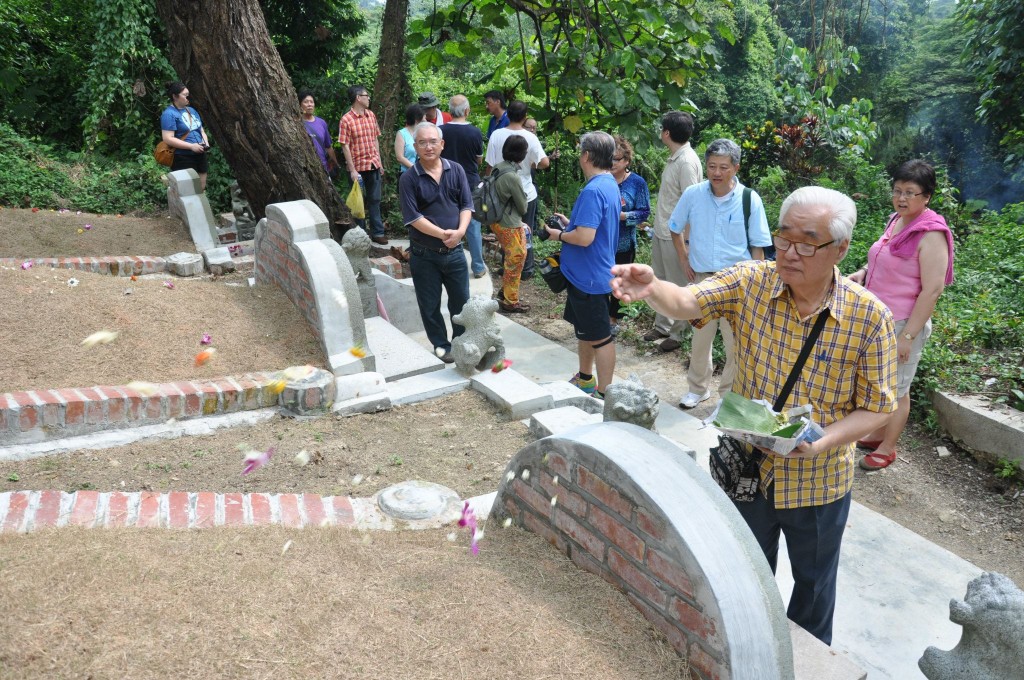
A visit was also made to the Tan Keong Saik quartet of tombs. In the foreground, Baba Peter Wee makes an offering of fragrant flowers onto the tomb mound of his grand-uncle, Tan Cheng Tit. (photo Gan Su-lin)
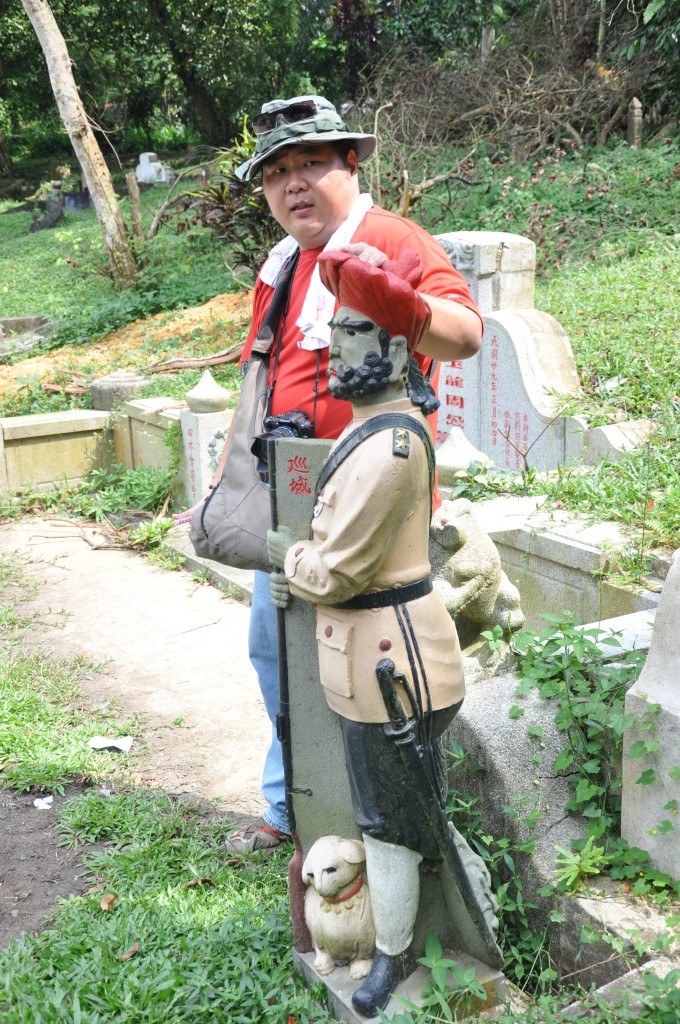
Peter gets cosy with the famous painted Sikh guard at Chew Geok Leong’s tomb. Lessons were learned about living tombs. (ohoto Gan Su-lin)
Find out more on what is a live tomb here
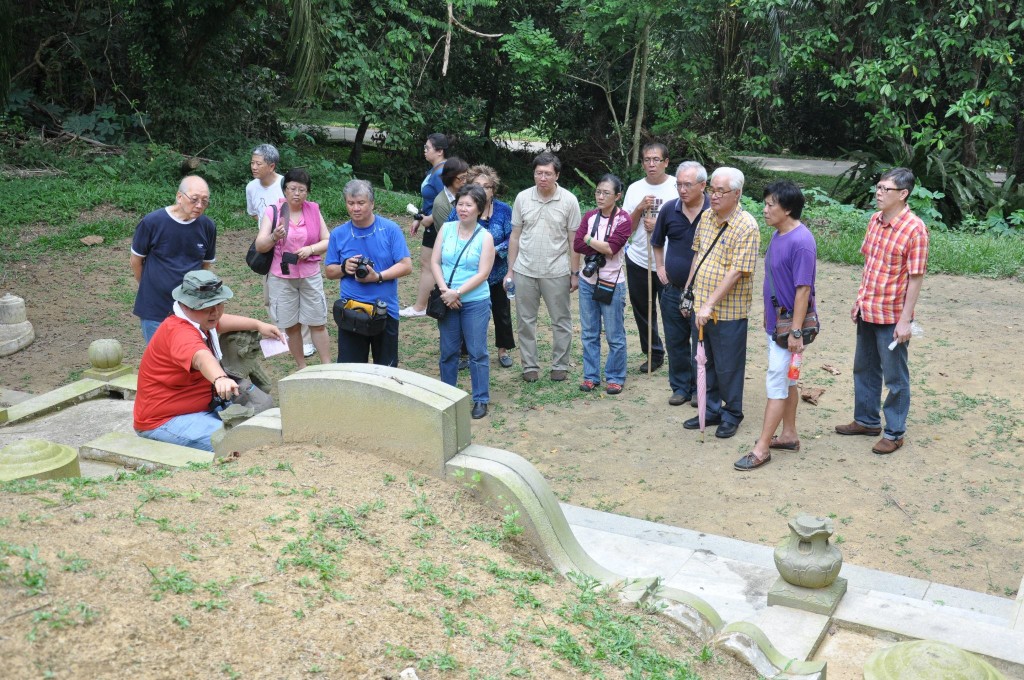
Brownies are always learning! Today, our Peranakan visitors helped us notice that Pang Cheng Yean’s double grave is flanked by that of his mother and of his wife’s mother. (photo Gan Su-lin)
Find out more on Pang Cheng Yean who was a pioneer banker here
Footnote: Customised tours on request can be considered for organisations at a suggested honorarium which goes to defraying expenses for outreach activities. Please email a.t.bukitbrown@gmail.com. All public tours are free of charge.
by Gan Su-lin and Catherine Lim
The tomb staked 1888 or rather its companion is used as an illustration in the LTA sign boards at Bukit Brown to explain to the public how to look out for and identify whether an ancestor could be affected by the 8 lane highway that is going to be built through Bukit Brown.
The resident of Tomb 1888 was exhumed on Thursday 21 June 2012 by his descendant, a great grandson who has requested privacy of identity but was kind enough to allow Su-lin and me a chance to document and observe the exhumation from start to end.
On that day, we were told there were 4 exhumations and the following day, 11 were slated. We know this because exhumations has officialdom behind it. They have to be registered with NEA (National Environment Agency) which sends inspectors to spot check that it is conducted properly. There are papers to be signed and processed, but the tomb keepers are familiar with the procedure and cut out as much of the paper work as possible for the descendent. A note here to say that the companion tomb next to 1888 is not occupied which is not uncommon in Bukit Brown. The one beside it was most probably prepared for a spouse but who was not buried there for a variety reasons which we will not speculate on. The descendant was alerted to the existence of his great grandfather’s tomb only last year by Raymond Goh and proceeded to “refurbish” the tomb before news was released that the grave was affected by highway.
The exhumation of staked tomb 1888 started at 8 am with prayers and the digging started about 20 minutes later together with the separation of the tombstone from the backing which is necessary to release the spirit, a way of notifying the “resident”, he is moving house. The latter required the wielding of the mallet against stone which was heart wrenching to observe even for an outsider. The exhumation proved longer than the anticipated one hour because the grave was so well encrypted with granite slabs and brickwork and the coffin so well kept that it required a chainsaw to cut the opening. It was a “clean” exhumation, with remains of bones and nothing else.
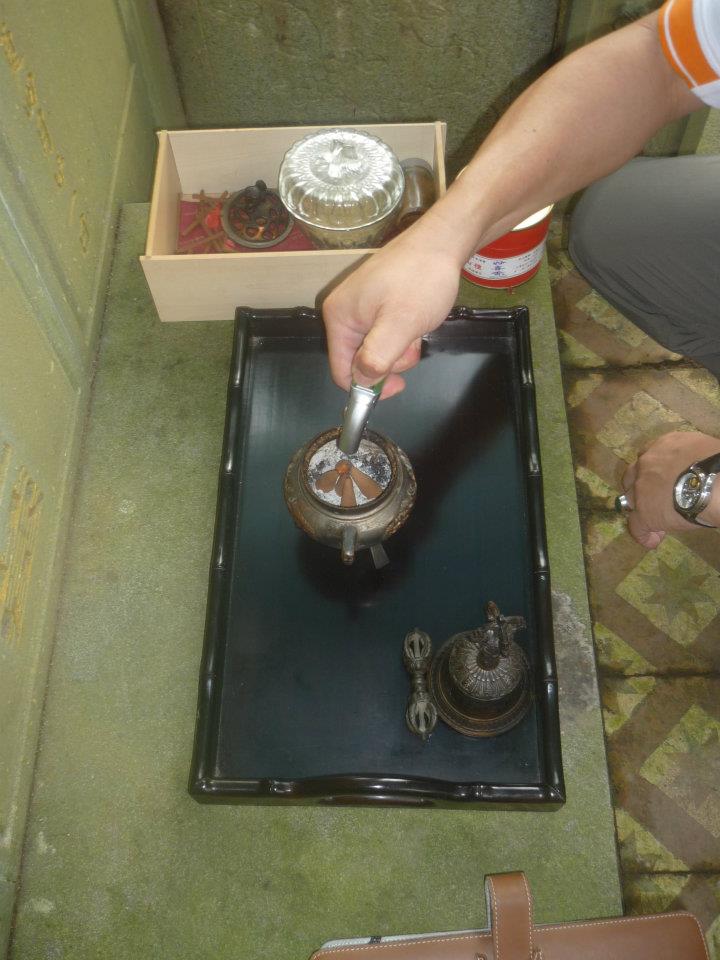
Preparing to chant prays with incense, a bell and a dorje or vajra– ” thunderbolt” which is used in Tibetan Buddhism. The brown portfolio is an ipad which had been loaded up with the chants (photo Catherine Lim)
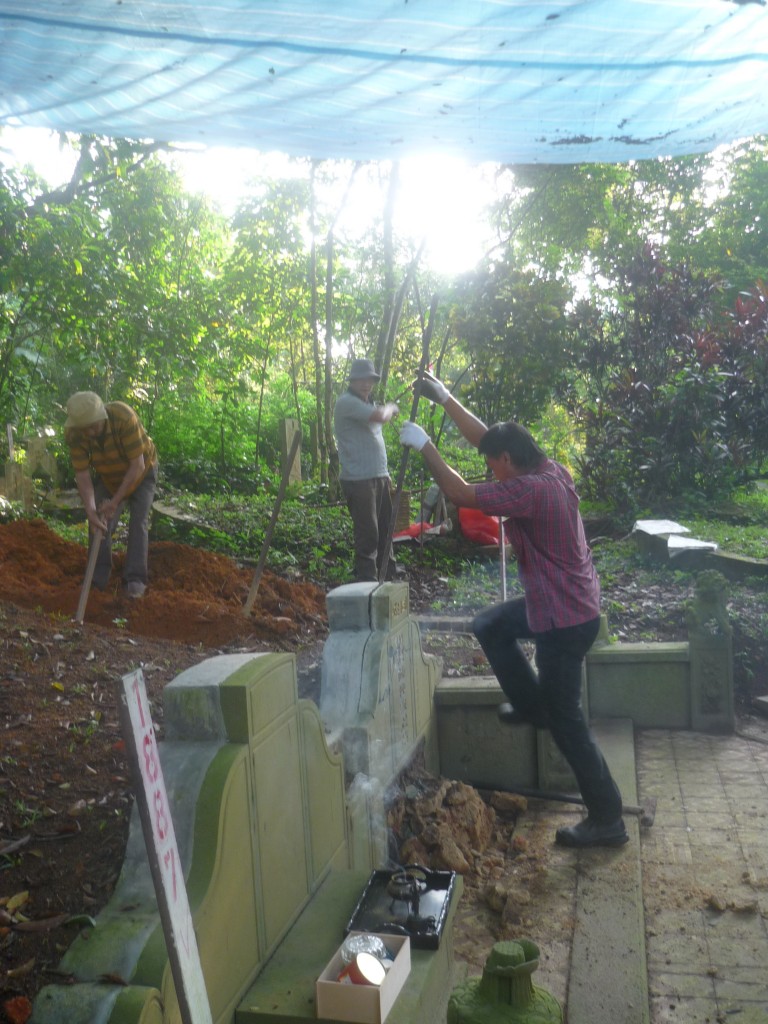
Separating the tombstone from the backing “releases the spirit” notifies the long time resident, he is moving home, the digging starts in tandem (photo Catherine Lim)
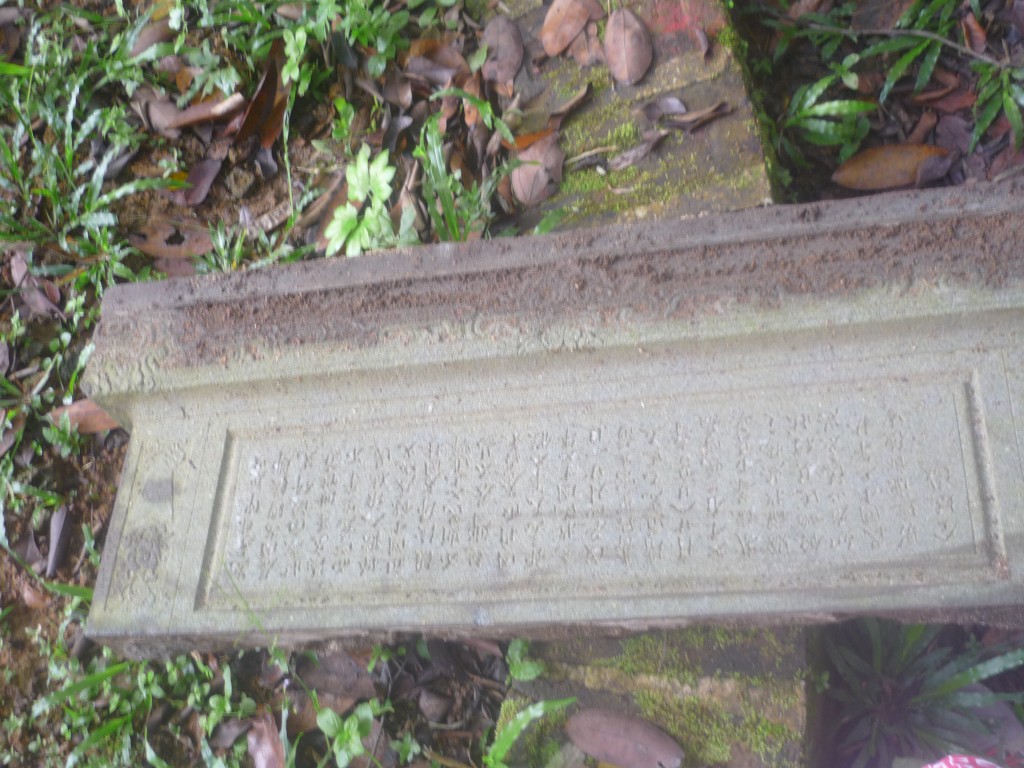
A valuable piece of inscription on the lives and times of the ancestor which is saved. (photo Catherine Lim)

Gan Su -lin (who documented) weighs in with Lim Ah Chye (tomb keeper) what to expect. (photo Catherine Lim)
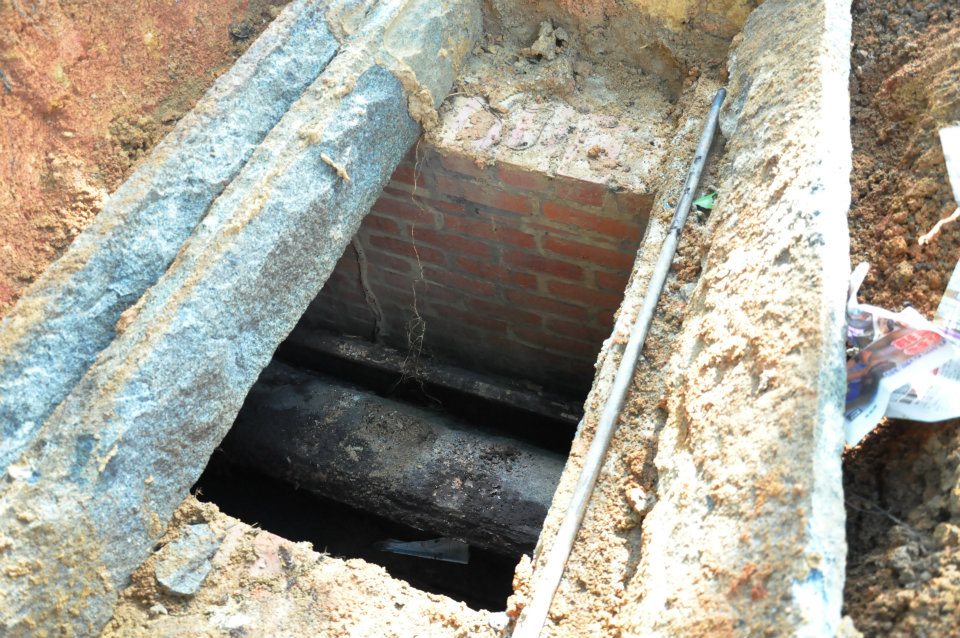
Revealing the coffin, intact and impenetrable after more than 70 years and some excellent brick work that drew the admiration of the grave diggers (photo Gan S-lin)
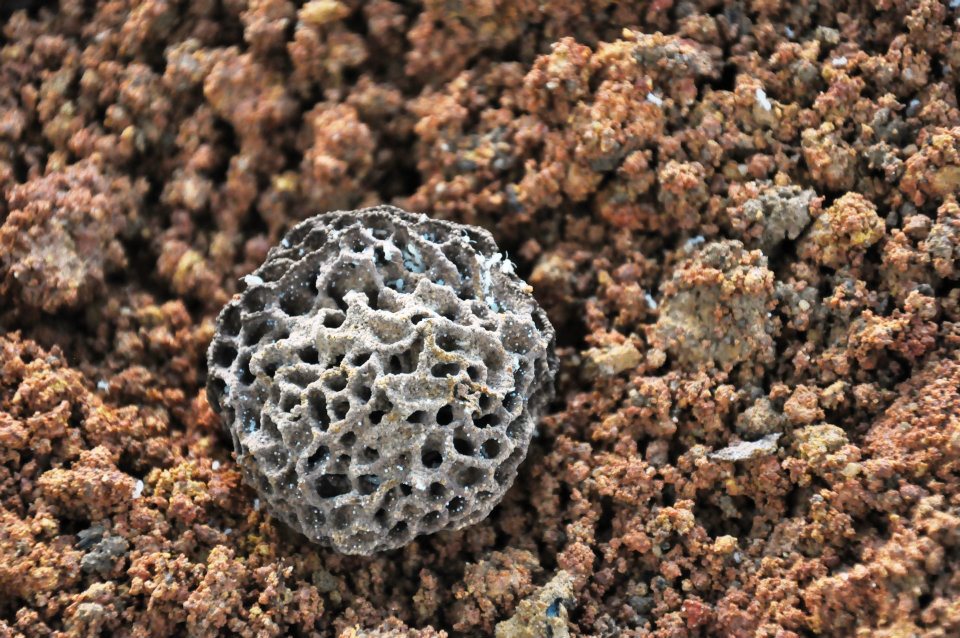
The first yield is a termites nest which Su Lin picked up thinking it might be the discovery of truffles in Singapore ( photo Gan Su-lin)
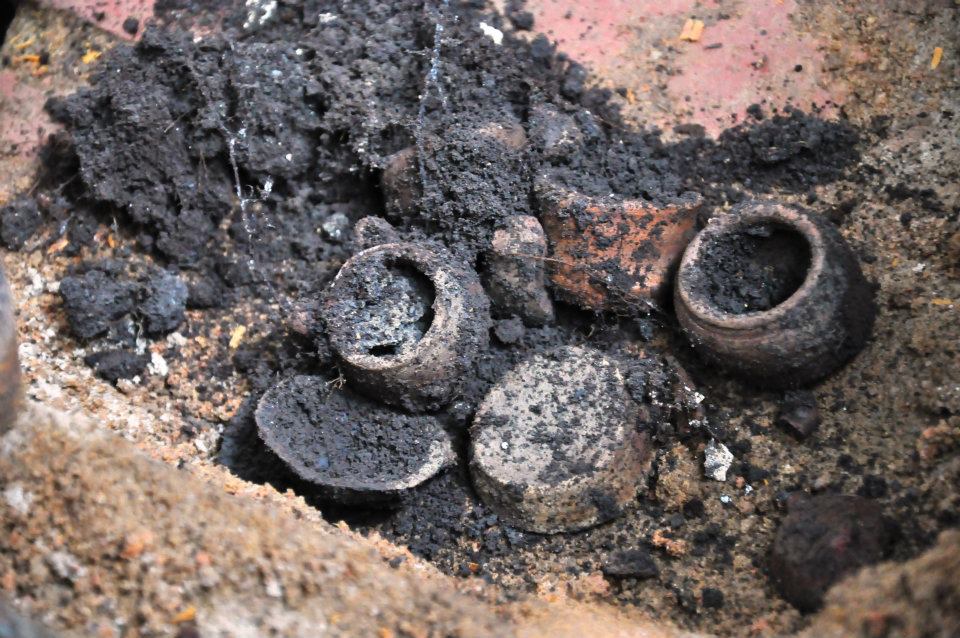
The second yield, teacups which survived the long internment, duly collected and delivered to documentation team office (photo Gan Su-lin)
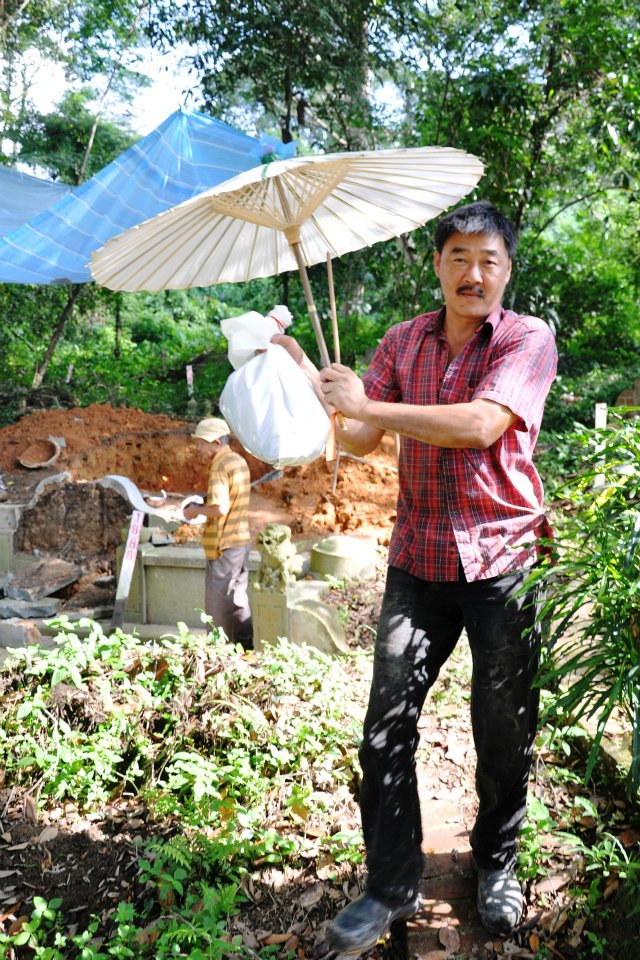
The exhumed ancestor must not be exposed to the sunlight.The use of the umbrella is symbolic and will shade the ancestor right up to the placement at the final resting place The remains were rinsed prior to transfer to crematorium with Chinese wine.(photo Gan Su-lin)
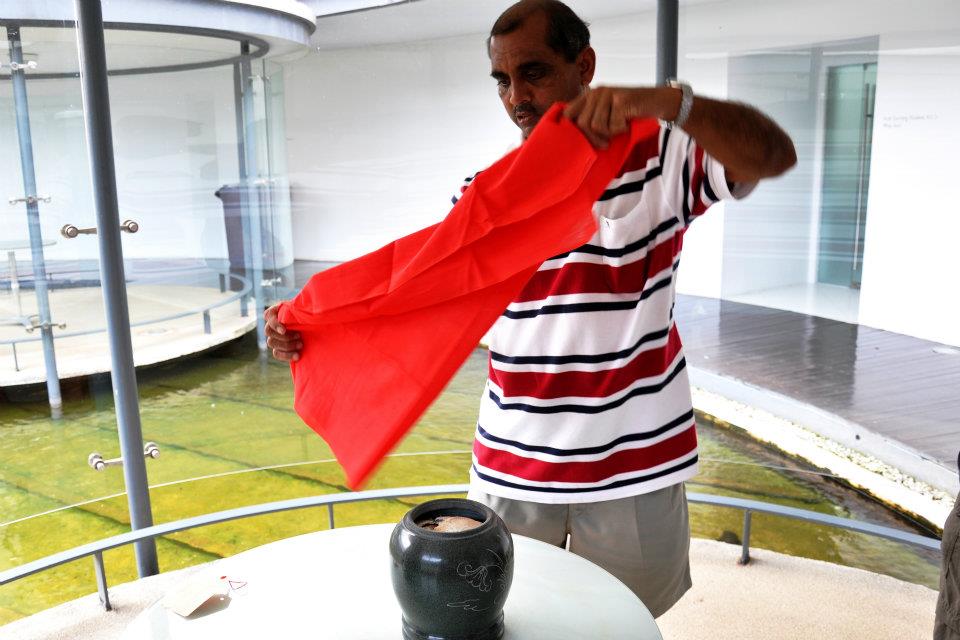
Ah Nan, who speaks fluent Hokkien presides over transfer of ashes to urn with the greatest of respect and meticulous attention ( photo Gan Su-lin)
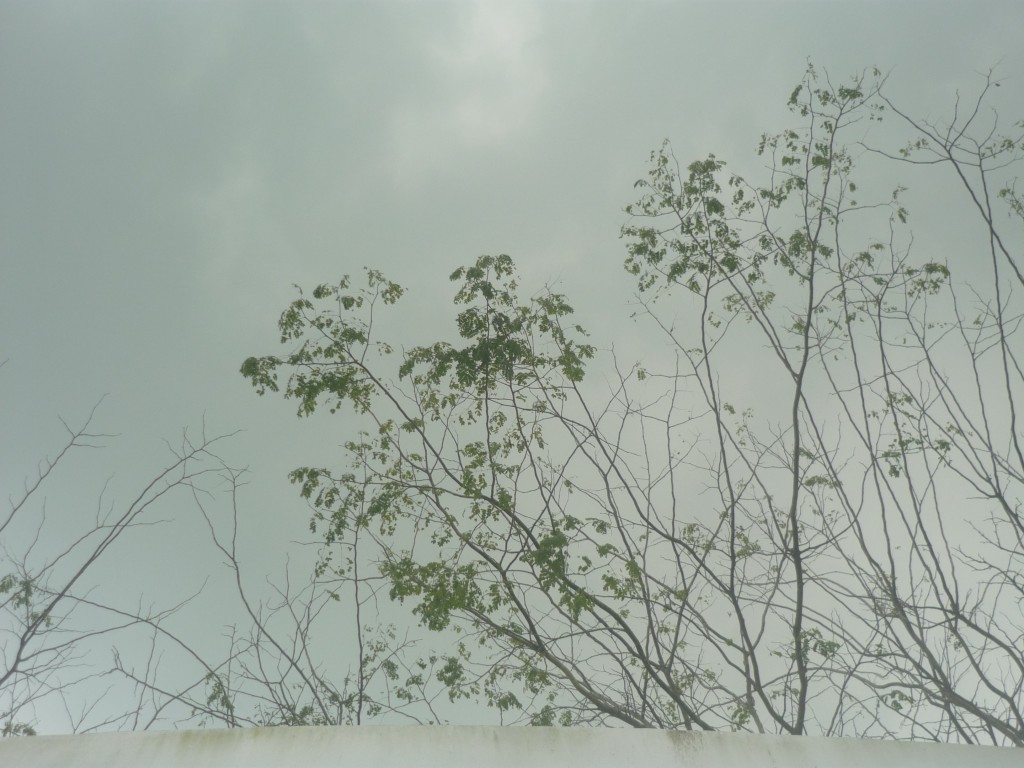
One last look at the Crematorium before the ancestor was brought to the family temple (photo Catherine Lim)
The exhumation began at 8 am. The gravediggers reached the granite slabs an hour later. The remains were exhumed just after 10am and transported to the crematorium about 10.30. The remains were ready for collection at 11.30am. By 1 pm, the ancestor was” laid to rest” in the family temple.
Alex Lim’s Story Part II
On the 2nd April 2012, Alex Lim and his family observed Qing Ming at Bukit Brown starting with his grandmother’s tomb, Tan Tee Teo which was accessed from Lornie Road. Part II continues as the family proceeded into Bukit Brown proper, to Hill 4 where they paid their respects to Lim Kee Tong and his wife, the paternal great great grandparents to Alex and his brothers.
Lim Kee Tong was a Singapore pioneer businessman and philanthropist who contributed to free education, to the Lam Ann clan and was a trustee of an award winning temple. As Alex goes through the rites of tomb sweeping, he recounts to the documentation team, led by Dr Hui Yew Foong and bukitbrown.com, what he has been told, heard and followed up on the life and times of his illustrious ancestor – a narrative that continues to unfold.
A closer look at the tomb of Lee Kee Tong and his wife and what it tells us
Couplets Translated by Ang Yik Han
The couplets, on the headstone, are based on his name 箕當:
箕裘克紹傳家有仁風
Following in his father’s footsteps, his benevolence passes down through the generations;
當義勇为遺德留千古
Always ready to answer the righteous call, his virtue remains for eternity
The couplets on the pillars are 溪東, 東昇 is my GGGF’s 號 -Pseudonyms or aliases (from Alex Lim)
南國山川秀
安宅大地靈
溪土為故里
東昇是別名
“The southern land has fine hills and rivers
With the earth’s auras it is a good place to build a tomb
Xi (Dong) is my hometown;
Dong Sheng is my other name”
About Lim Kee Tong :
Lim Kee Tong was on the Board of Directors which rebuilt the Hong San See at Mohamed Sultan Road in 1913 .His name is inscribed on the granite pillars at the temple’s front, a distinction given only to those who played a major role in its construction. In addition, he was one of the founders and chairman of a school based in the temple’s premises which provided basic education to poor children from the neighbourhood. Subsequently, he was also appointed as a trustee of the temple.
Apart from Singapore, Lim Kee Tong was also active in Klang and Kuala Lumpur where he was one of the co-founders of the Selangor Lim Clan Association as well as its first chairman. His name can also be found amongst the contributors to the Lim (Lam Ann) Clan Family Self-Management Association in Cantonment Road, the umbrella body for the Lim clan in Singapore. He was active in many other community groups and often gave generously to public and charitable causes such as famine and war relief funds.
Lim Kee Tong’s business interests:
“The trading company name was called Lim Huat Hin 林發興 and it was mainly active in Kuala Lumpur, Selangor & S’pore. Business routes included Indonesia, Philippines & China. My the second generation which ran the family business included my great grandfather and one or two my great granduncles who had their final resting places in Indonesia & Philippines. Exact locations unknown. My father said before that GGGfather, was also a landlord with 13 ~ 17 shop houses @ Hong Lim Pa Sat (Covent Garden).” Alex Lim
Closing shots of Qing Ming at Bukit Brown for the Lim’s on 2 April 2012
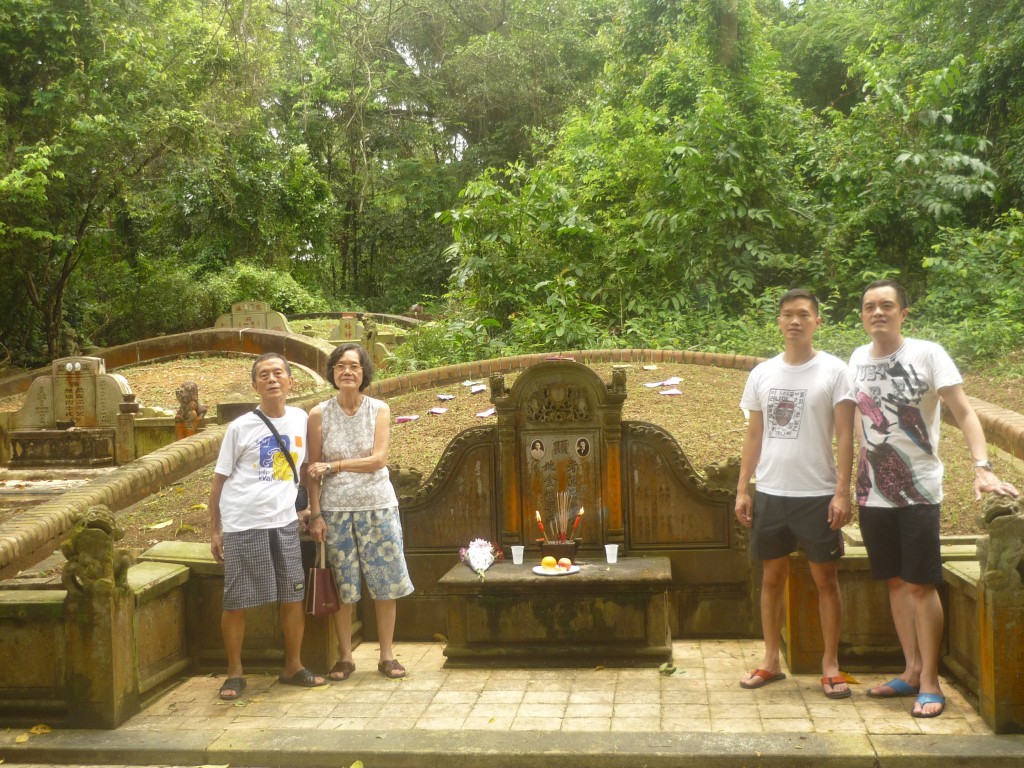
One for the family album for brother Roger, who could not be there for Qing Ming (photo Catherine Lim)
Ever since they were “discovered” in early 2012 – when volunteer guides started to trail Raymond Goh on his missions to help descendents find ancestors in Bukit Brown – they have been a talking point.
Dubbed “Naked Angels” by I believe one among the community, we speculated on their genesis and gender. And sometimes wondered about the ancestry behind the double tomb which is also guarded by a pair of sikh guards.
No one had visited in a very long time. To visit the tomb means being subject to being bitten not just by mozzies but also the most vengeful ants to be found thus far, for having their territory disturbed.
But just two weeks ago, a family contacted Raymond Goh whom he believed were the family who “owned” the angels. The community was excited. An appointment was made with Raymond for Saturday May 12 th. The pair of cousins who turned up after lunch time that day were perhaps a little taken back by Raymond’s entourage of five. If there were, they took it in their stride. At least two of the volunteers were familiar to them as they had attended a guided a tour just the previous week.
Armed with their family tree, Raymond helped “reconnect” them their great grandfather and his 3 wives, and their grandfather who died during the Japanese war. A grand total of 5 tombs!
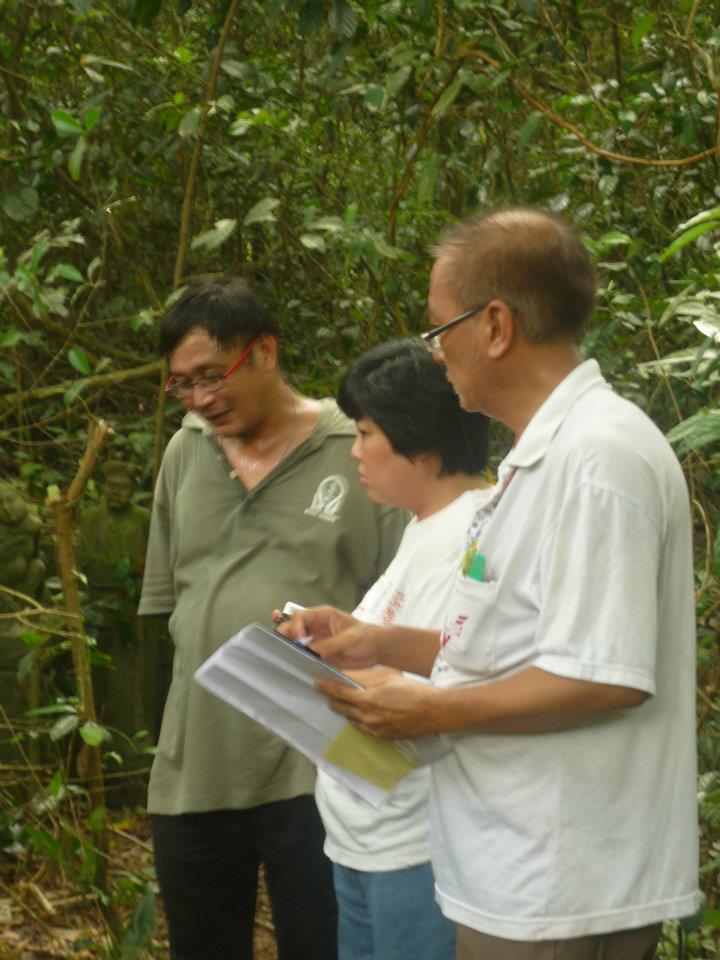
This is your great grandfather Teo Chin Chay buried together with his first wife Gan Chwee Sian who was China born and had bound feet (photo Catherine Lim)
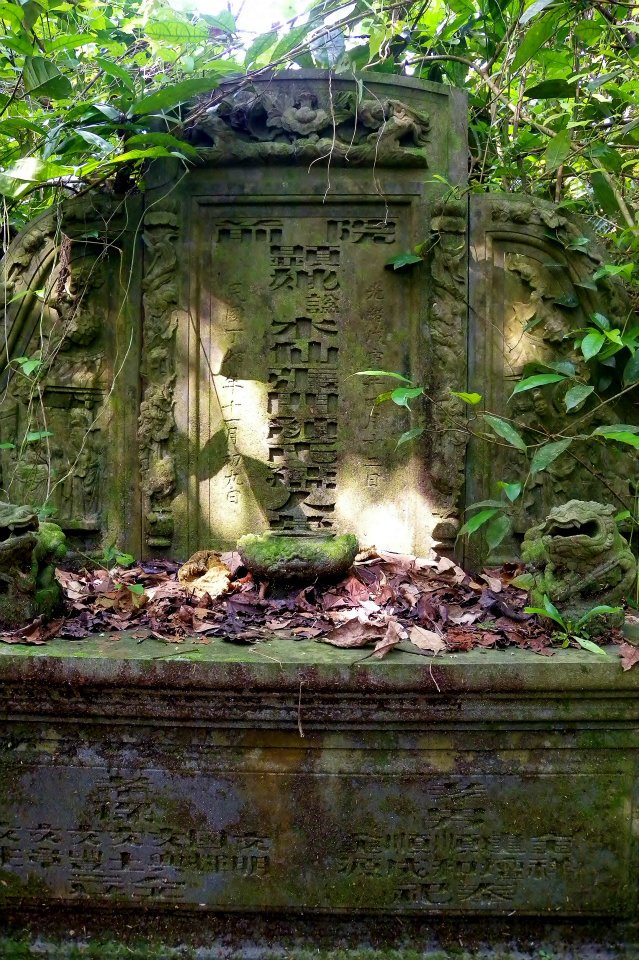
The inscriptions on the tomb stone are deeply carved and clear to read the names (photo Khoo Ee Hoon)
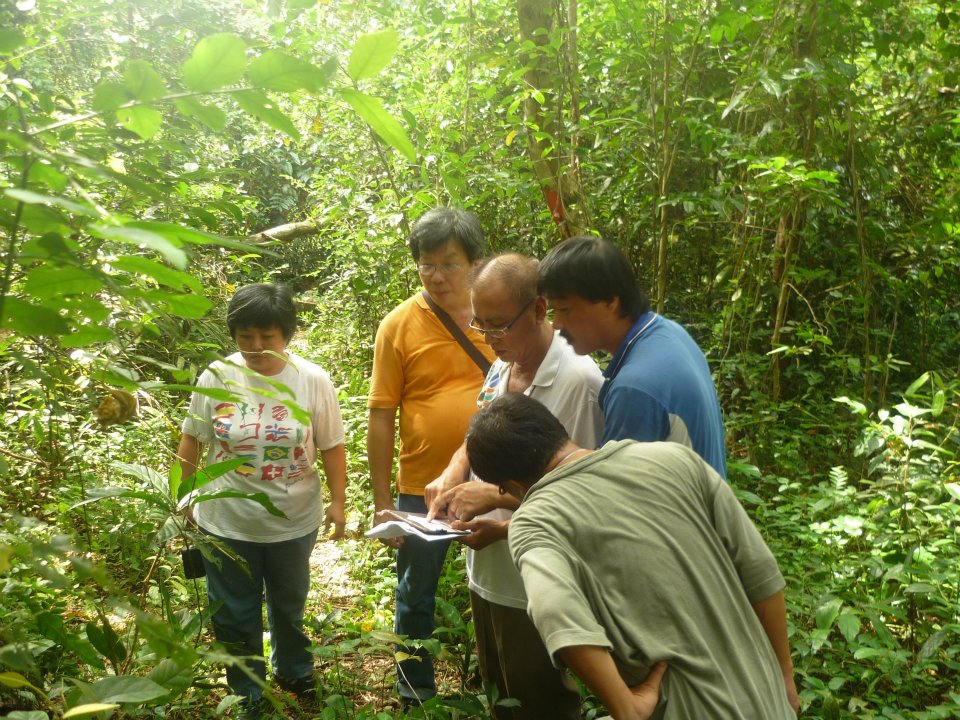
“Now let’s look for the other two wives. See the plot number again” with tomb keeper Lim in blue (photo Catherine Lim)
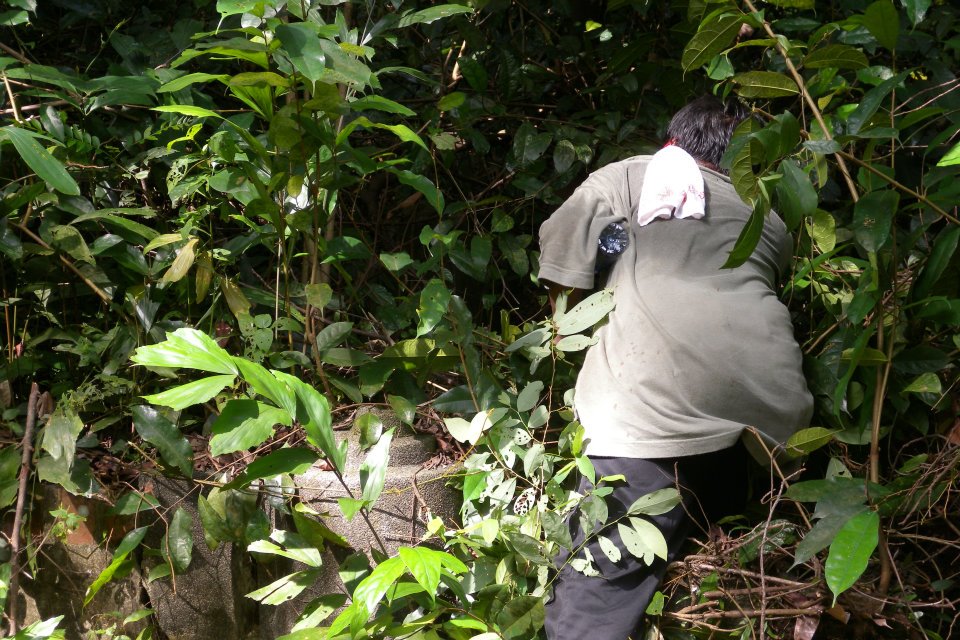
Raymond had already bounded up the other side of the hill and penetrated deep into the bush (photo Khoo Ee Hoon)
“It took me quite some time to find it, but I have now familiarized myself with the pauper divisions, so much so that the tombkeepers themselves ask my assistance if they encounter difficult to find tombs in pauper divisions. This one is in Blk 3 Div 11, in the depths of the forest.” Raymond Goh
So ends another fruitful afternoon for Khoo Ee Hoon, Peter Pak, Chew Keng Kiat with Raymond Goh. But we still don’t know much about how it came to be that a wealthy trader and businessman by the name of Teo Chin Chay came to have a pair of such unusual angels guarding his tomb. Could it be a Western take to Golden Boy and Jade Girl? The mystery continues.
Reported by Catherine Lim who was there but did not go bush bashing up the hill!
Alex’s Story Part 1
Compiled by Catherine Lim
In 1940, when Lim Sian Chin was only 6 months old, his mother passed away from a mysterious illness. Tan Tee Teo 陳甜桃; was only 23 years old.
On 2nd April, 2012, exactly 72 years to the date of Tan’s death (according to the lunar calendar) Lim Sian Chin, with his wife Hai Lian and 2 sons, Alex and Yong Beng paid what could be their last Qing Ming respects to her. (Roger, the middle son of Lim’s was in Dubai) Staked grave 3716 is one of nearly 4000 graves which lie in the way of an 8 lane highway that the government plans to build that will slice Bukit Brown Cemetery into half.
This is the photo essay of the Lims’ Qing Ming 2012 which was also covered by the documentation team led by Hui Yew Foong. It is composed from the view point of the eldest son, Alex.
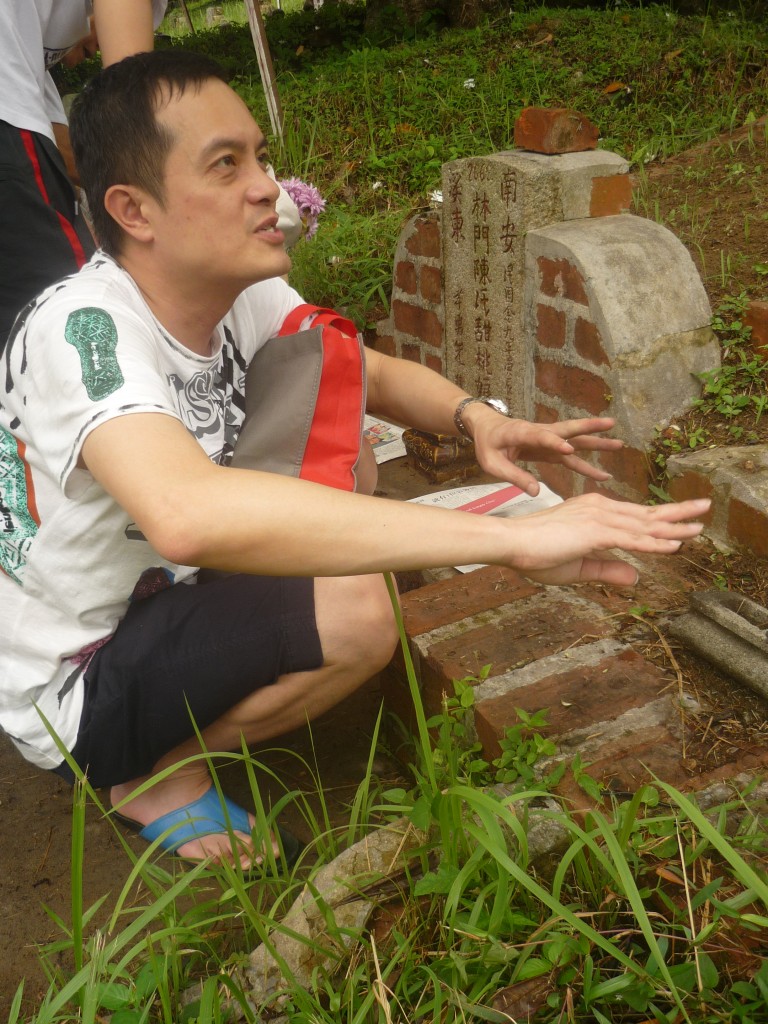
” I remember back then when I was this nigh high, playing here among the lallang and the mozzies are still here ….” (photo Catherine Lim)
The Lim family were Taoist practitioners. In recent years, they have become Buddhists, as father believes after a period of time, the departed are already well and truly reincarnated. So offerings are “symbolic”
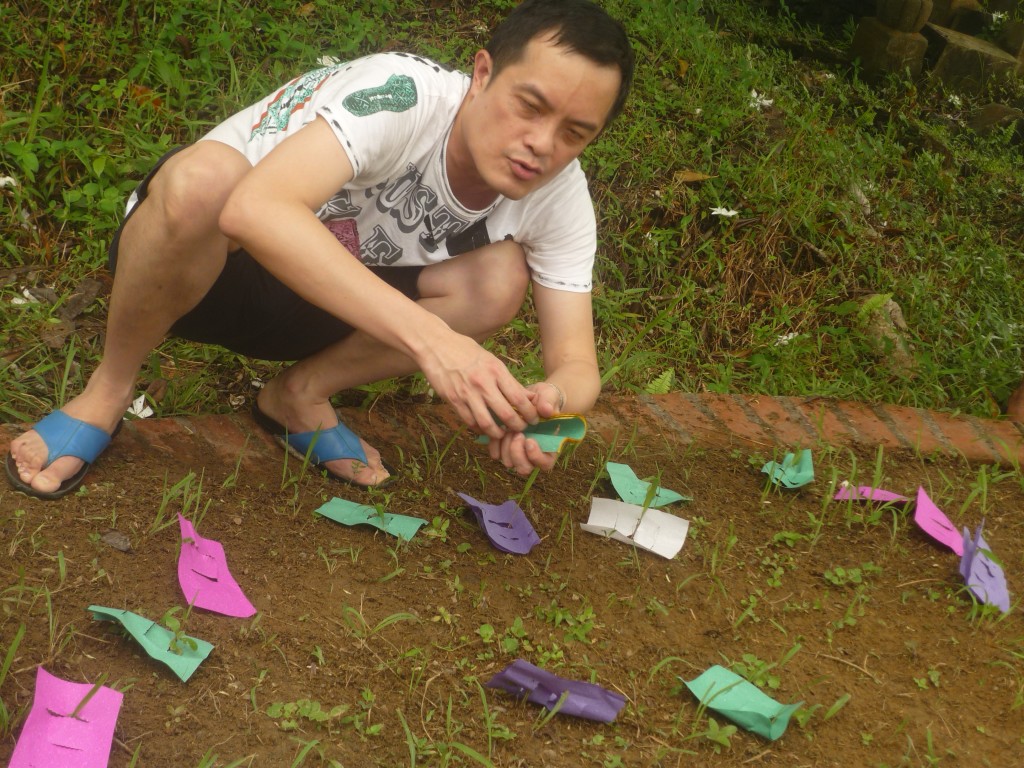
A unique way of wedging coloured paper through grass stalks so it won’t fly away (photo Catherine Lim)
This tradition comes from a Han emperor who after a long stint away from at war , returned home to pay respects to his parents. Their graves had become overgrown. So he decided to throw paper in 5 cardinal directions and where they landed and stayed, that would be where their graves were. A stone was used to wedge the paper to their tomb stones (that is why you still see stones on top of tombstones, it shows descendents have paid a visit.) Alex has his own unique way of “marking” the spot.
Post Script to Tan Tee Neo : The widower of Tan Tee Neo was to later marry her much younger sister sometime during or after World War 2. It was a fruitful union which resulted in half siblings for Lim and that branch of the family too continue to honour their late aunt at Qing Ming.
Alex’s story continues in Part II coming up soon where he pays his respect to his great great grandparents who are also buried in Bukit Brown. They are Lim Kee Tong 林箕當, Neo Kim 梁金. Find out more about the part Lim Kee Tong played in the setting up of a free school and a temple.
Mother’s Day – volunteer Guides Claire and Keng Kiat found half a dozen participants under the old rain tree despite the drizzle.
The day starts off with an alert from Hock Chuan that Hill 3 was not passable by cars:
Fortunately we are not heading that way.
The tour:
The Bukit Brown area is about 233 hectares in extent, bordered by Lornie Road, Thomson Road and the Pan-Island Expressway. It lies just to the south of the Central Catchment Forest, being separated from it by Lornie Road and includes Singapore’s only Chinese Municipal Cemetery. With more than 100,000 graves, Bukit Brown is also one of the largest Chinese cemeteries outside of China.
We start with a safety briefing and quick history and geography of the grounds, and show what is believed to be the largest single tomb in the area, Oon Chim Neo’s grave in Seh Ong Cemetery.
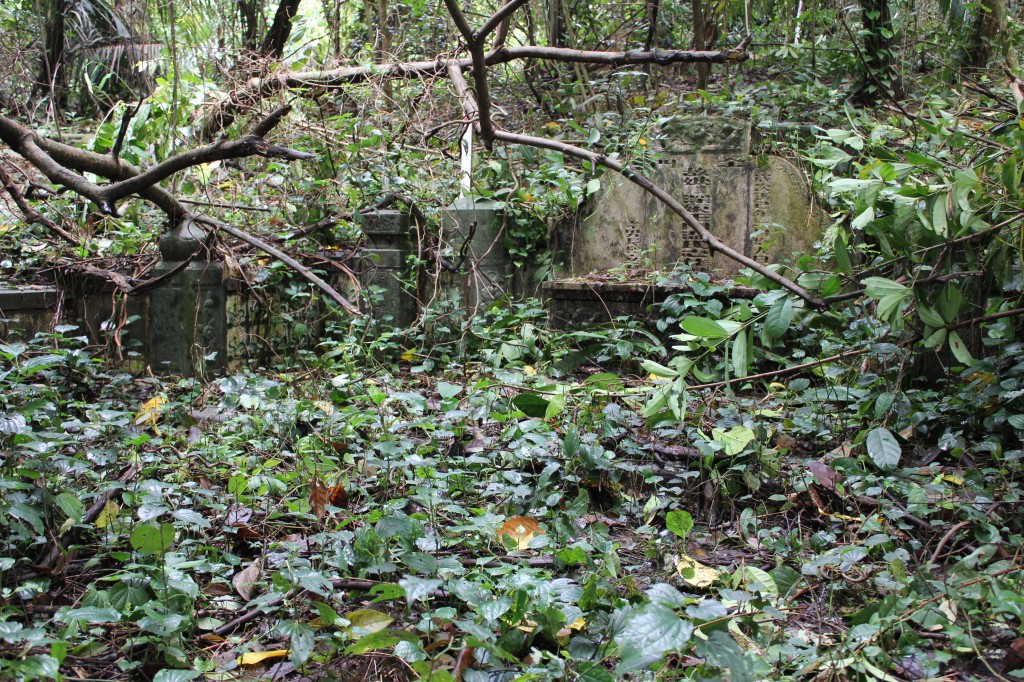
Oon Chim Neo before massive clean up , by 2 groups of students who laboured to reveal her grave for documentation. ( photo Chua Ai Lin)
Back at Bukit Brown, we kick off with an introduction to Tay Koh Yat and Fang Shan, covered in notes here.
We will proceed to Block 5 to visit Lee Guay Eng, grandmother to one of the most important man in Singapore. She is none other than the paternal grandmother of the sitting president.
We take a leisure stroll to Block 2 to pay respect to Song Chwee Neo, a smiling matriarch.
We walk over to greet See Tiong Wah, the Municipal Commissioner whose delicately carved tomb will be removed for the proposed highway, which astonished the participants. In Keng Kiat’s view, this is the second most important tomb to be lost to the project (the most important being Khoo Seok Wan’s). Claire explained the Song Dynasty panels as she too lamented the loss of such heritage.
The special for the day was introducing Lee Kim Soo, the matchbox entrepreneur.
We come around Block 1 and drop by Methodist Girls’ School first Chinese girl and Singapore’s first female doctor, Lee Choo Neo.
We also had the privilege of having Chew Keng Chuan with us to introduce his grandfather, the eldest son of Chew Boon Lay whose grave was found last month:
His grandfather died the year he was born so his sisters’ names are on the tomb’s headstone, and as he noted with humor, he is remembered as “etc”! There is a reference to K.C. on the tomb but it refers to the Kungfuzhi (Confucius) calendar.
***
We are amateurs and volunteers, known as Brownies, but we are passionate and serious about what we do at Bukit Brown, and we encourage sharing of knowledge. Please share with us as you see fit.
The Beautiful Hill 2 of Bukit Brown Cemetery is resplendent history: tomb stones carved in China with facial relief so expressive they will speak to you through your guide Yik Han, whilst your other guide, Peter Pak will reveal hidden in green nooks, tombs guarded by Angels and Sikh Guards. And if you are lucky macaques may swing above in the canopy of trees and birdsong fill the air, as Hill 2 overlooks a beautiful valley. Sadly the proposed highway will sliced through here. So enjoy Hill 2 while you can.
Tombs of note on Hill 2 can be found here
This tour’s highlight is however the newly cleared and cleaned up tomb of Lee Kim Soo , an early manufacturer of match sticks.
Volunteer guides, Peter and Yik Han, were joined by other Brownies on this May 12 guided tour.
The tour: Video here. (Credit: Albert Ong)
***
Also on the same day, after guiding, the volunteers aka Brownies helped some descendants re-unite with long-lost relatives:
Ms Teresa has found her grandfather, whose tomb Ah Lim helped to rebuild. On the same day, she found her grandmother too:
Miss Teresa is re-united with her grand mother. This find was done with the help of Suki, Peter Pak, Chew Keng Kiat. Miss Teresa thanks the Brownies sincerely from the bottom of her heart.
In the meantime, the descendants at what is commonly called the “naked angels’ tomb” finally turned up to solve the mystery of who this man was. We discover his two other wives are buried in front of his tomb. Now to find the other relatives.
***
The Bukit Brown area is about 233 acres in extent, bordered by Lornie Road, Lower Thomson Road and the Pan-Island Expressway. It lies just to the south of the Central Catchment Forest, being separated from it by Lornie Road and includes one of Singapore’s oldest Chinese cemetery. With >100,000 graves, Bukit Brown is also one of the largest Chinese cemeteries outside of China.
The volunteers, also known as Brownies, do research, plan the logistics and organize tours to help raise awareness of what is to be lost. Today’s Brownies were: Peter, Catherine, Raymond, Victor with his wife Doris, Keng Kiat and our honorable Sikh guard, Suki. Not in the photo: Yik Han (pictured below) and the photographer Ee Hoon.
((Compiled by Claire Leow, with information provided by Suki Singh and Khoo Ee Hoon.)
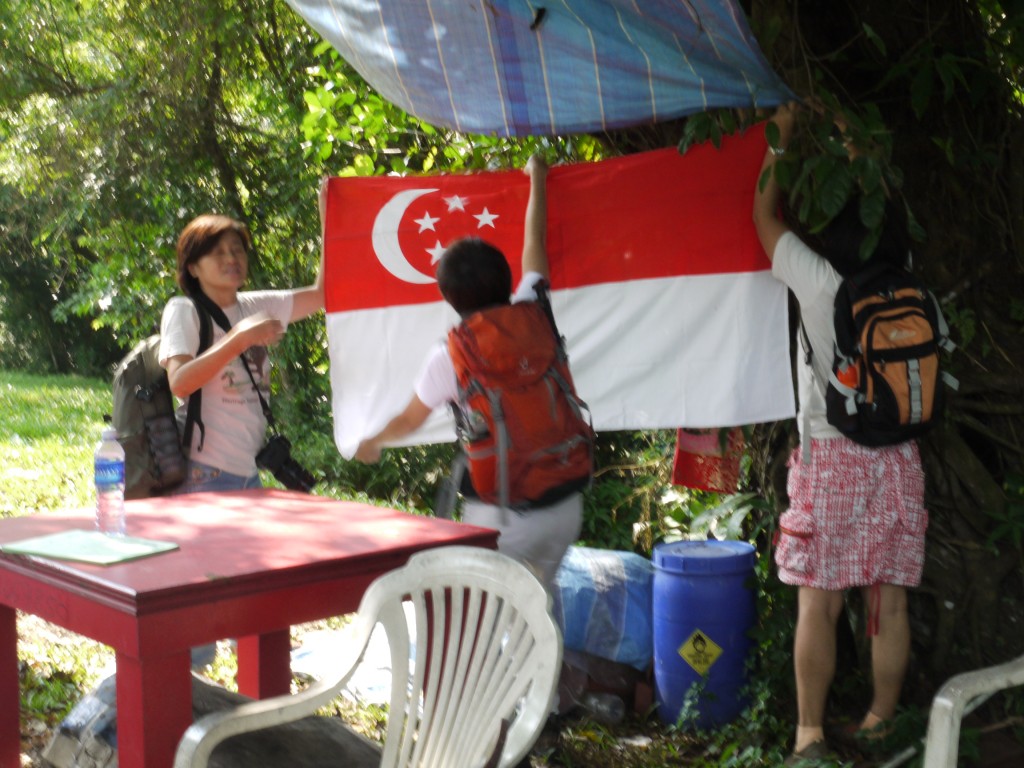
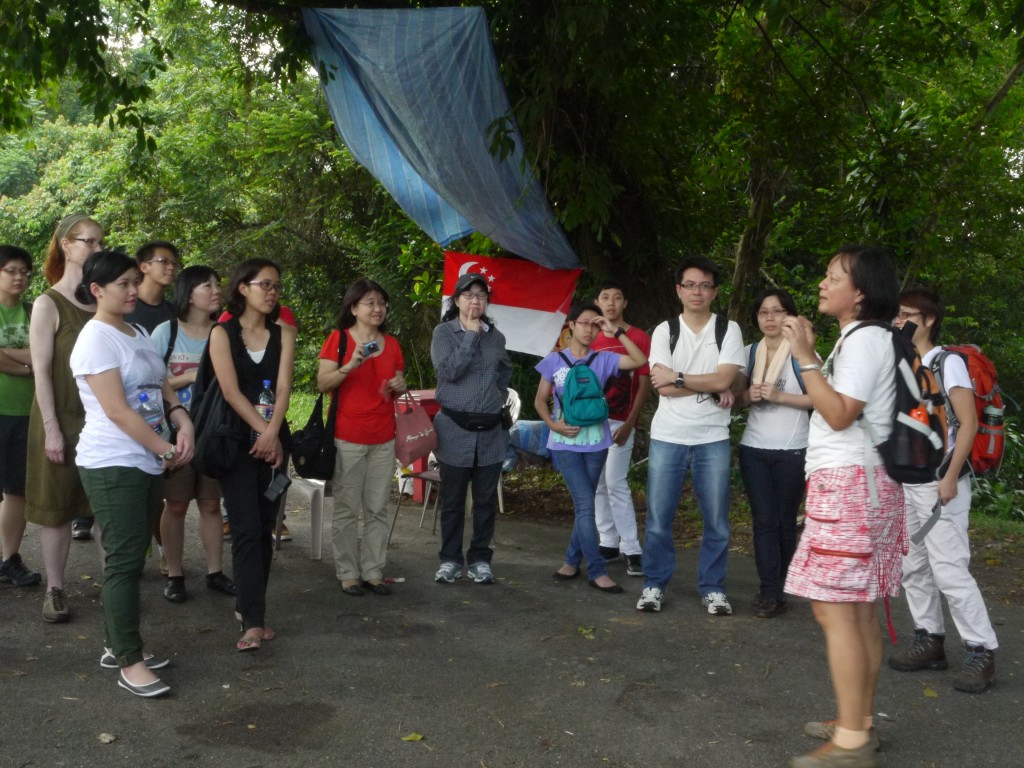
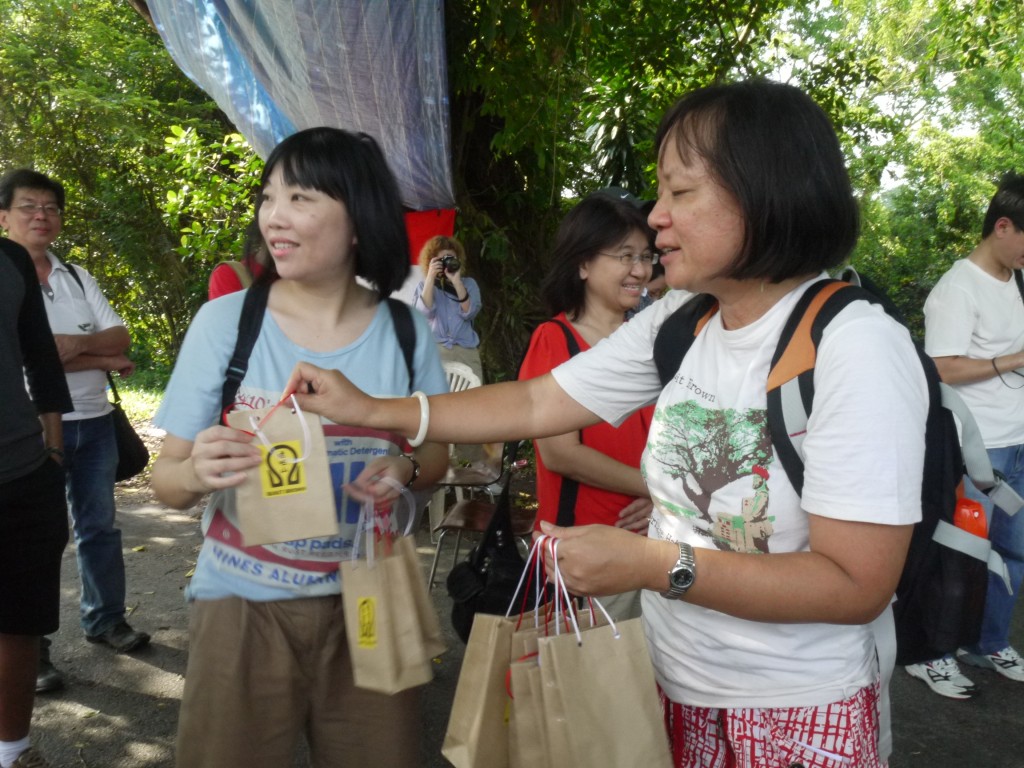
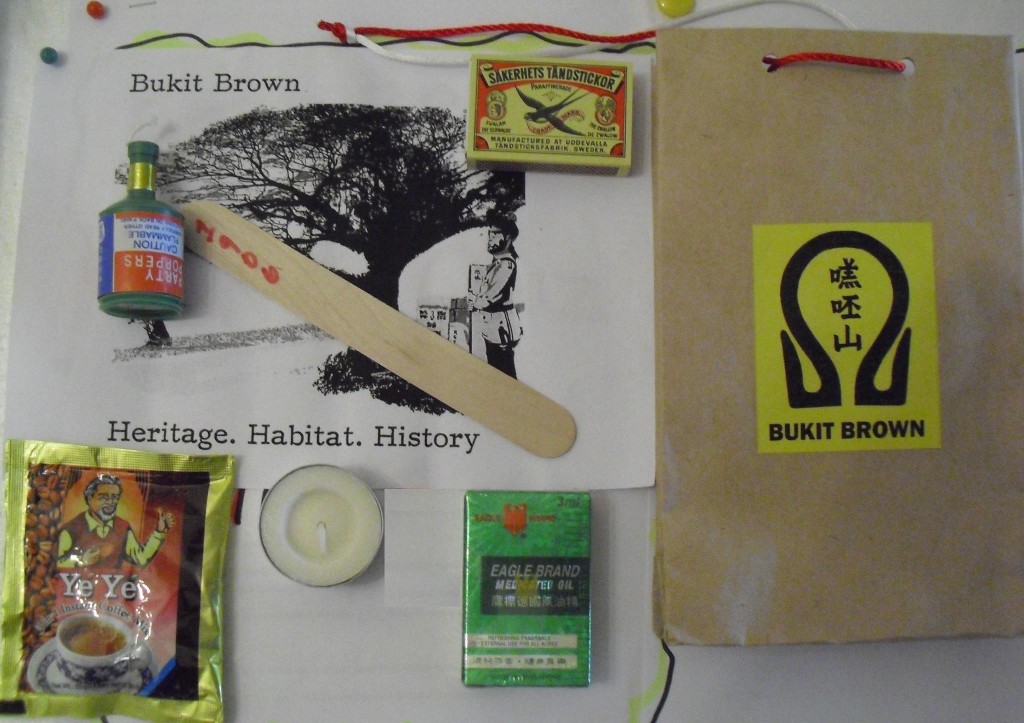
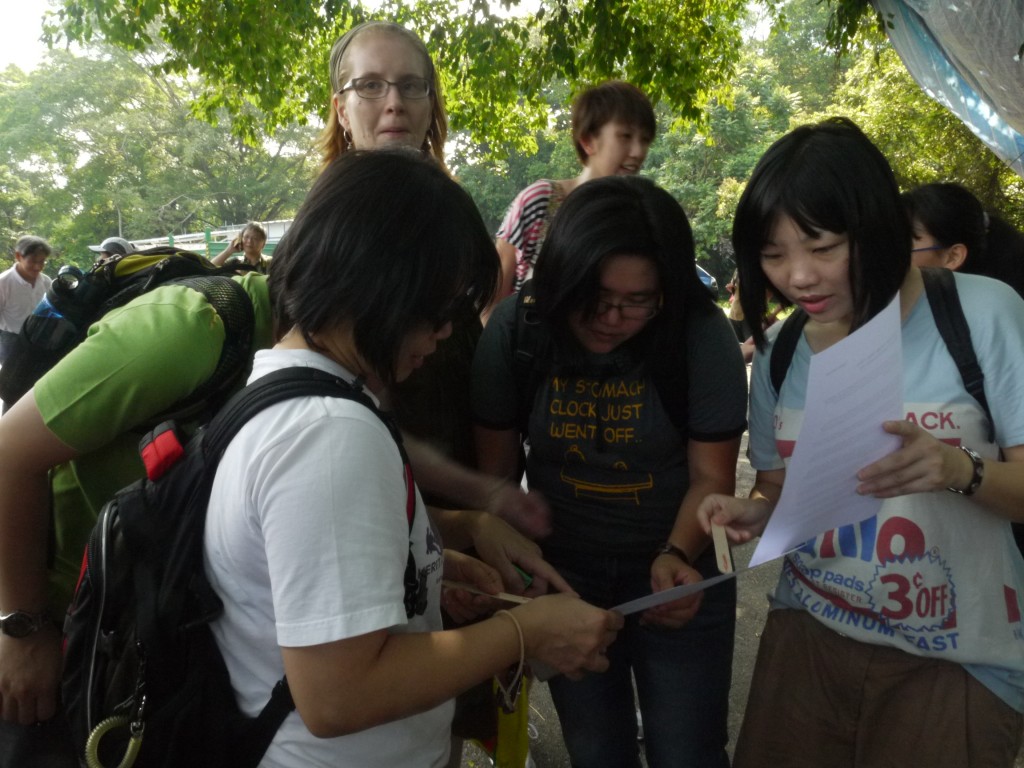
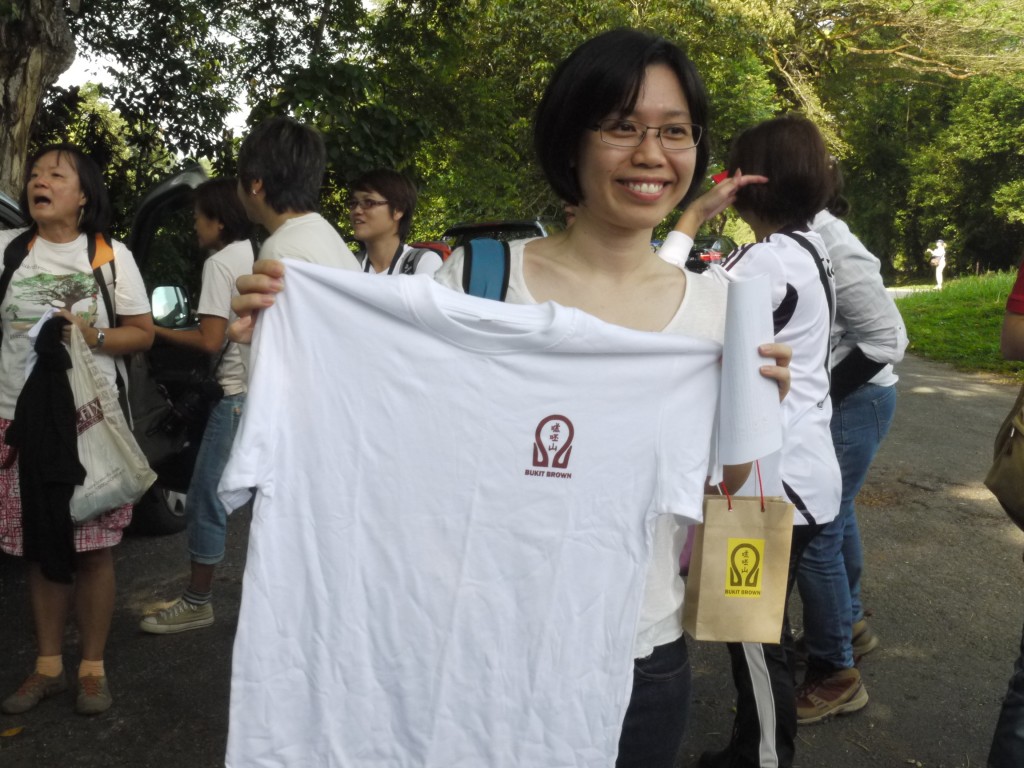
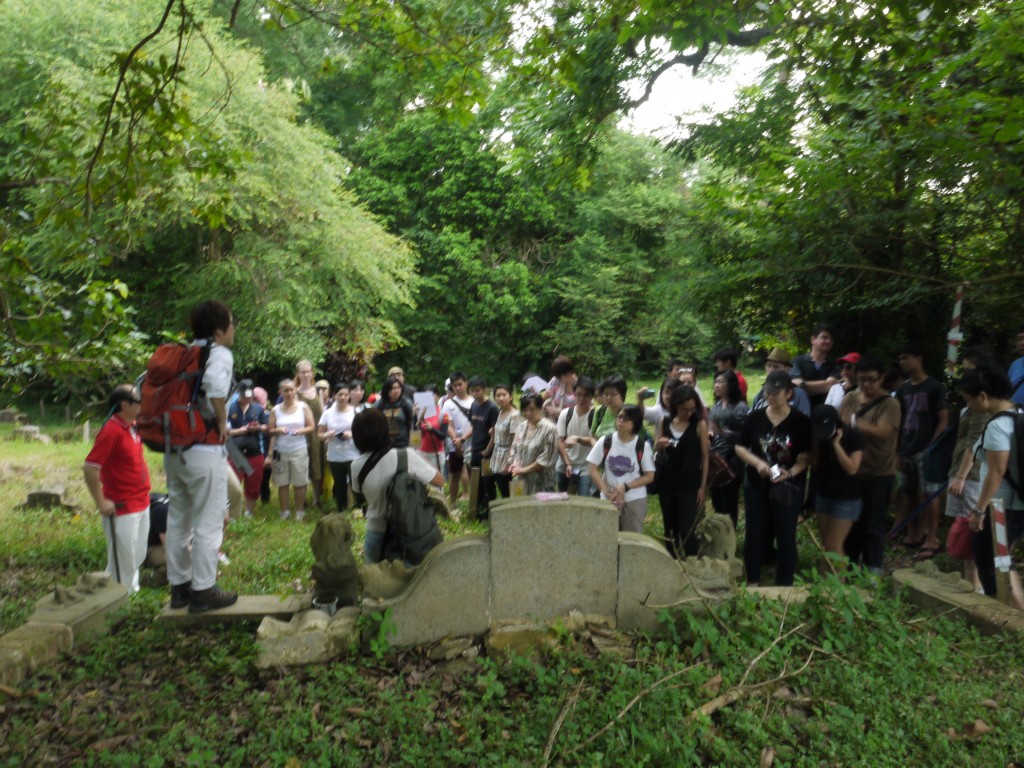
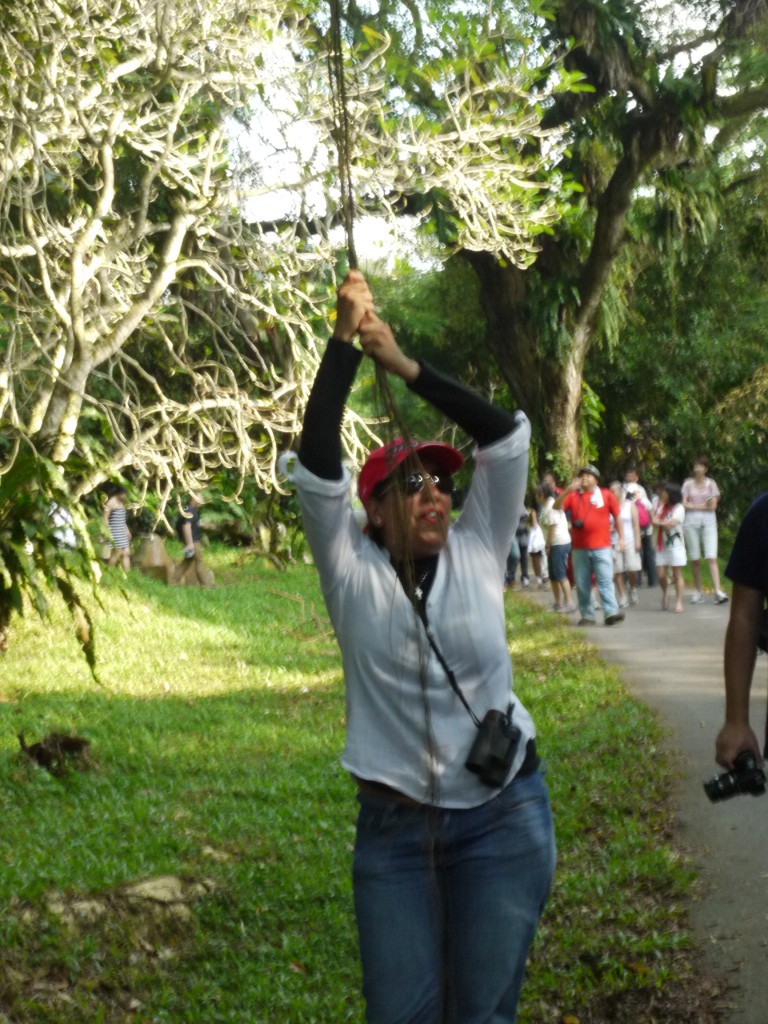
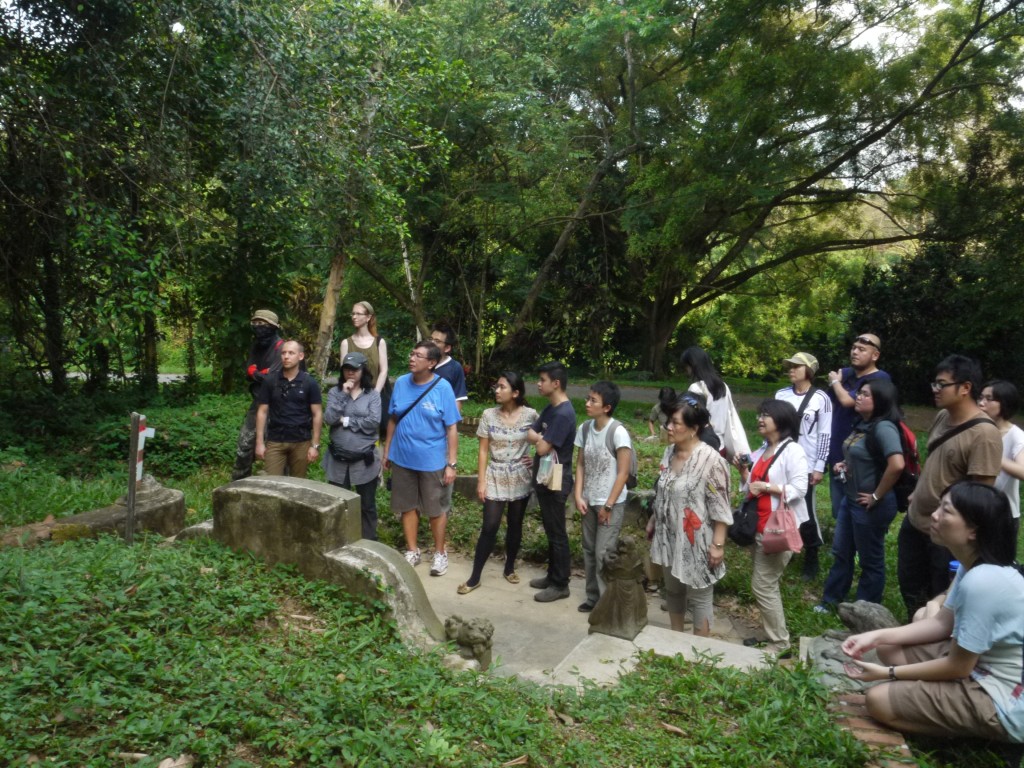
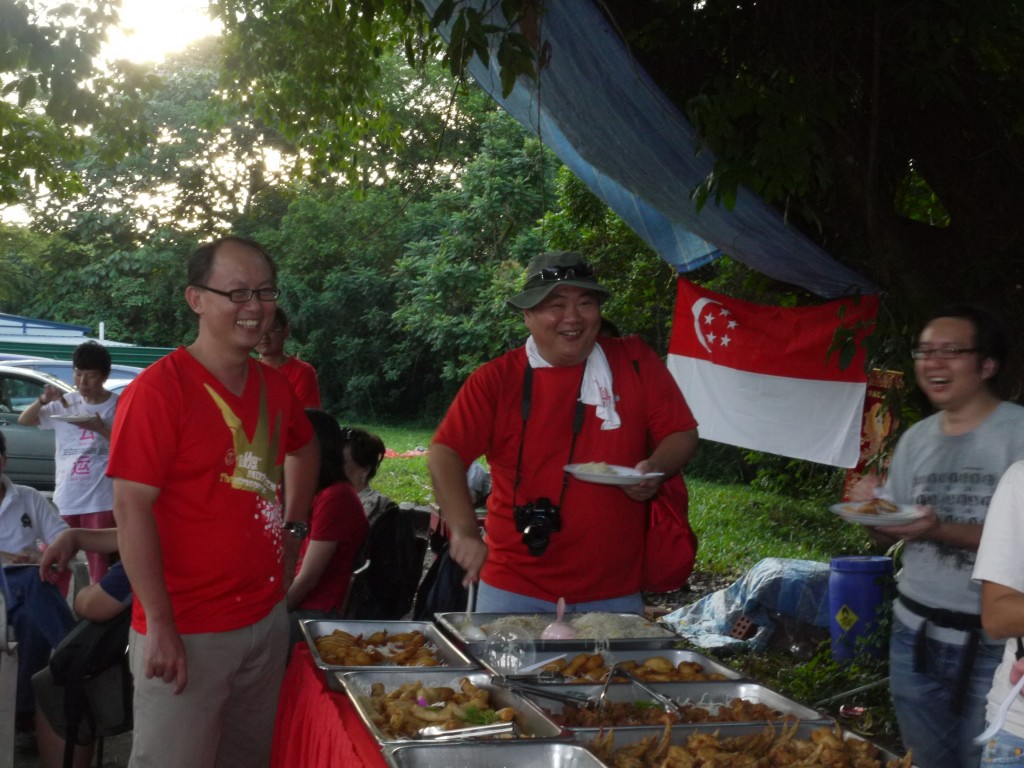
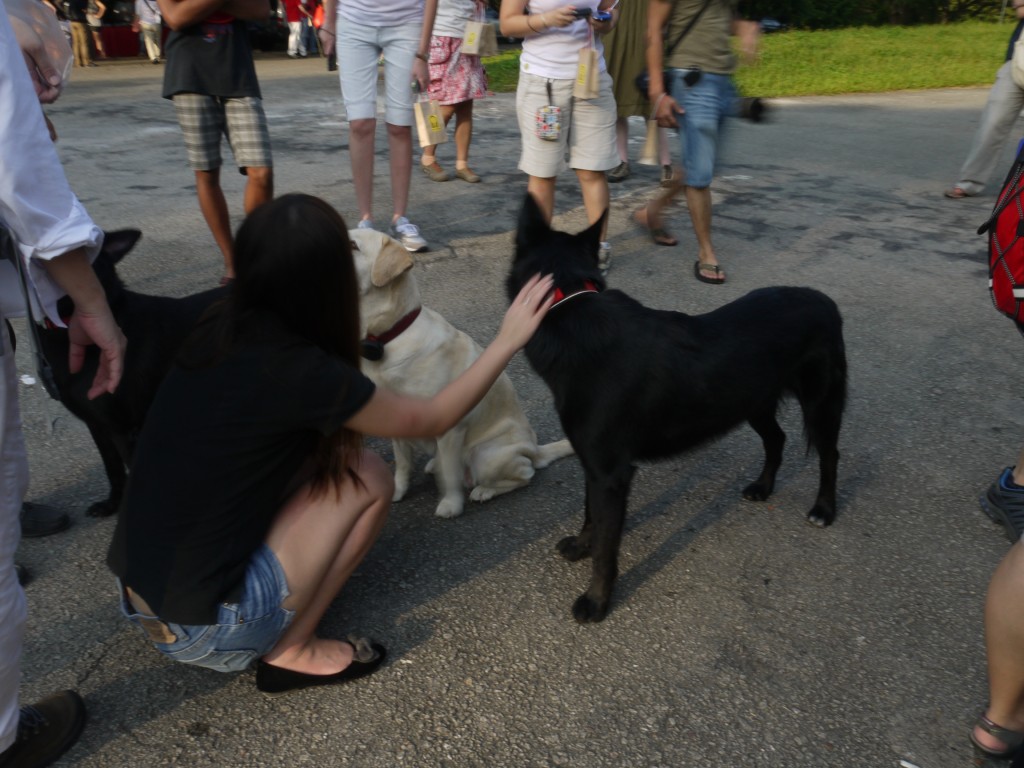
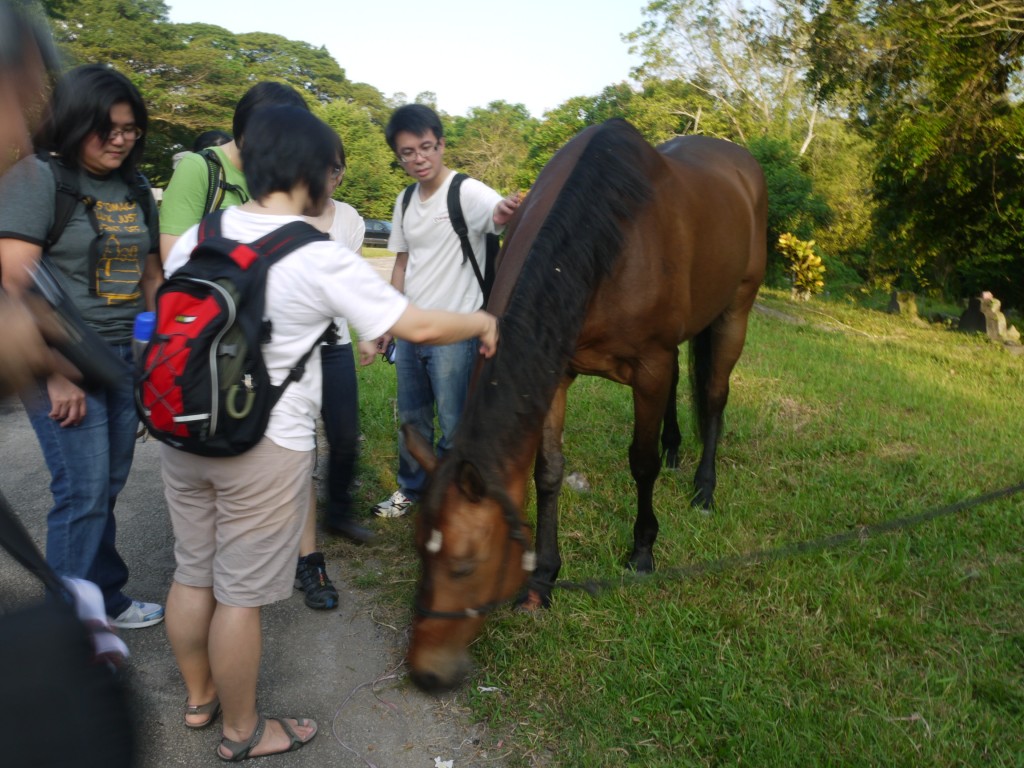
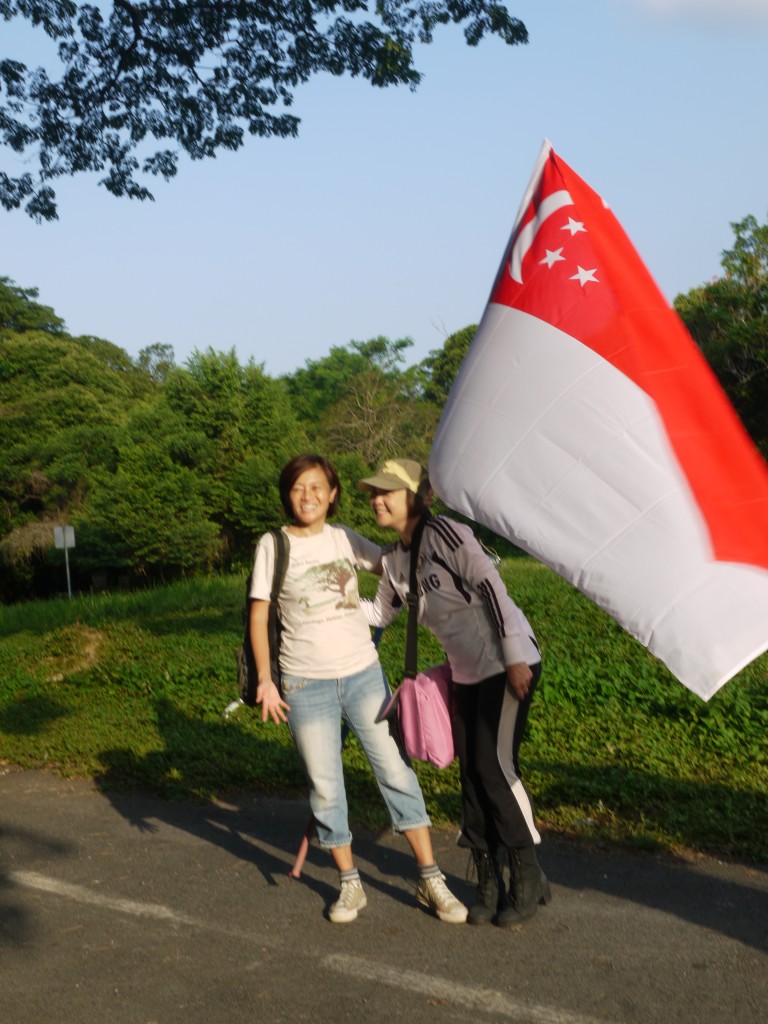
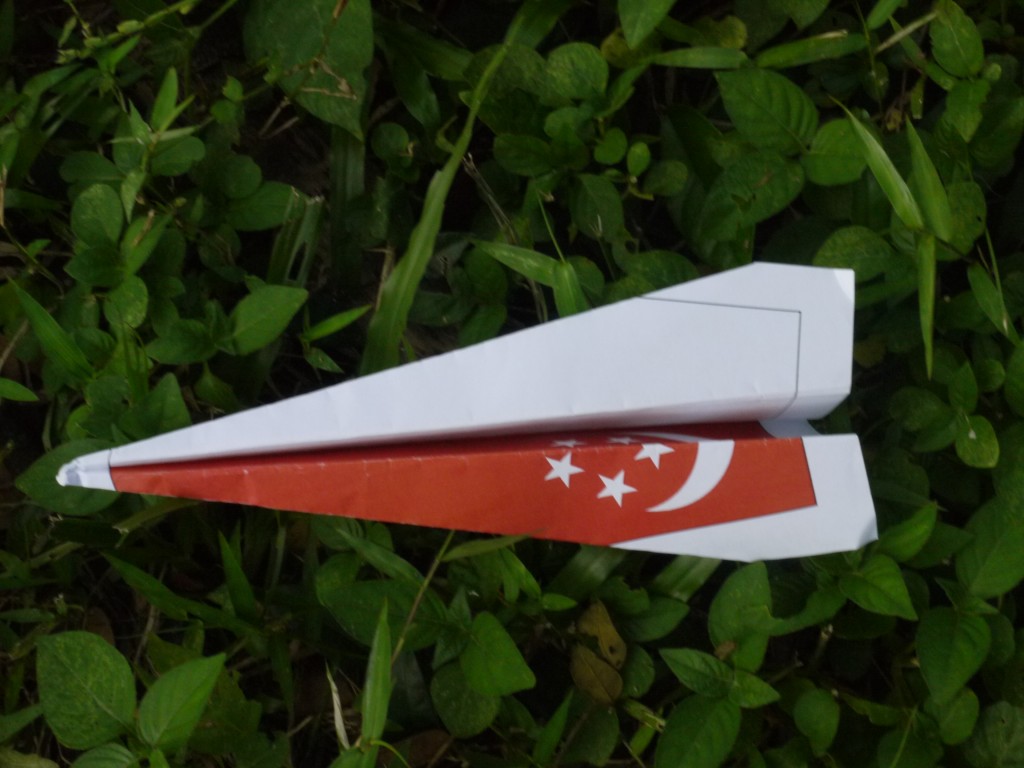
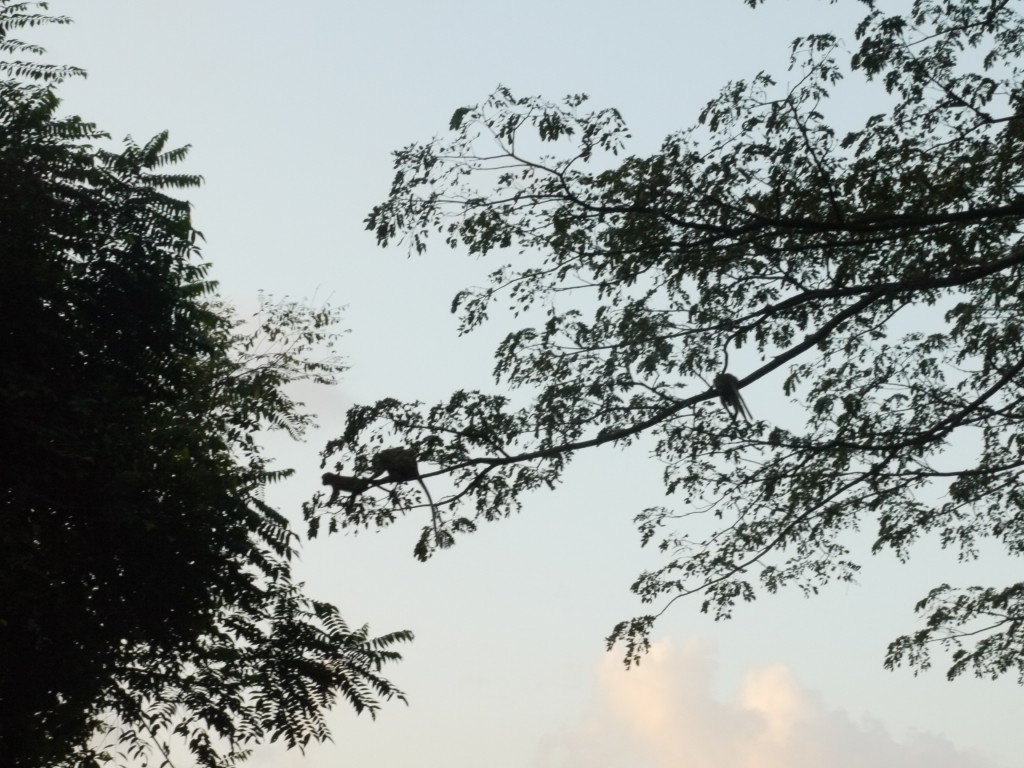
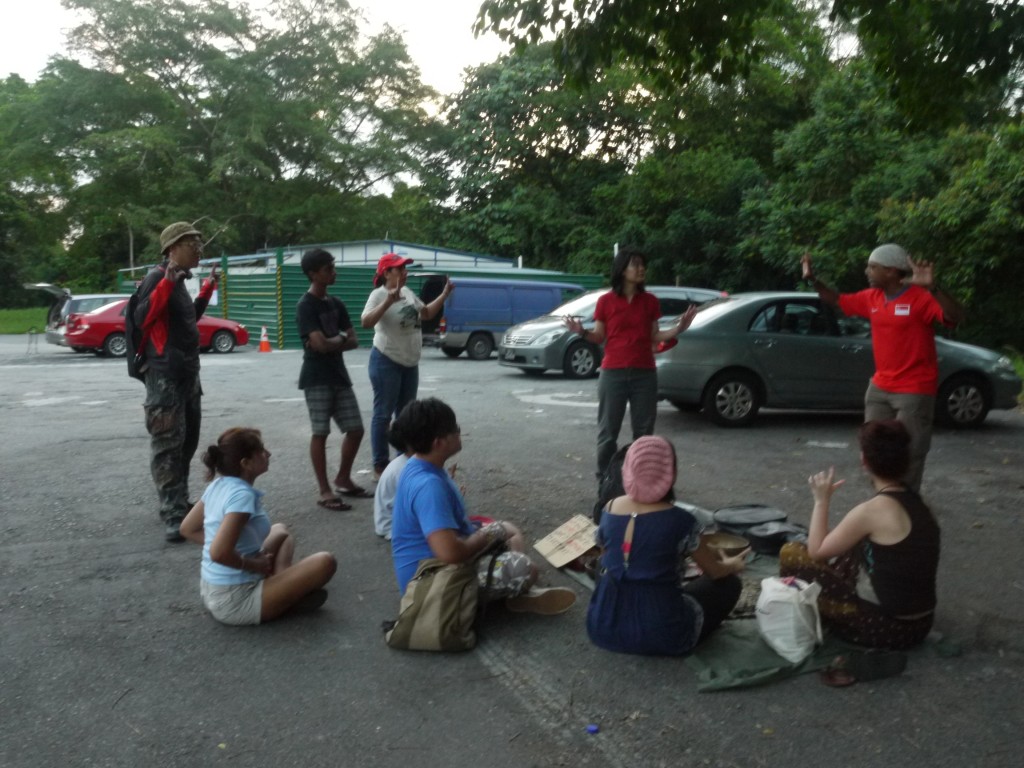
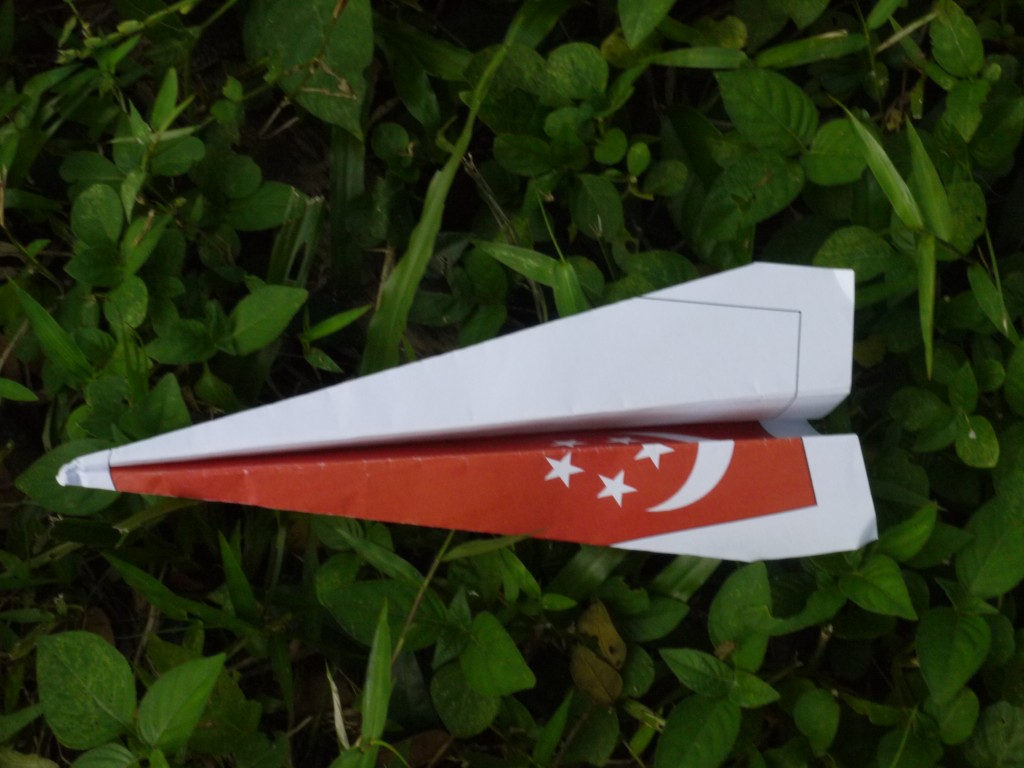

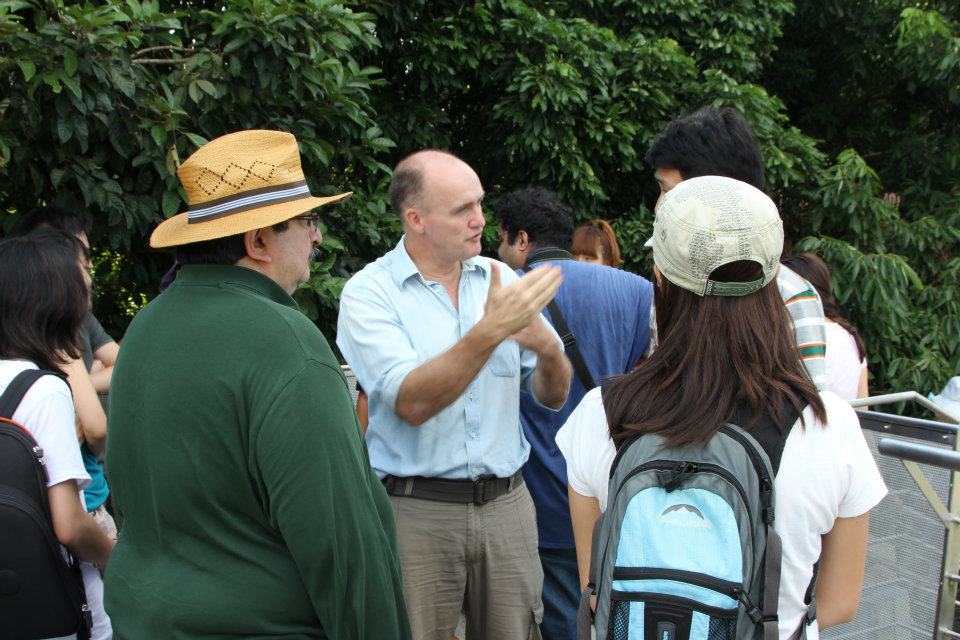
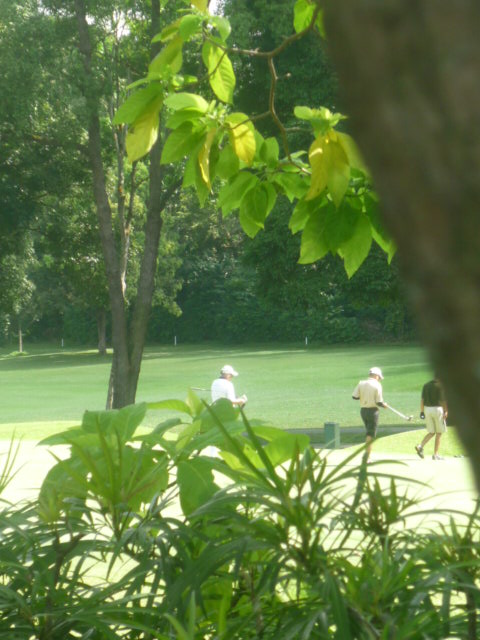
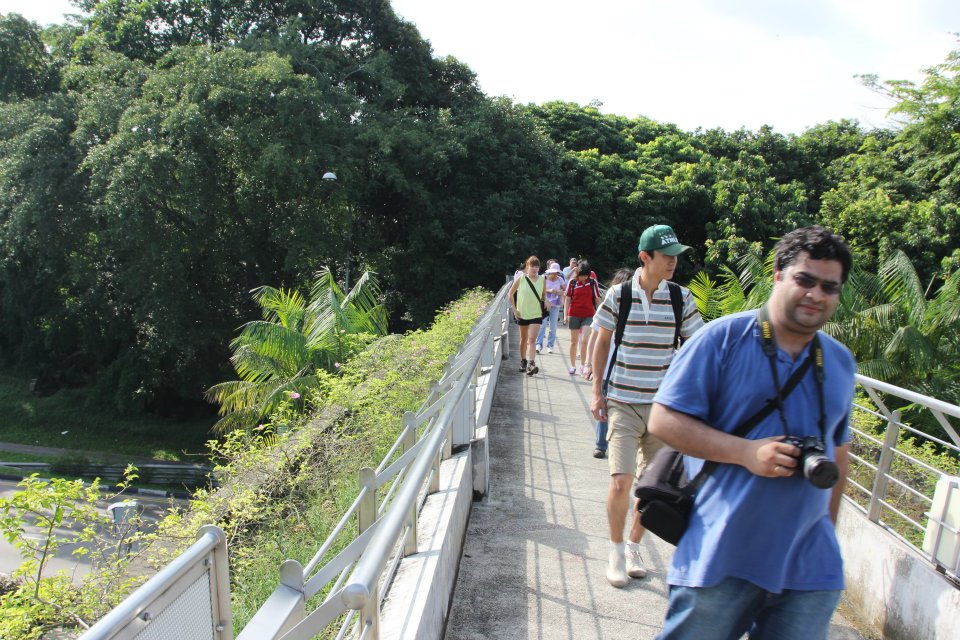
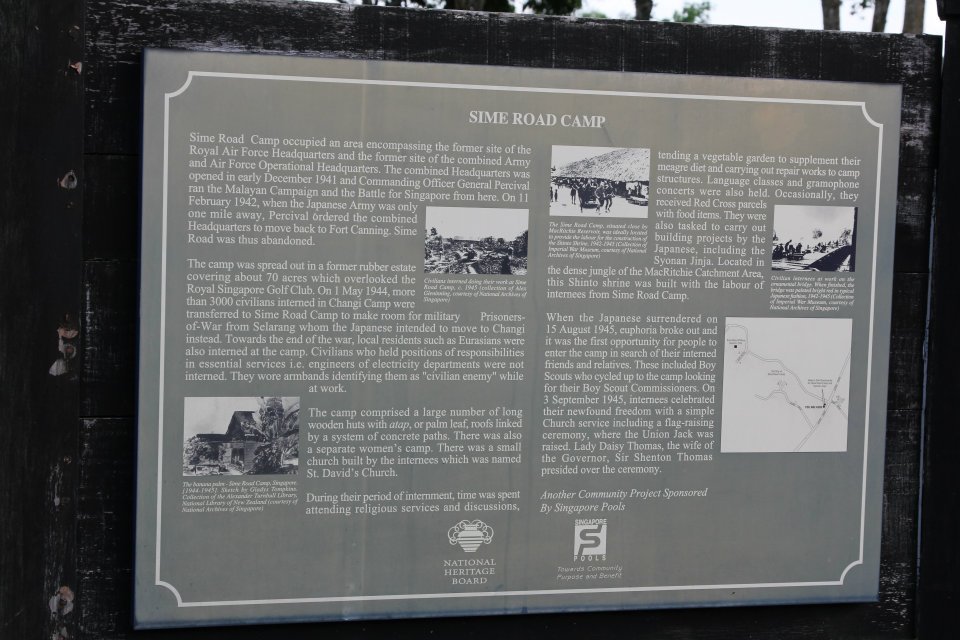
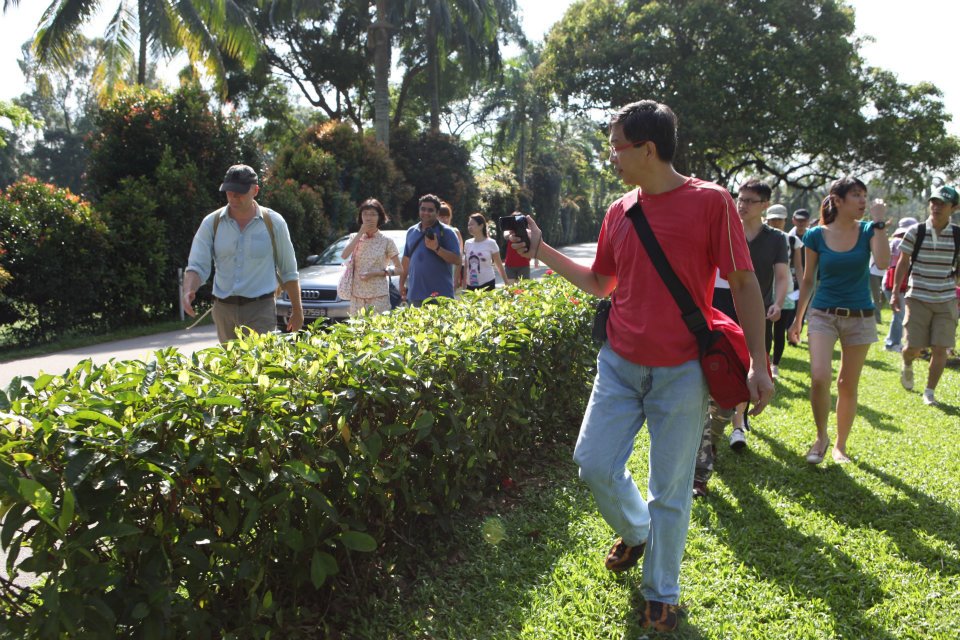
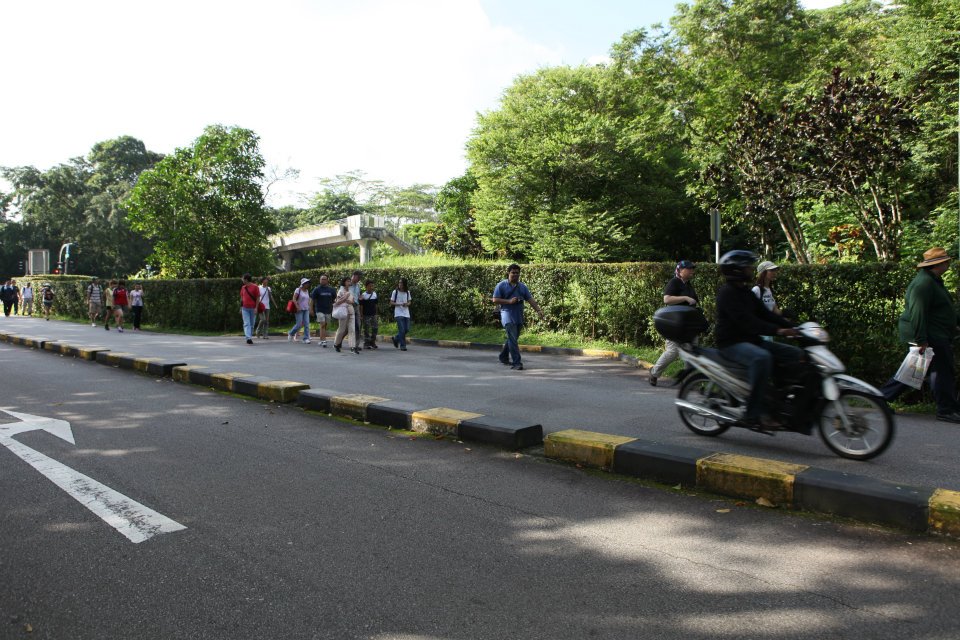
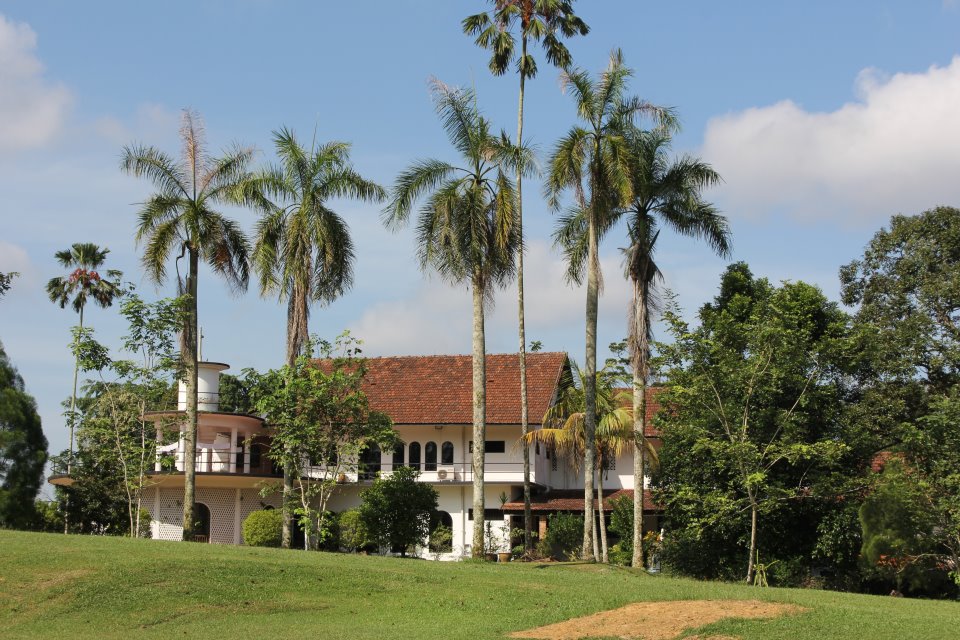
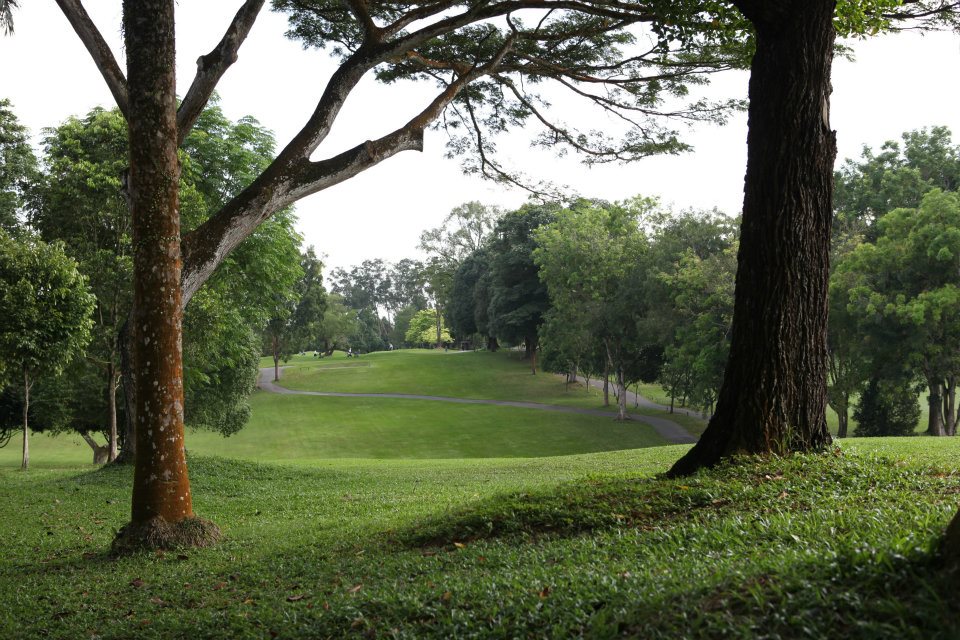
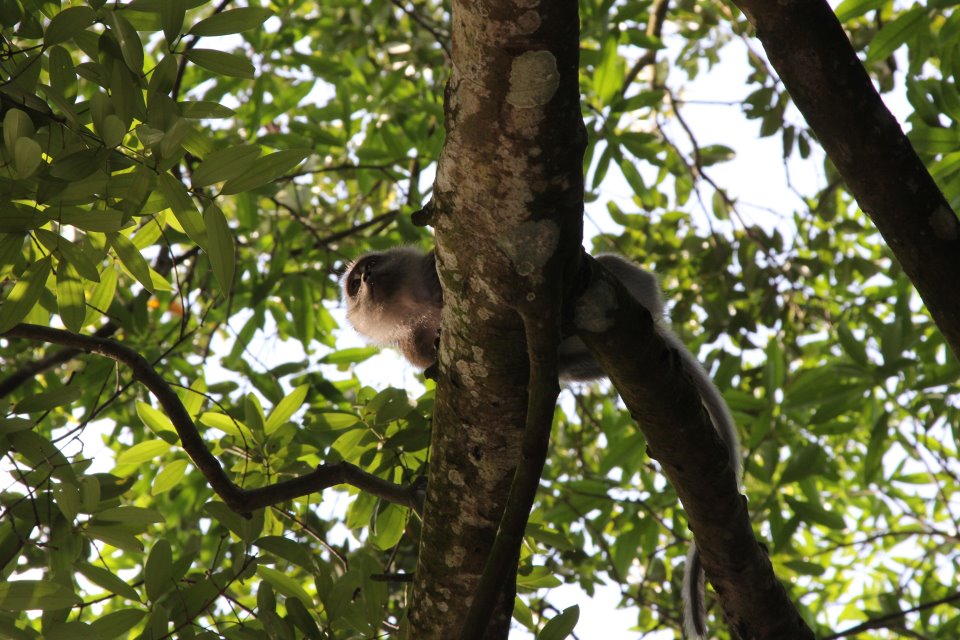
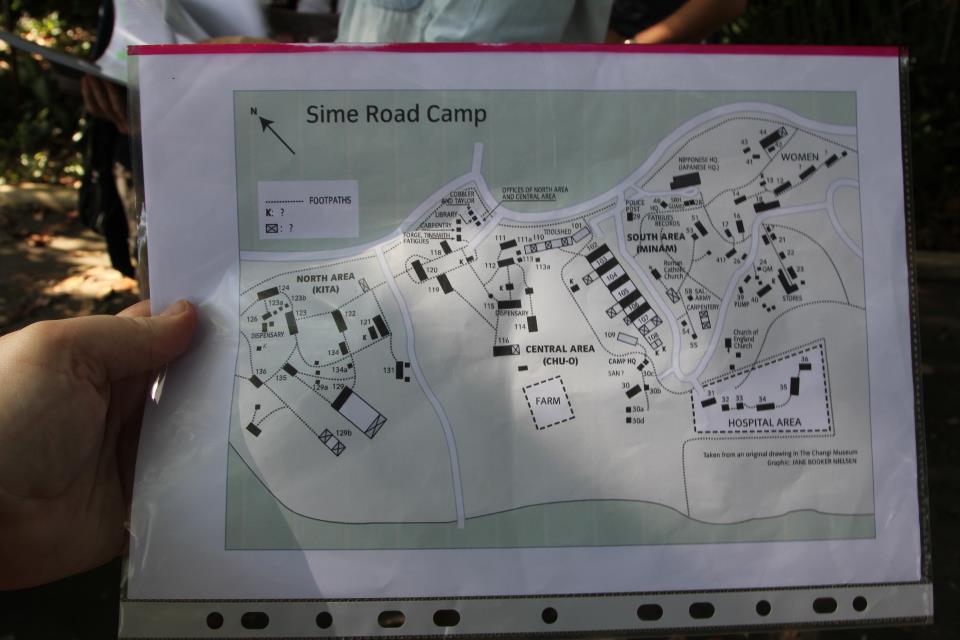
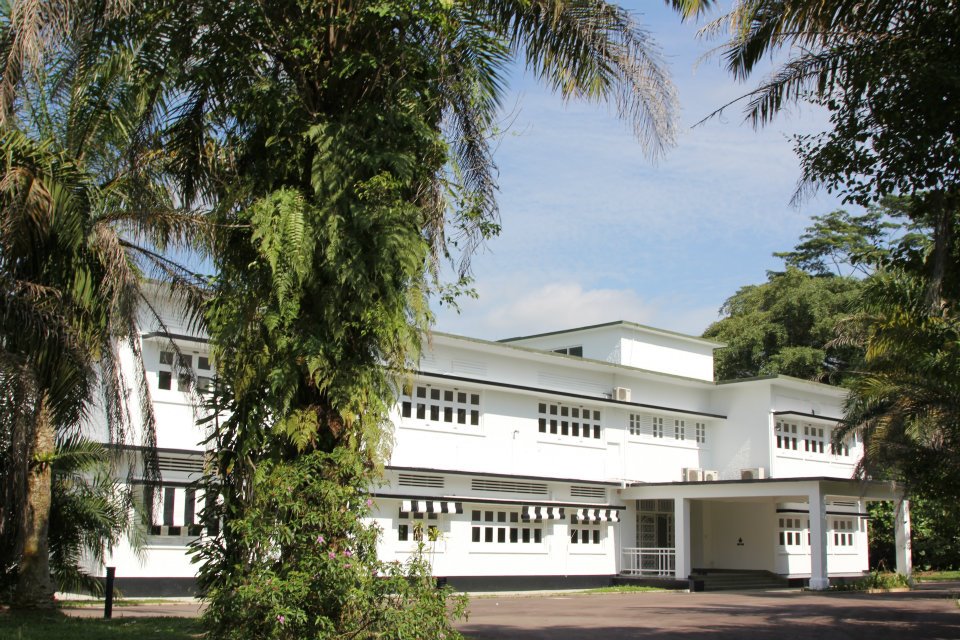
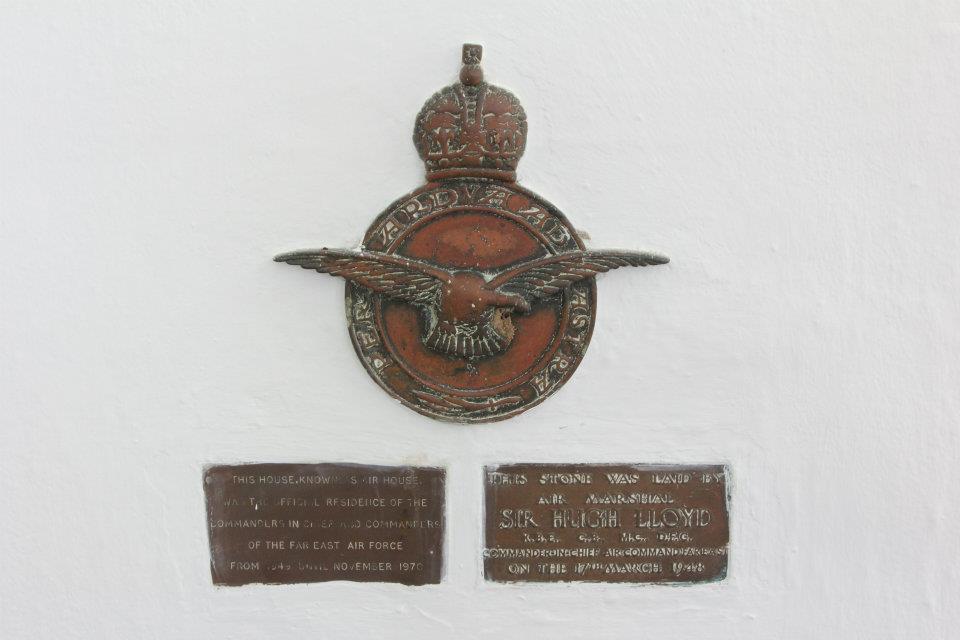
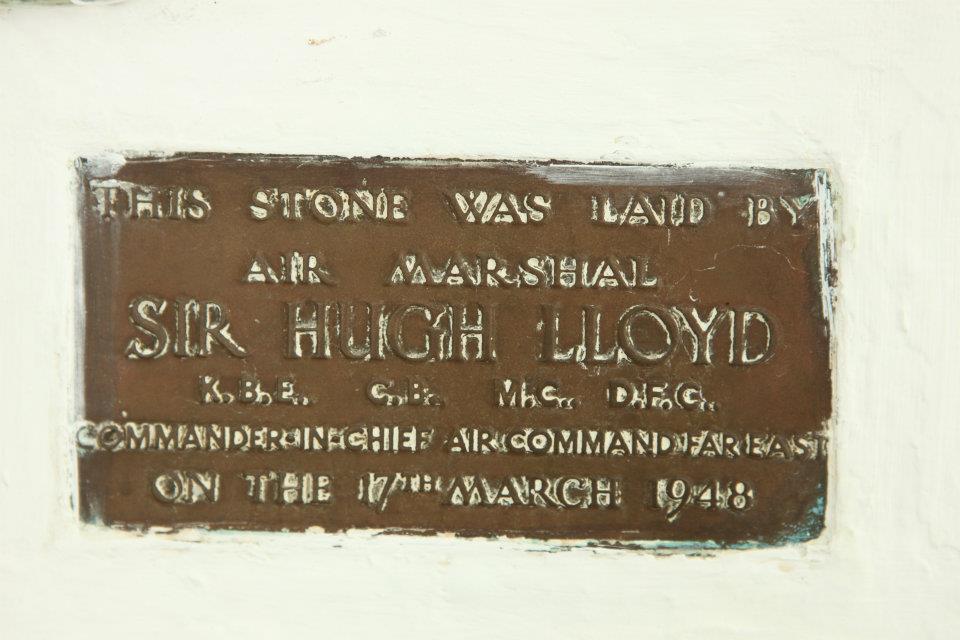
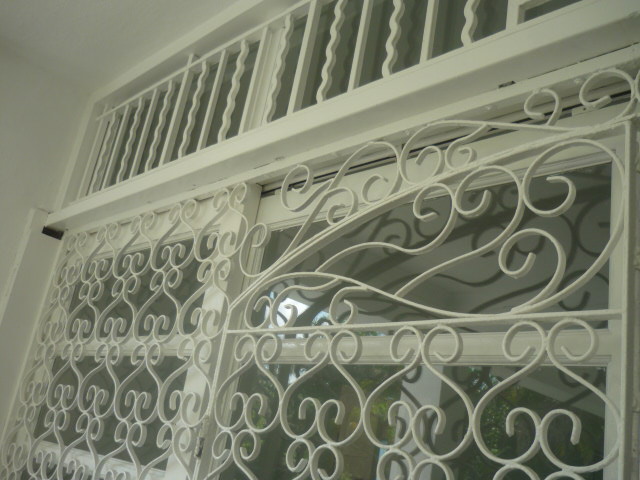
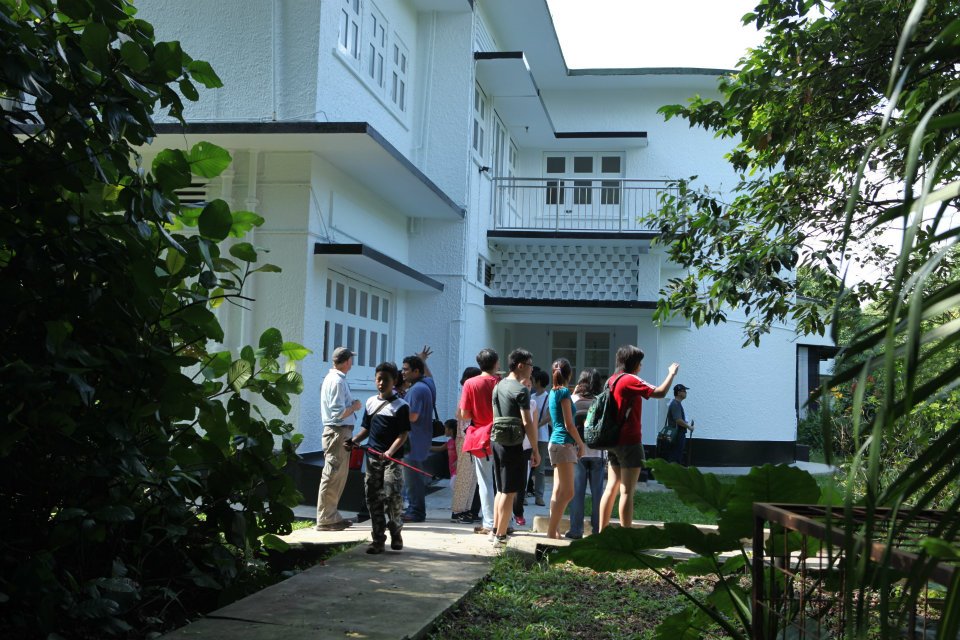
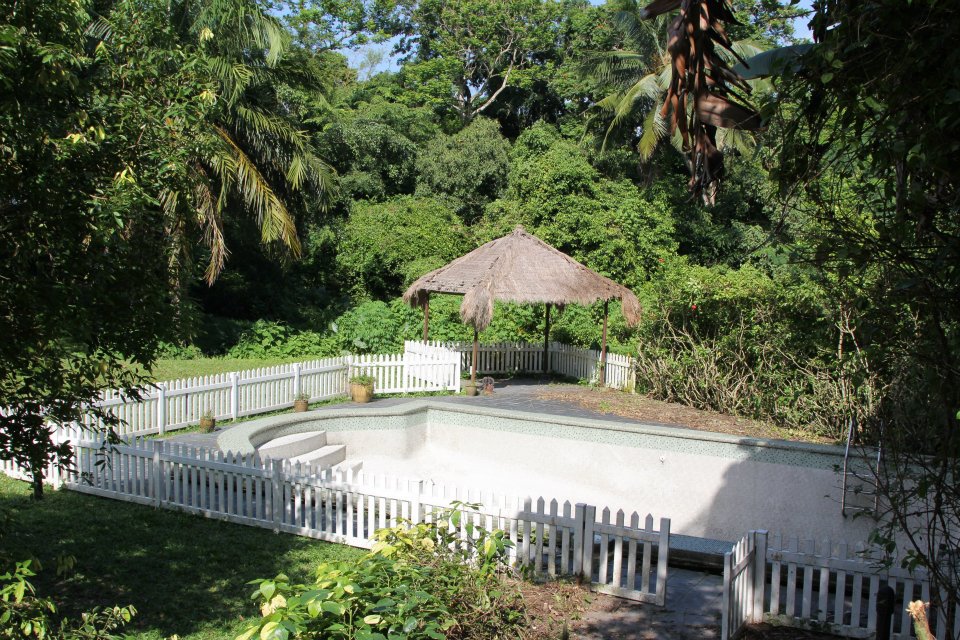
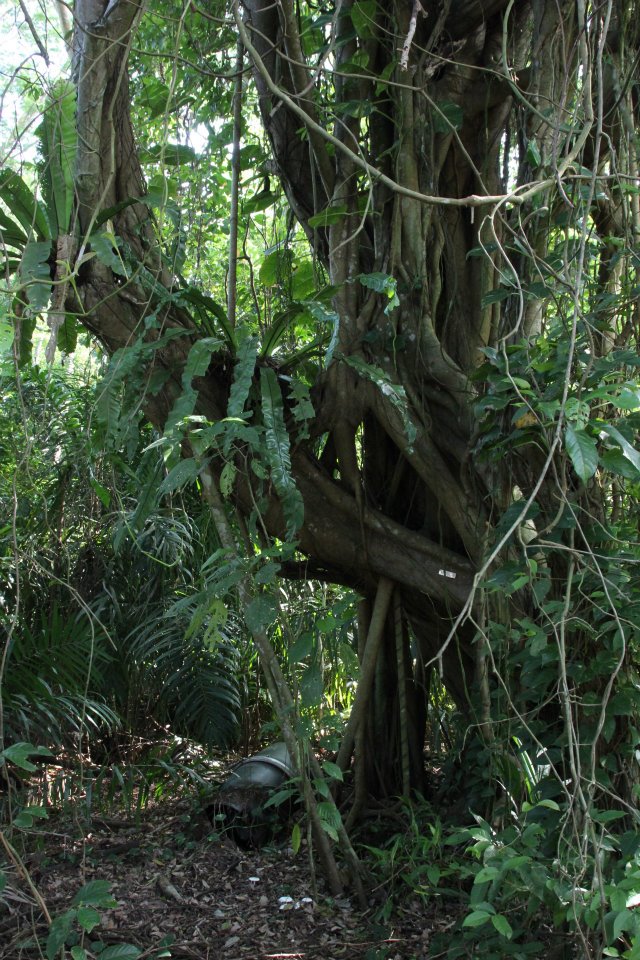
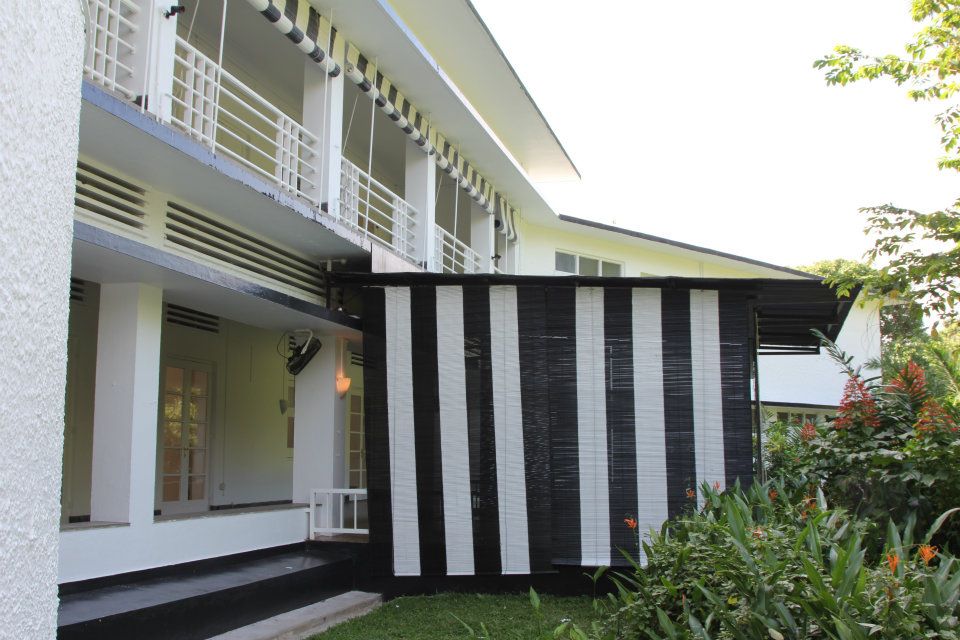
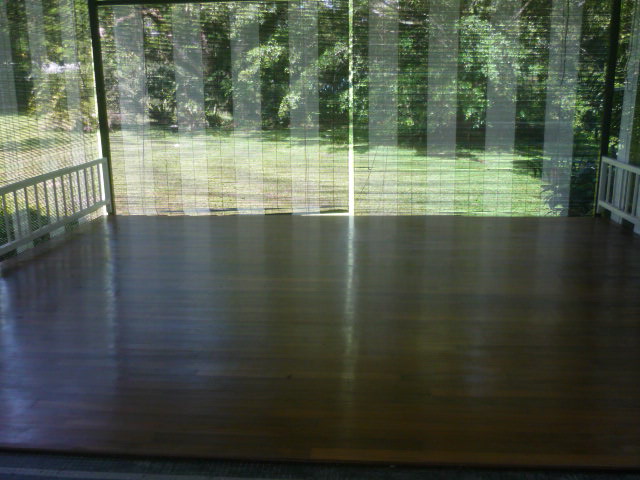
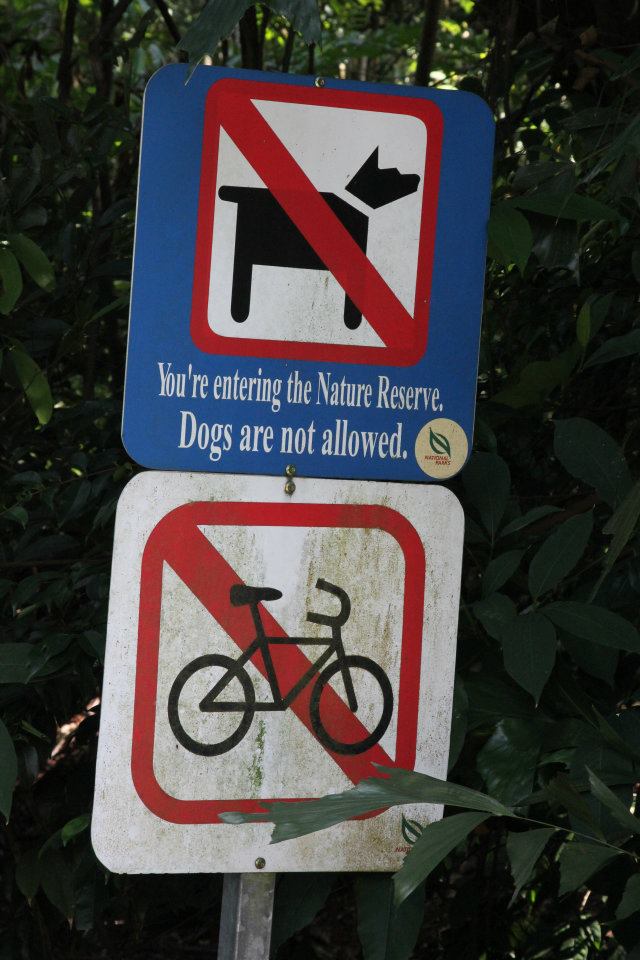
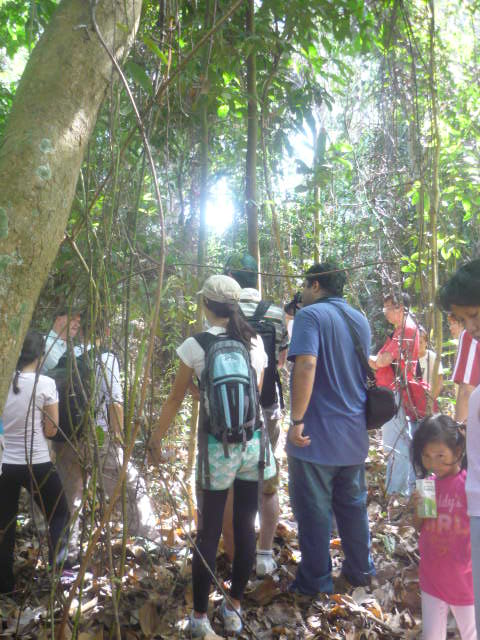
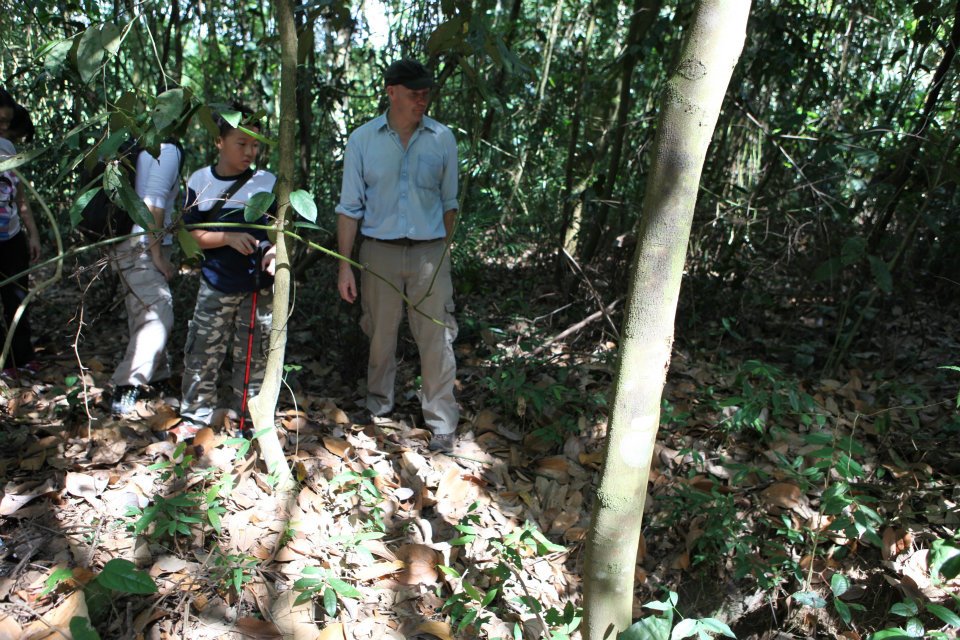
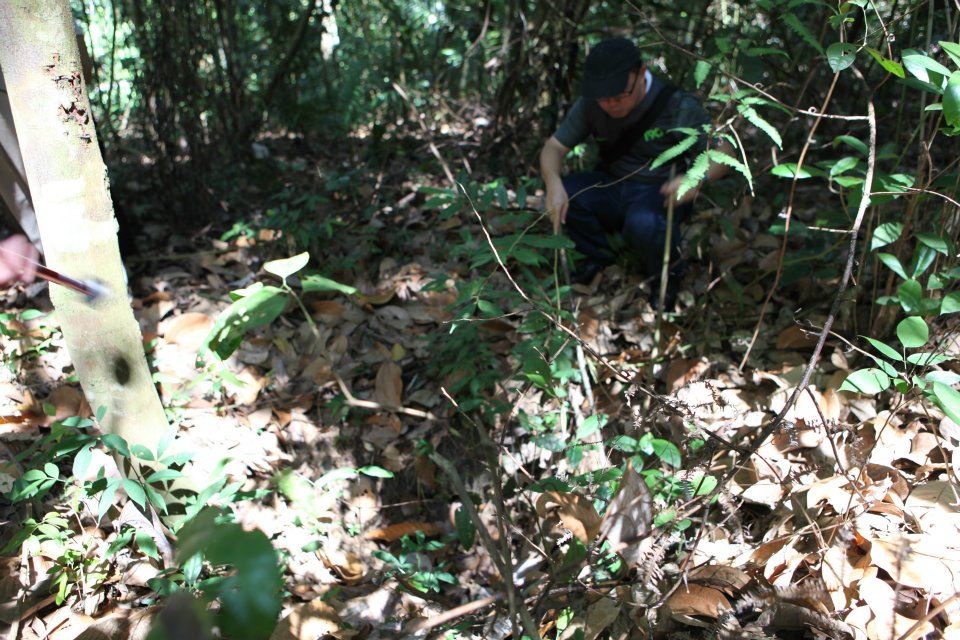
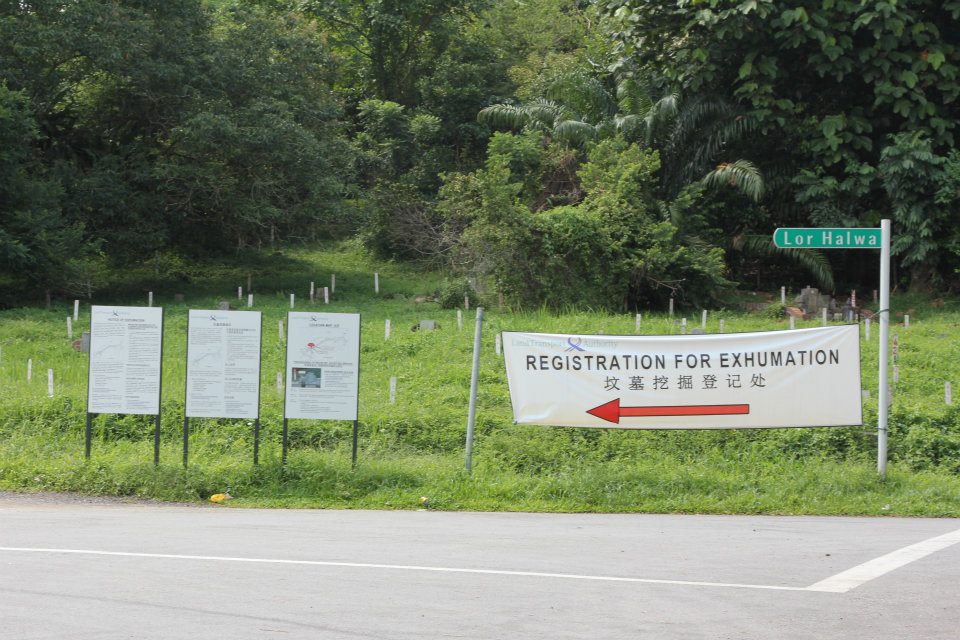
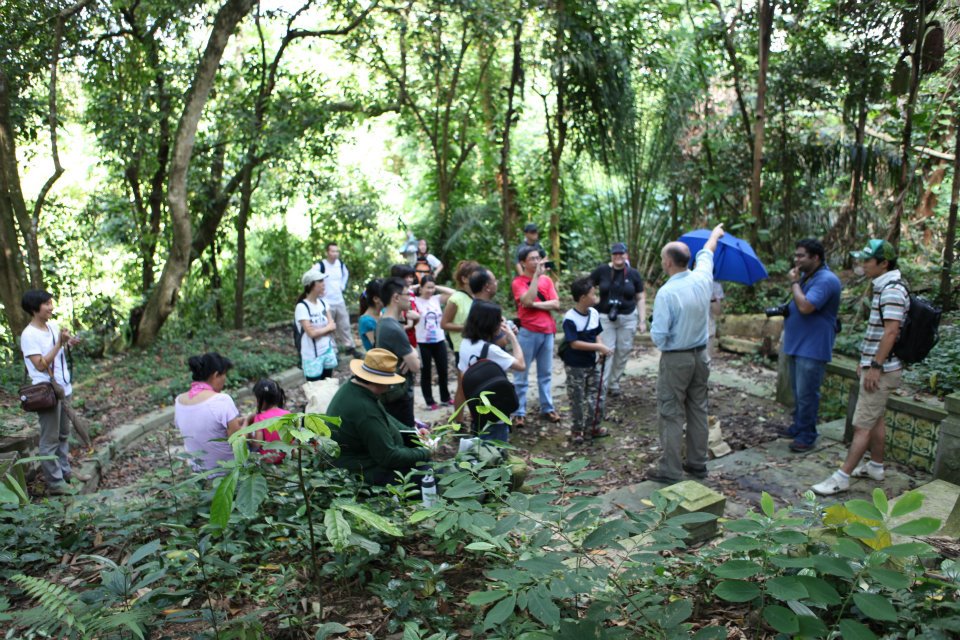
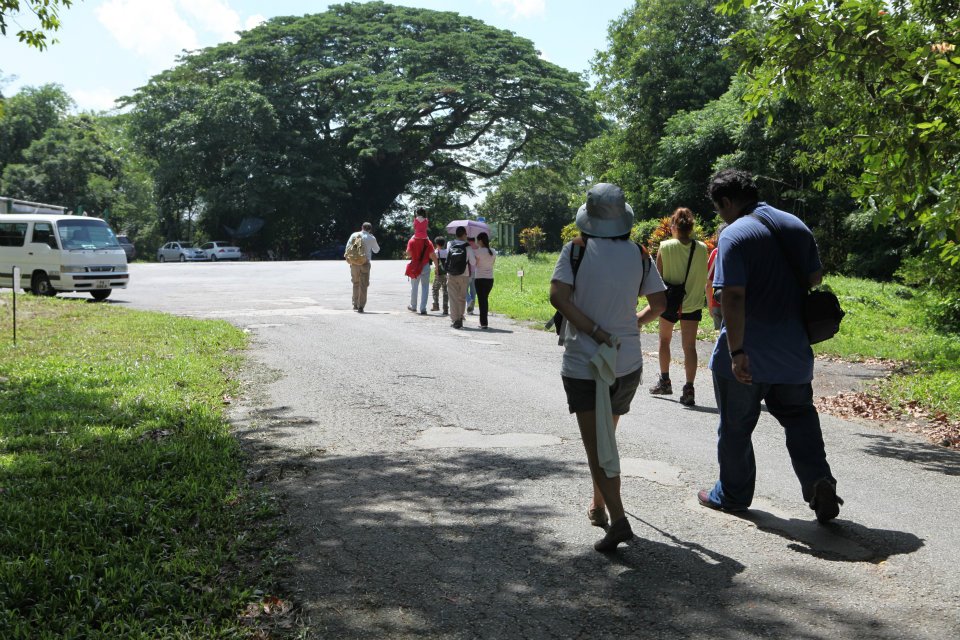
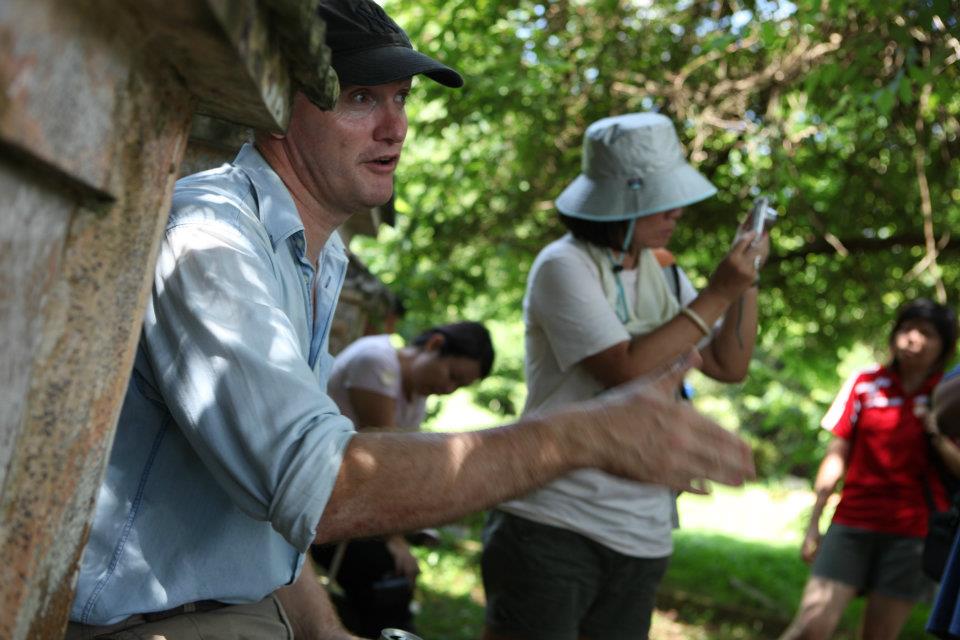
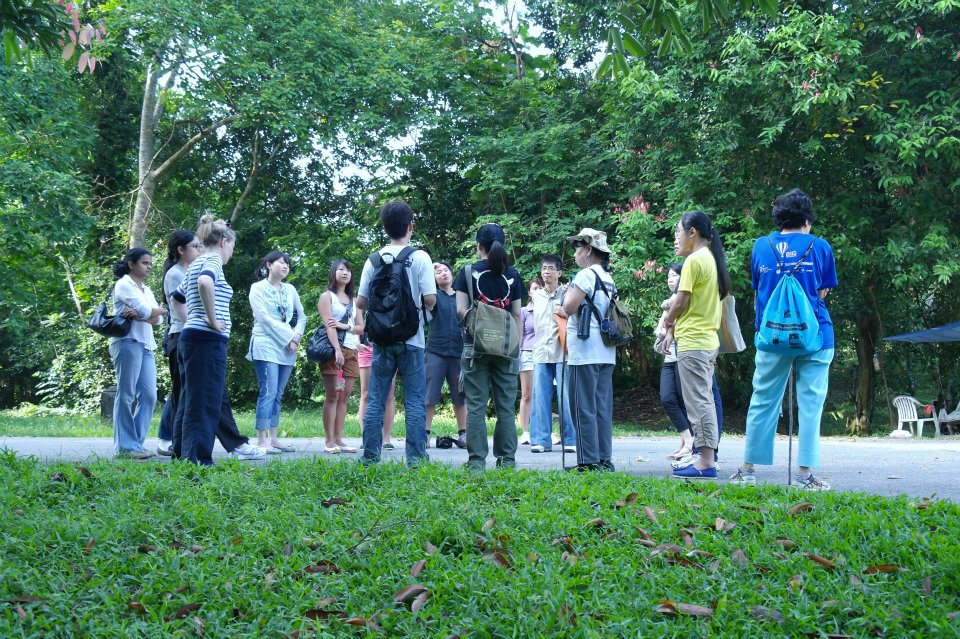
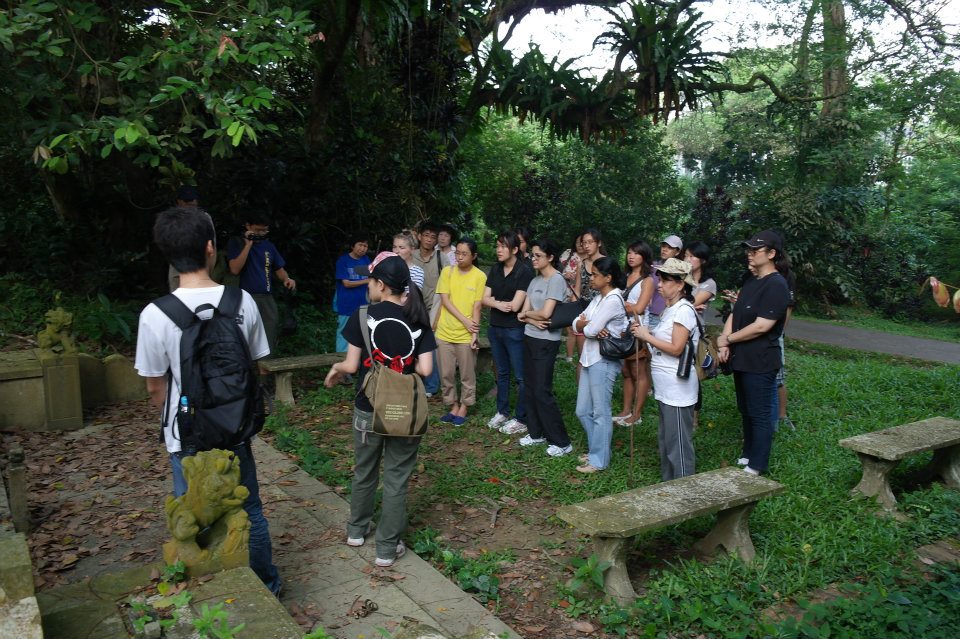
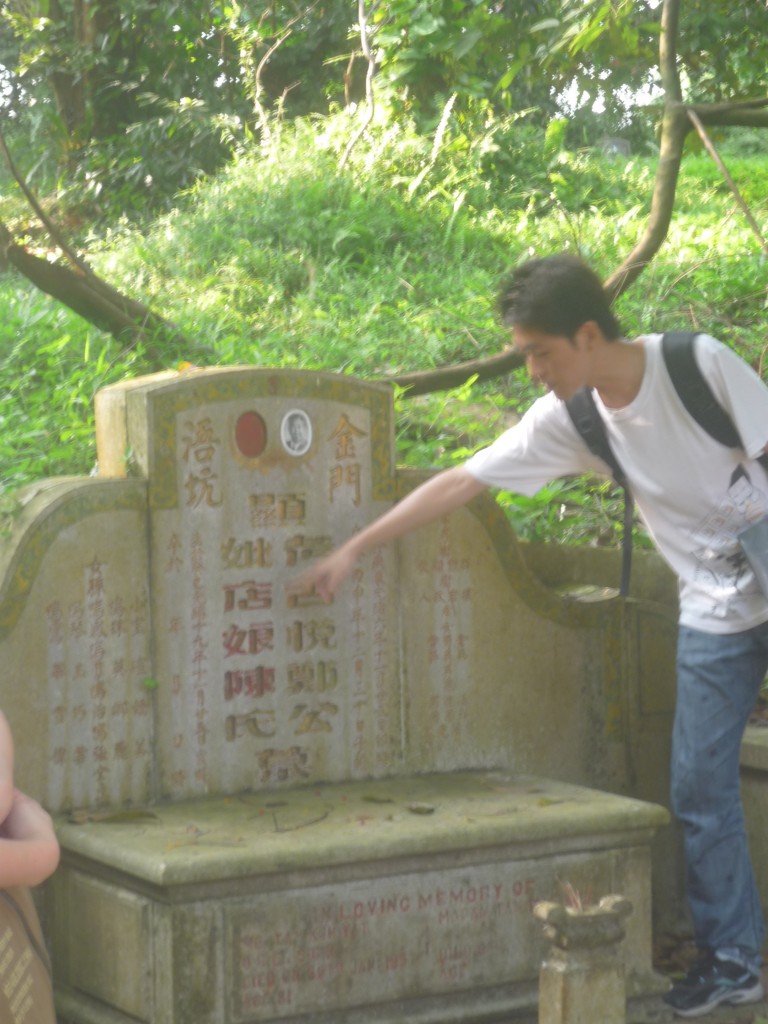
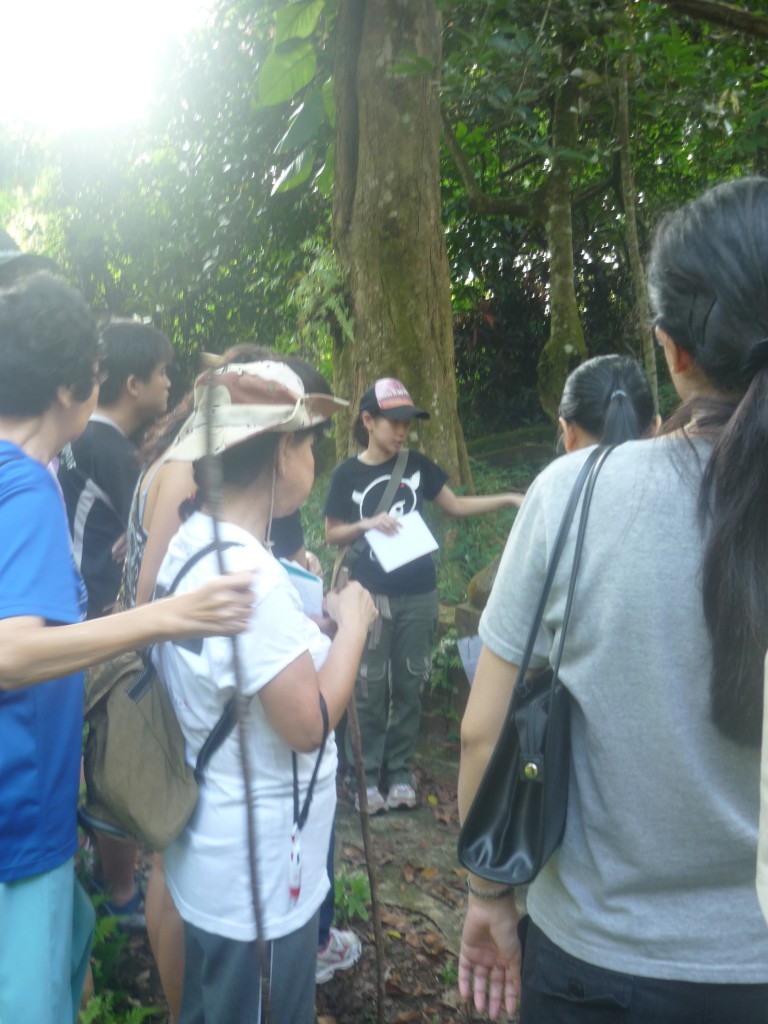
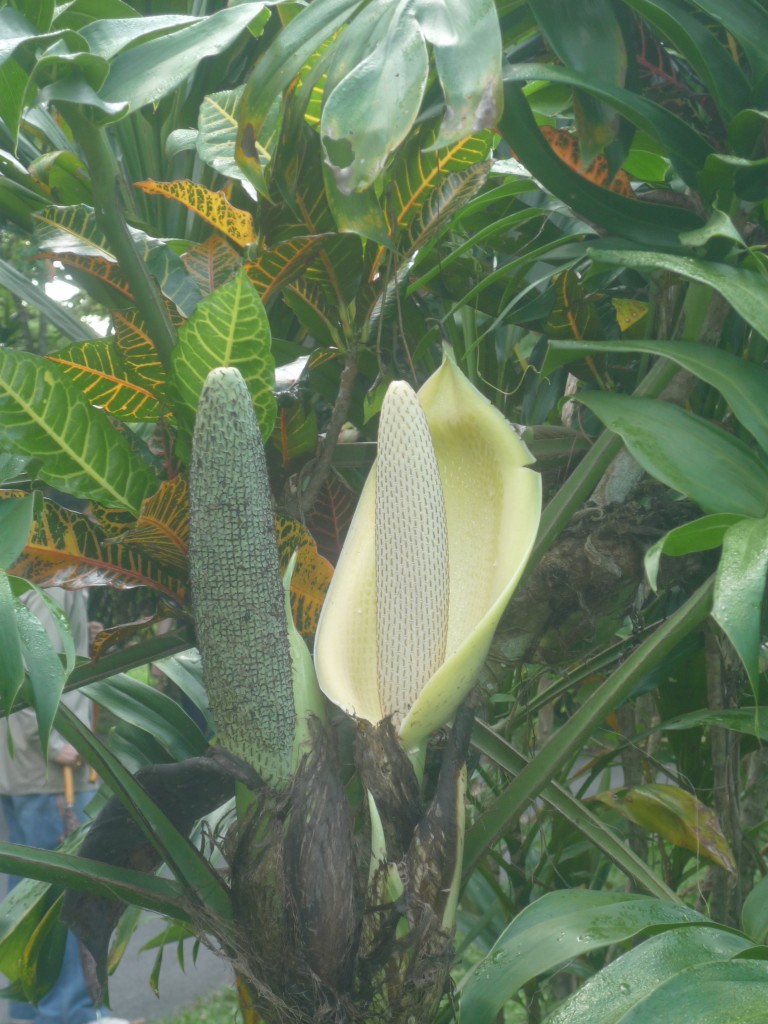
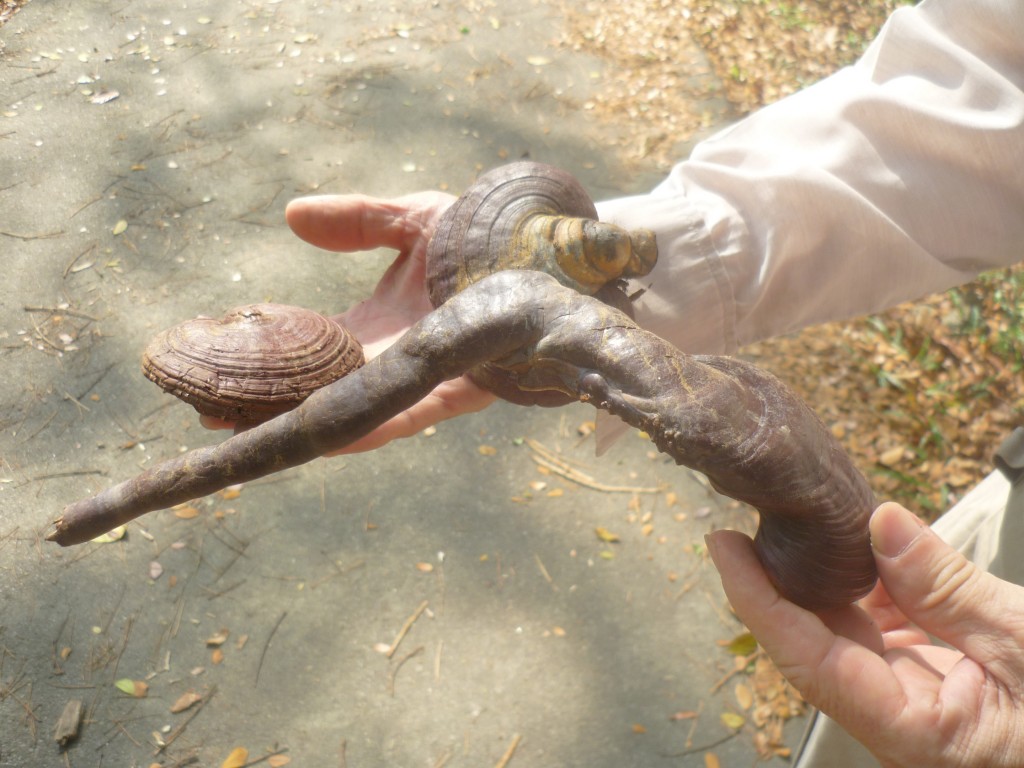
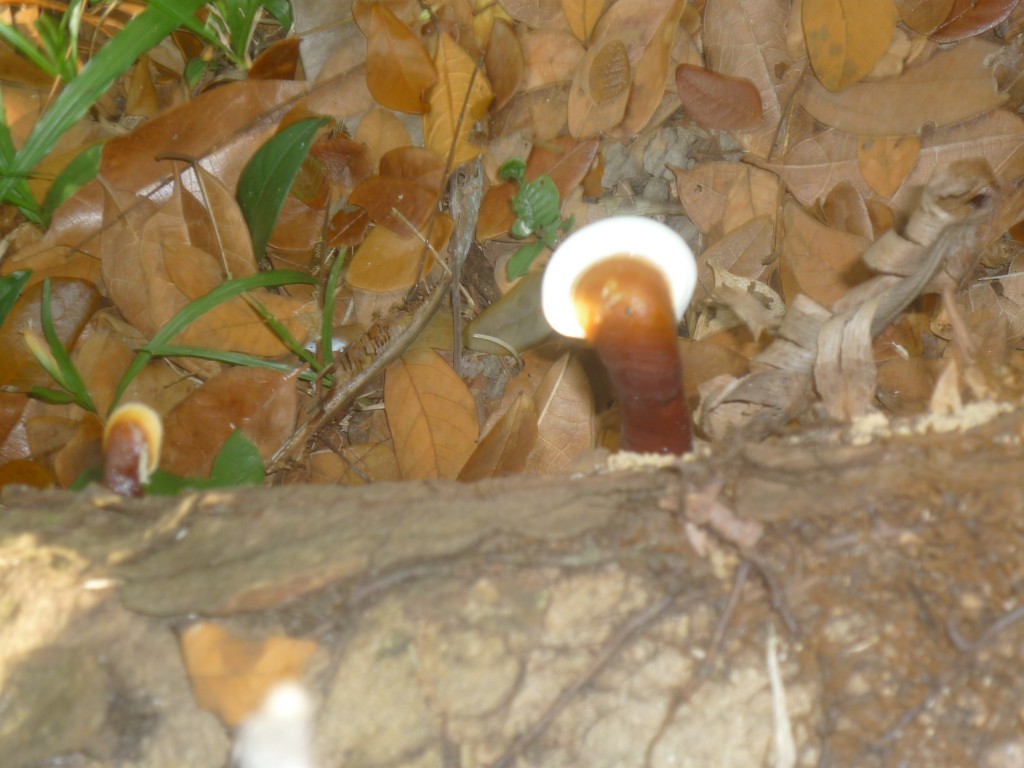
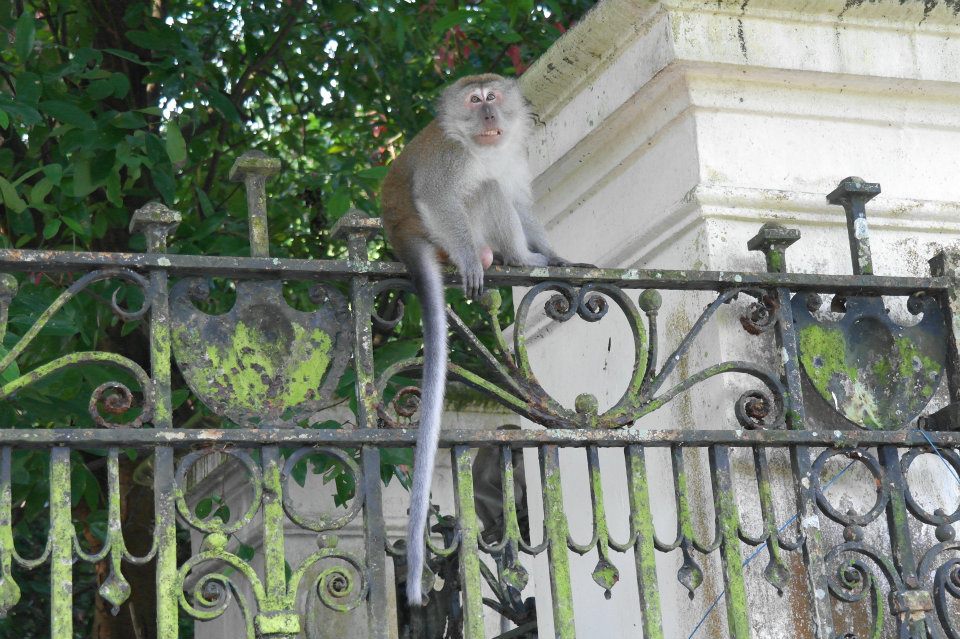
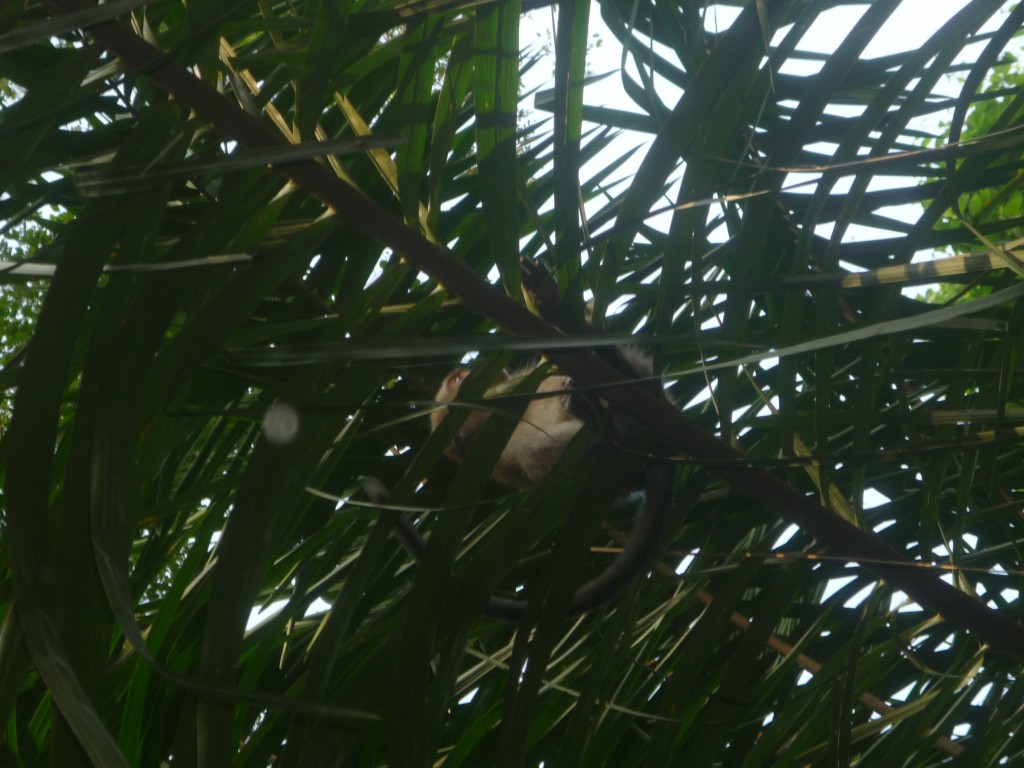
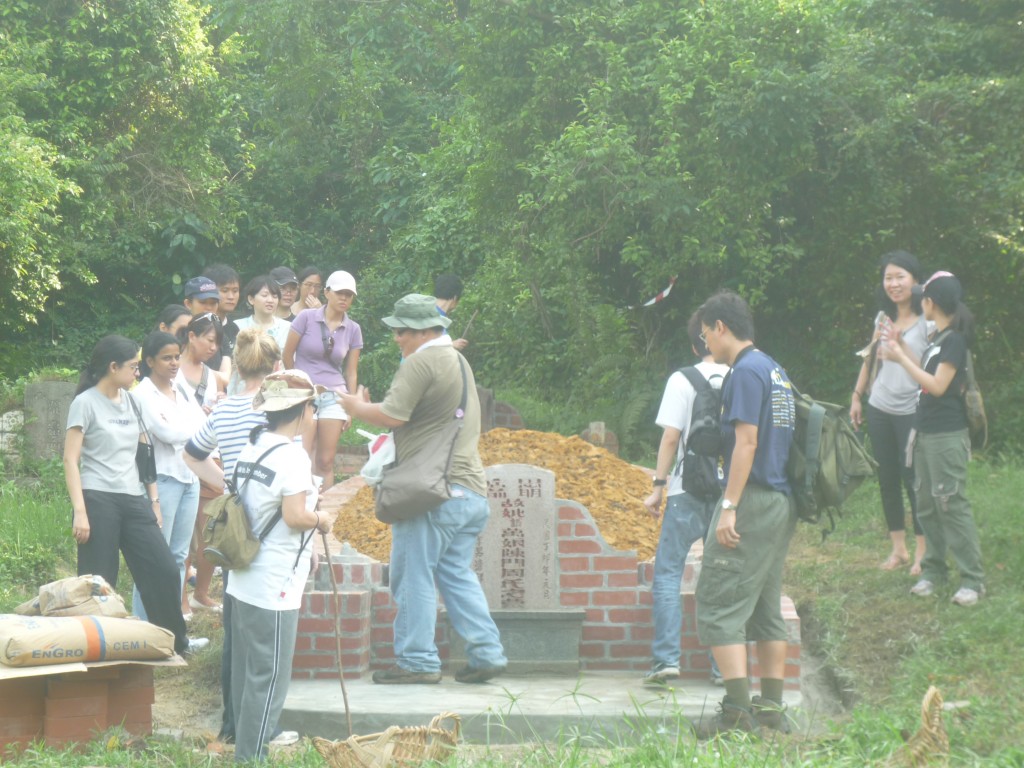
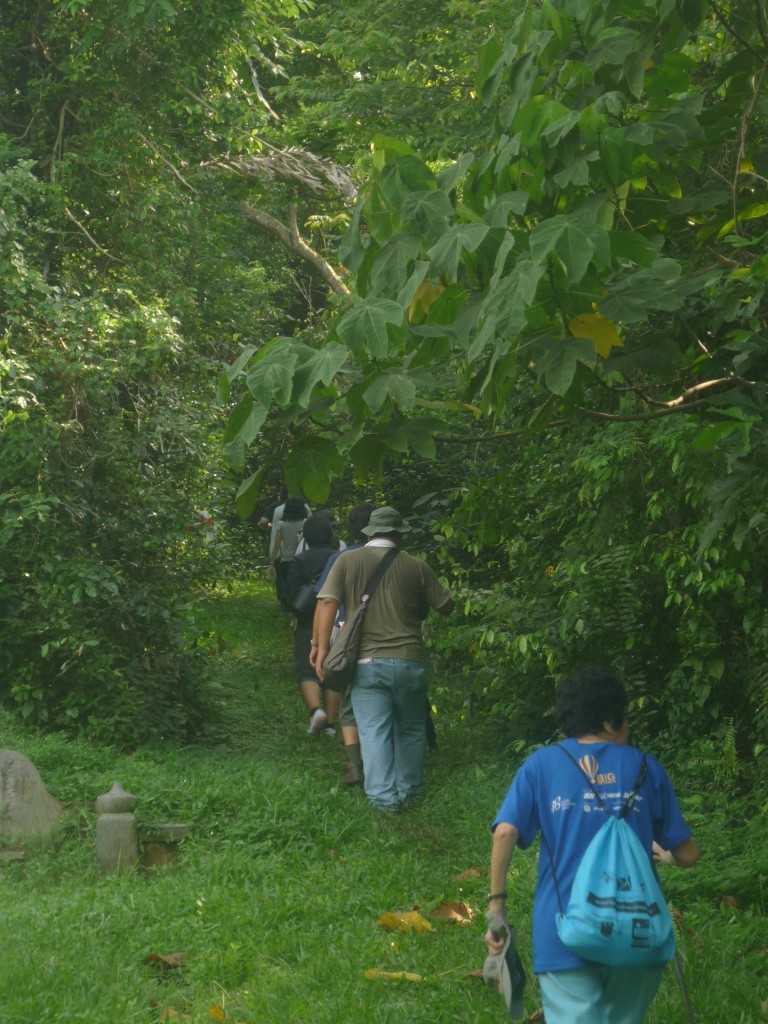
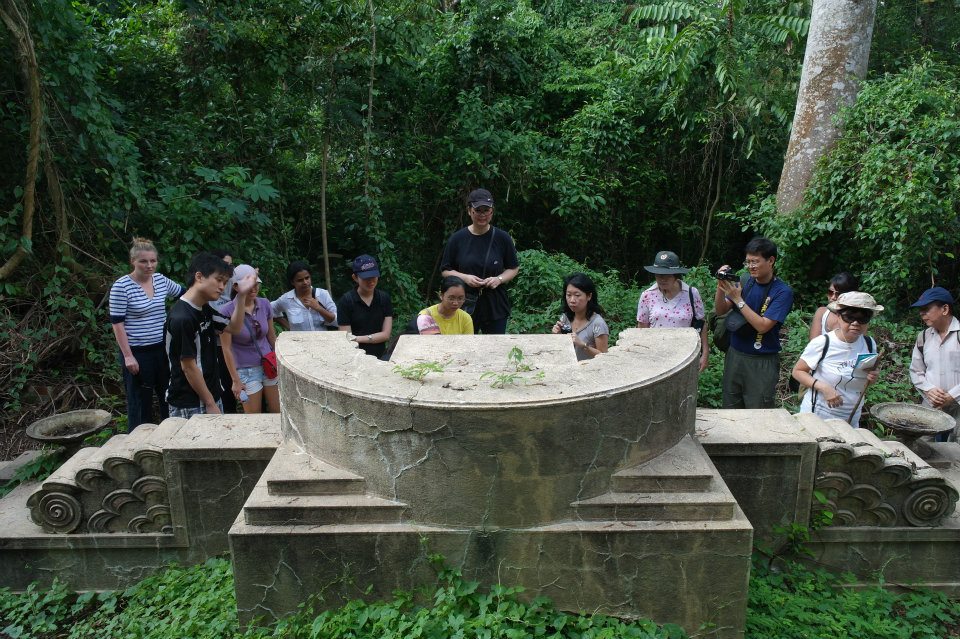
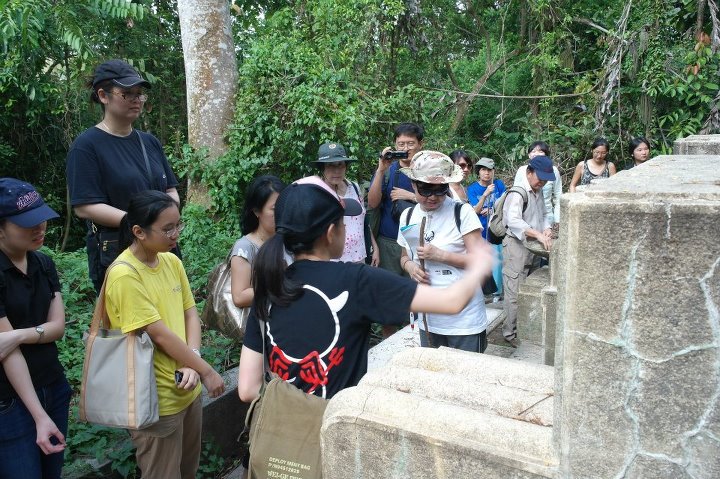
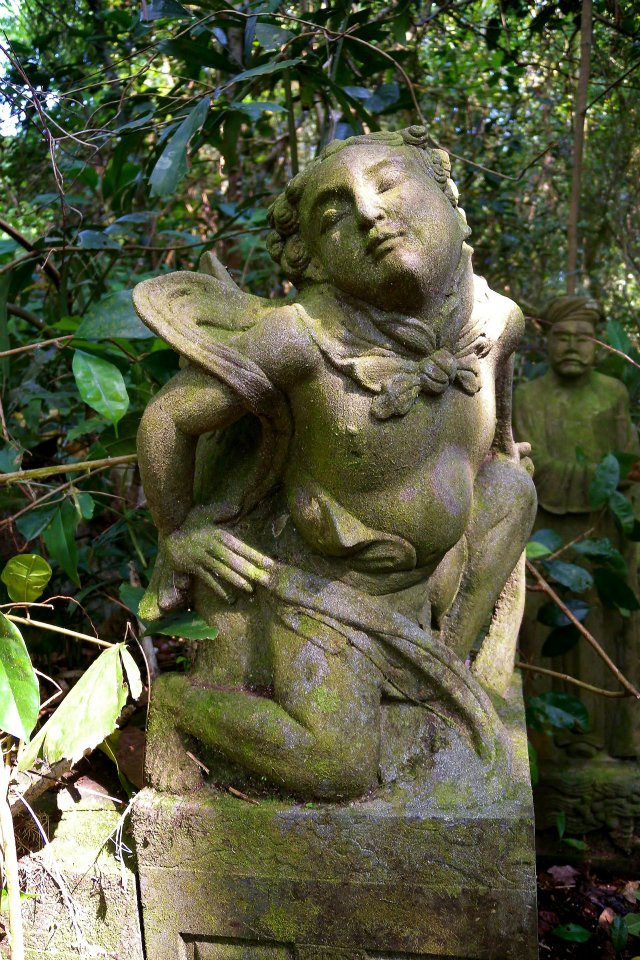
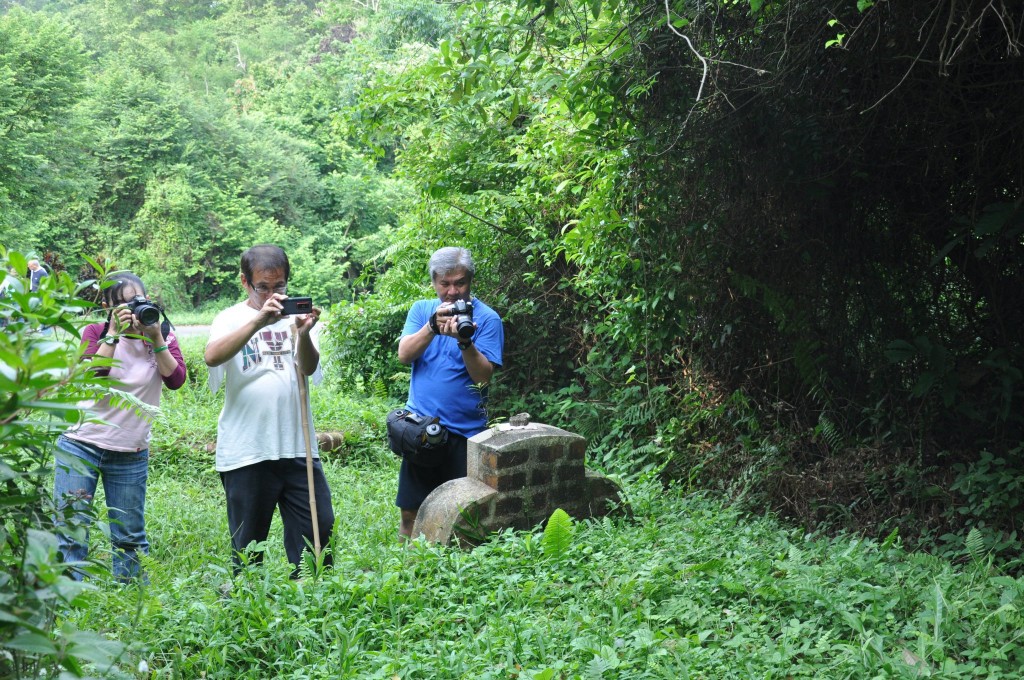
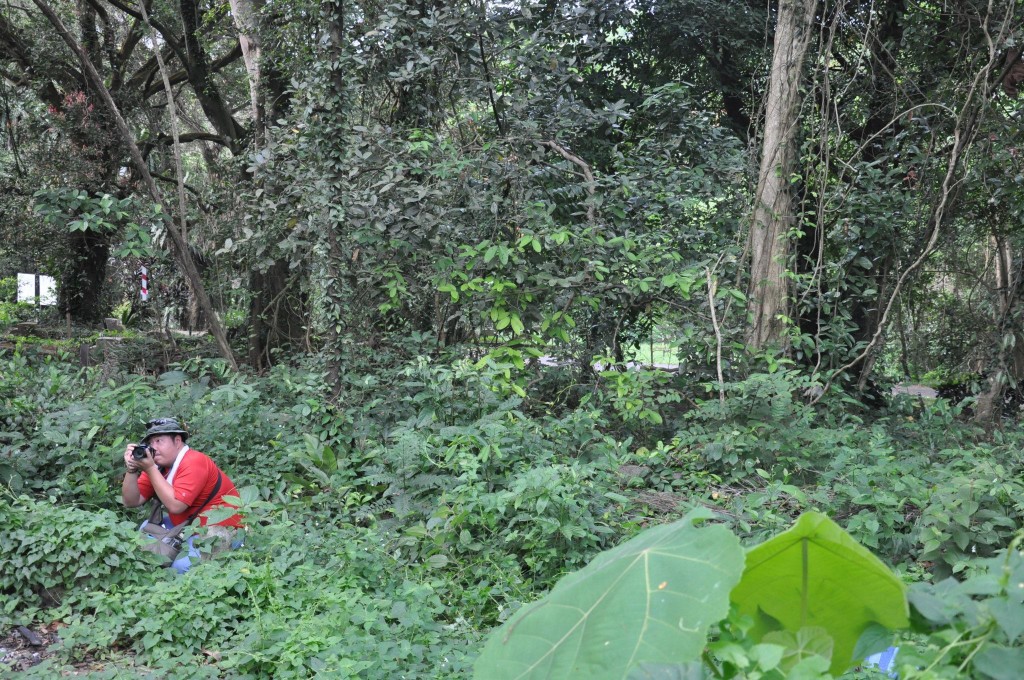
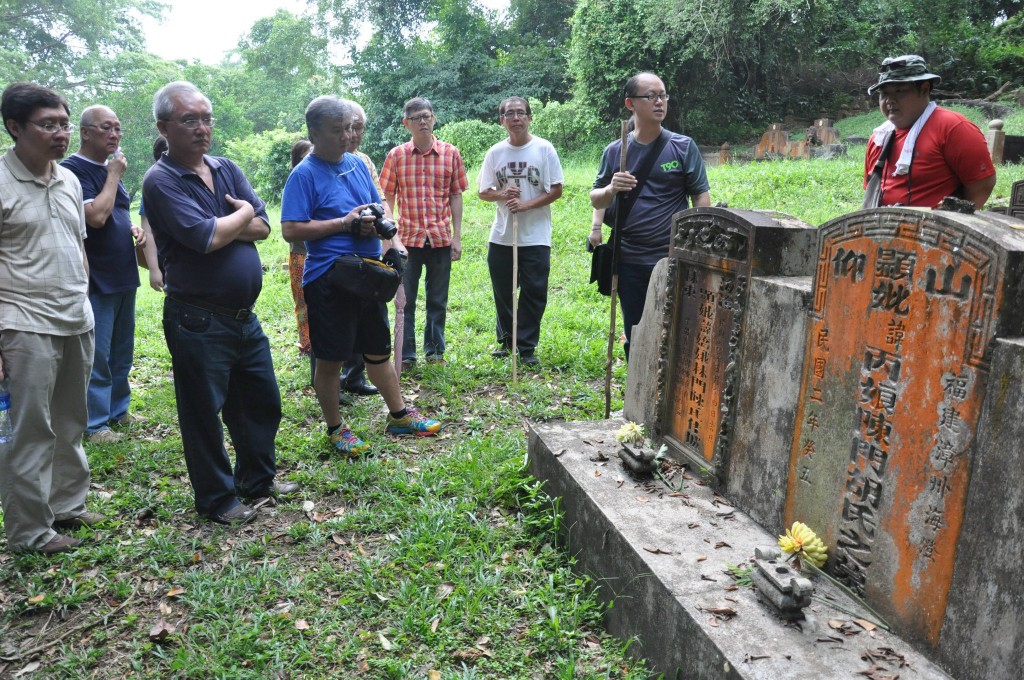
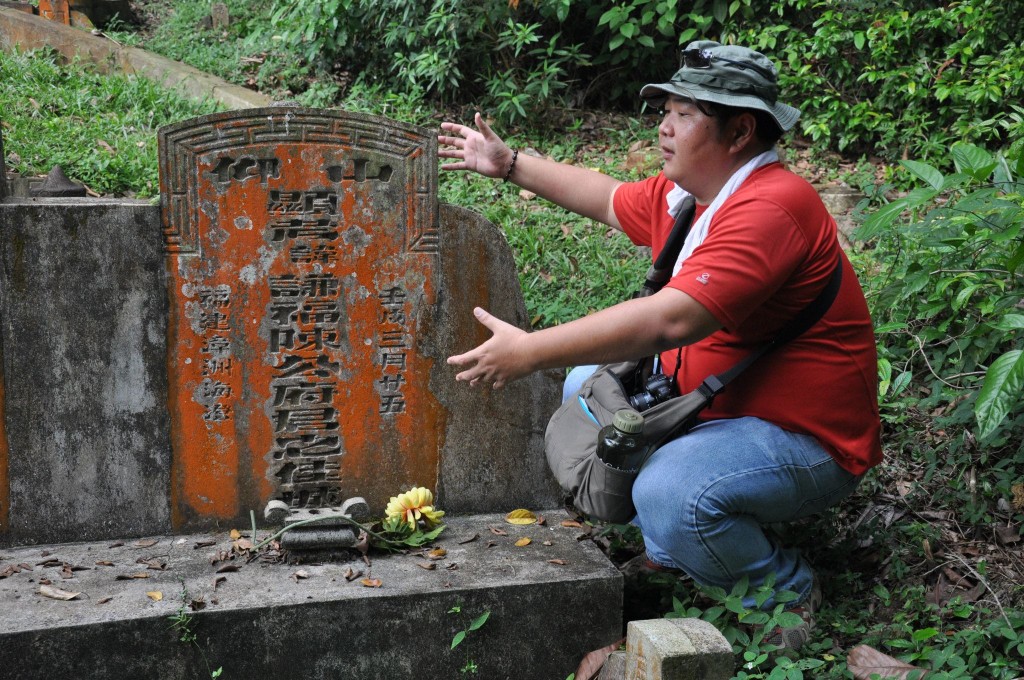
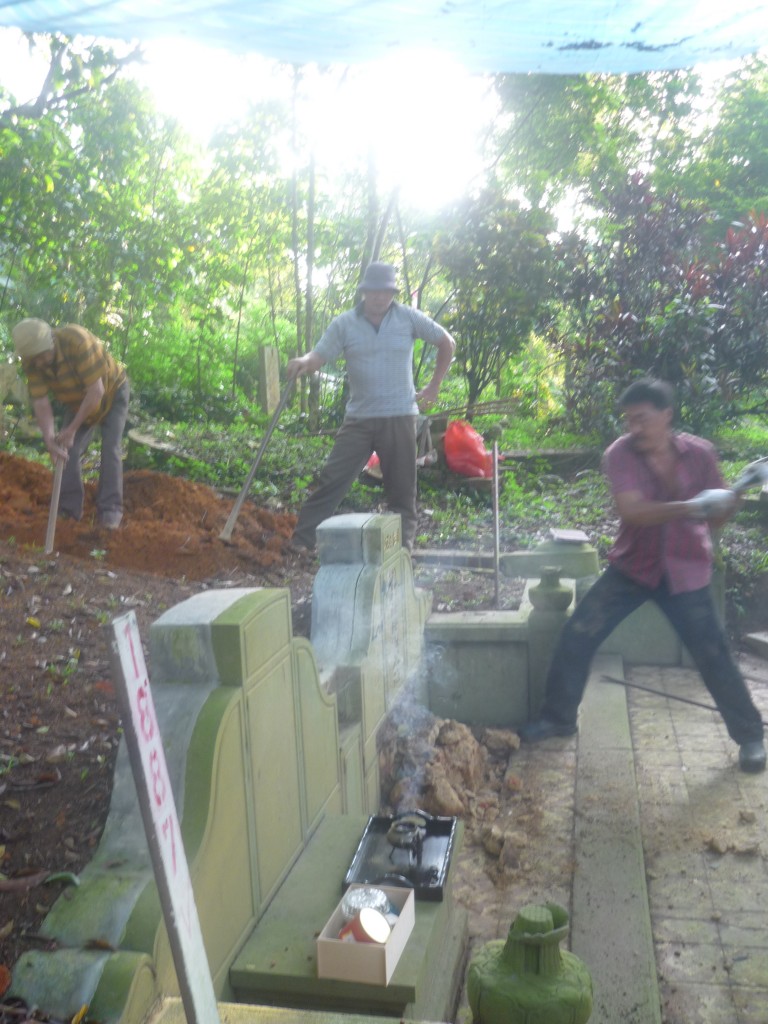
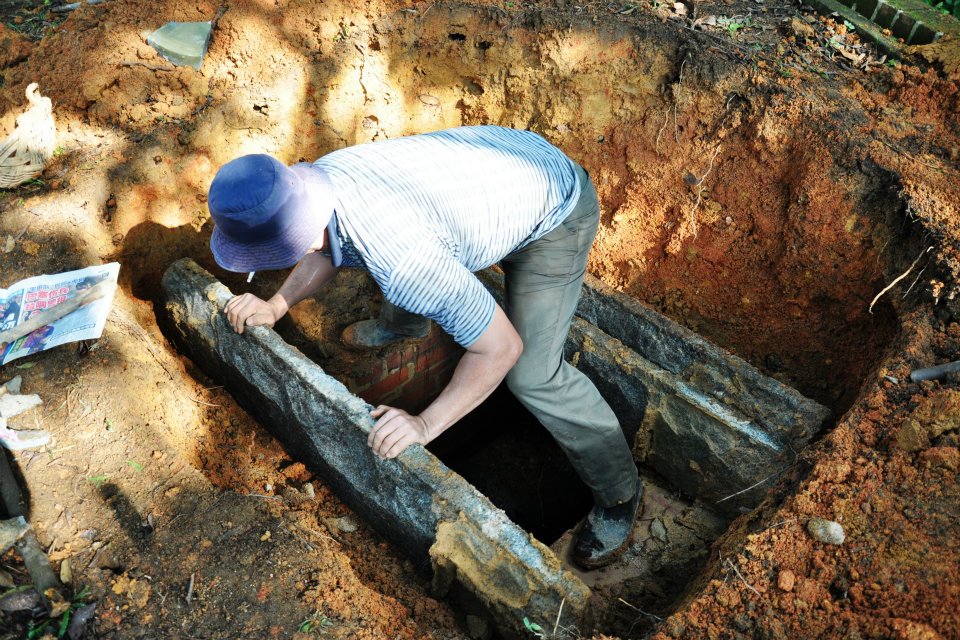
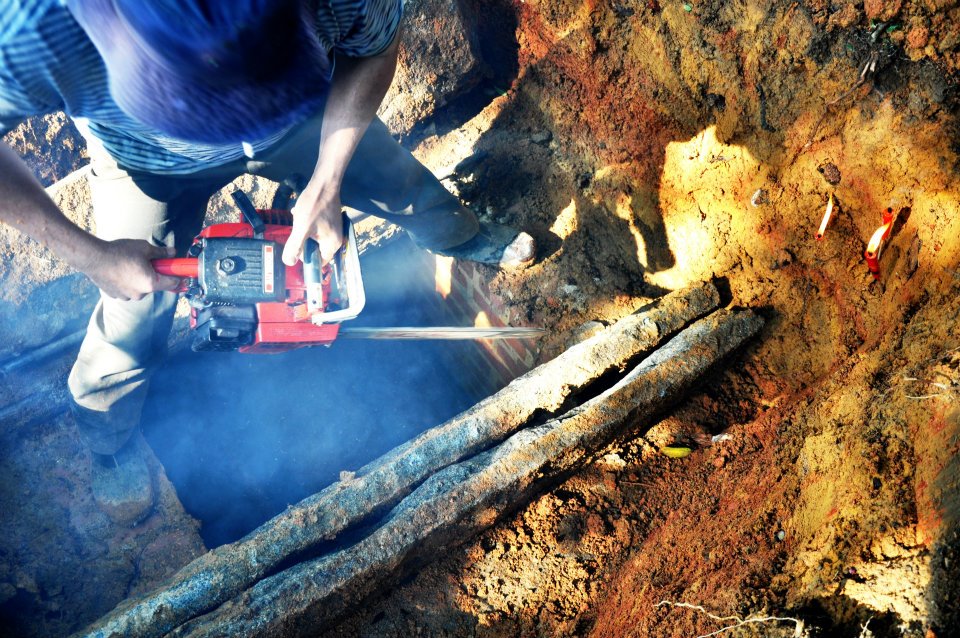
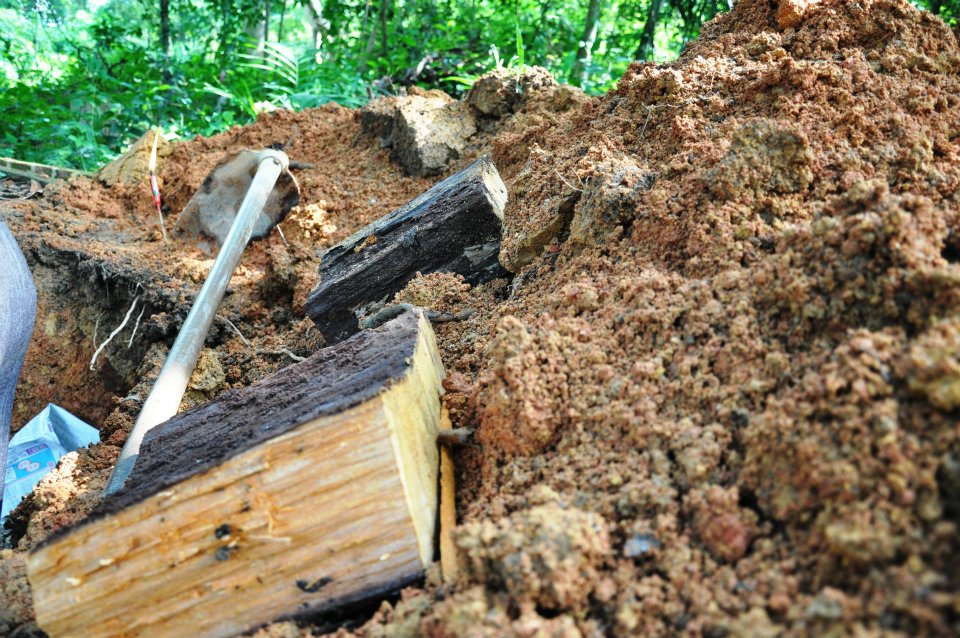
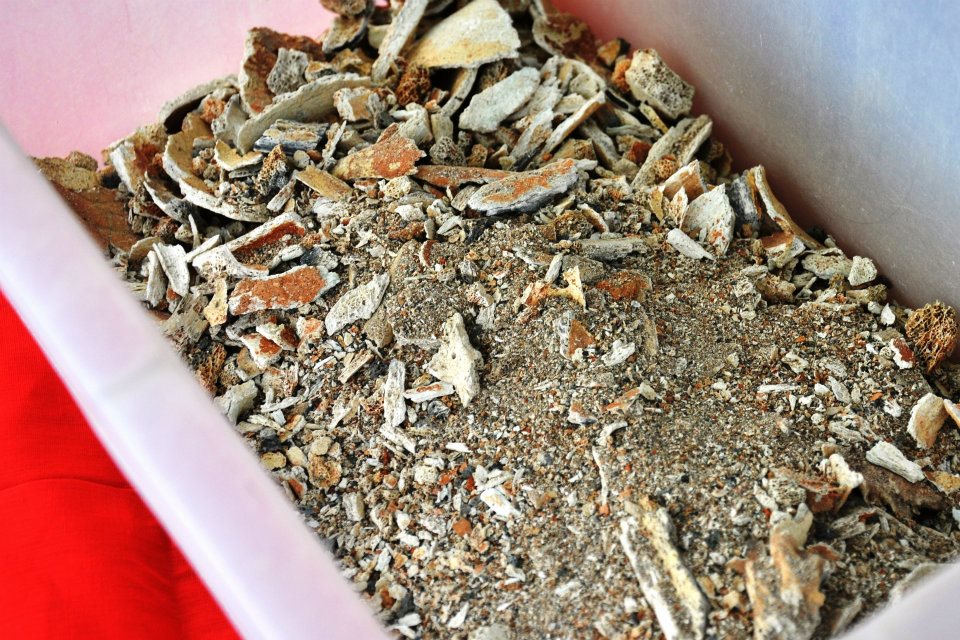
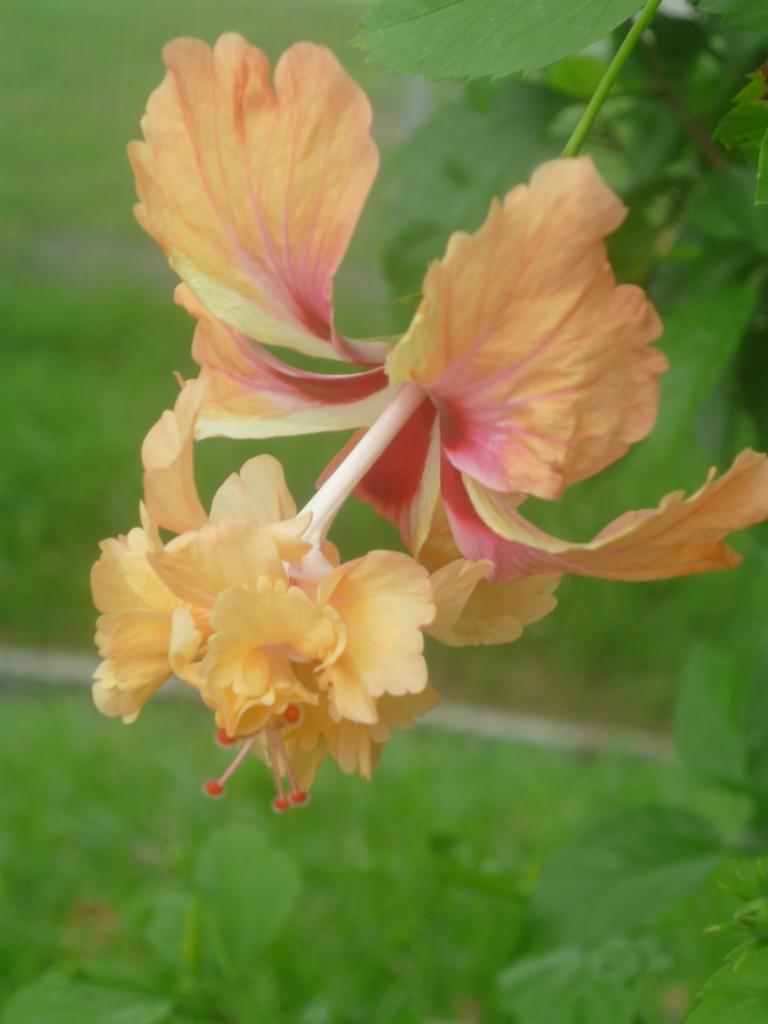
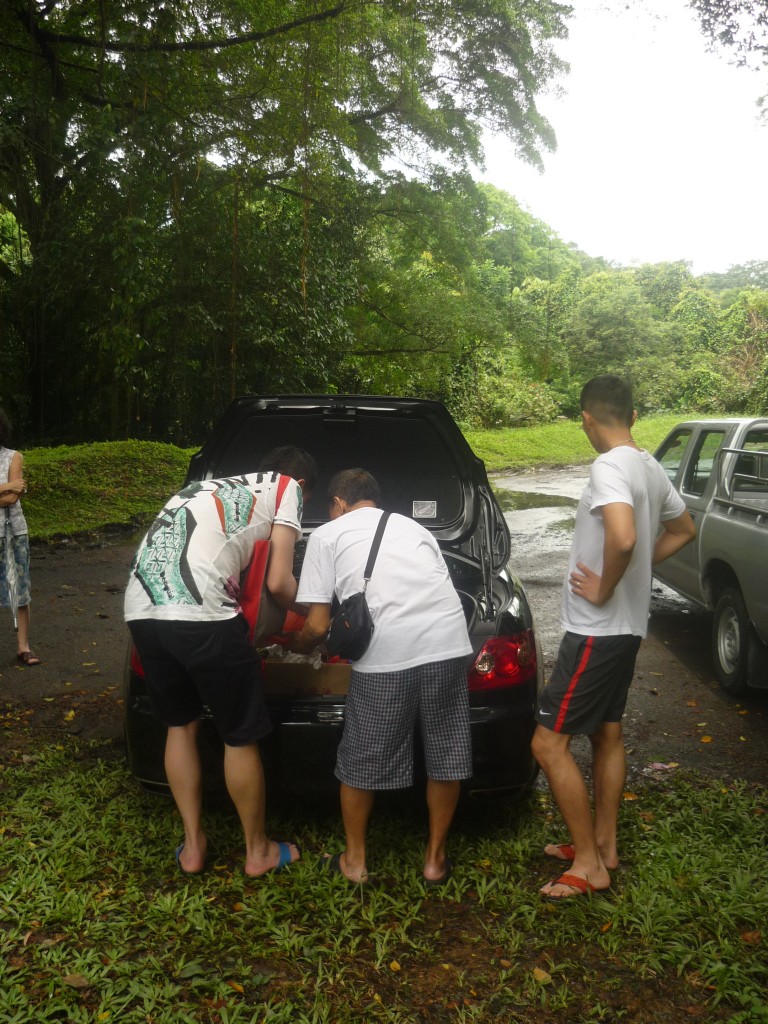
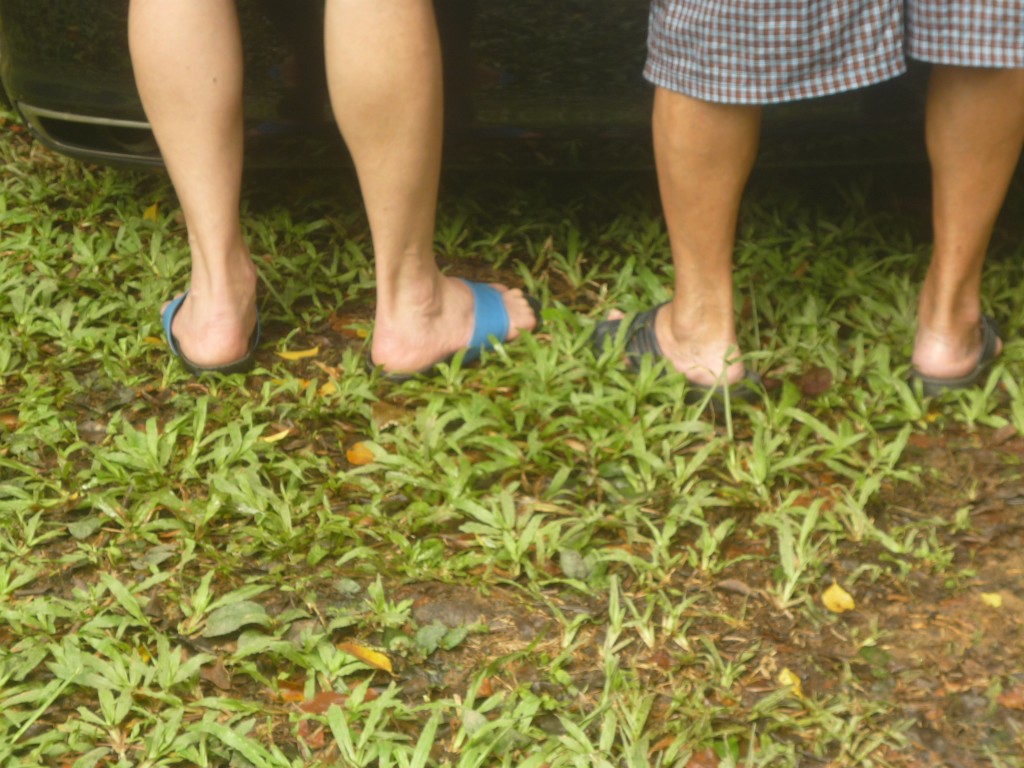
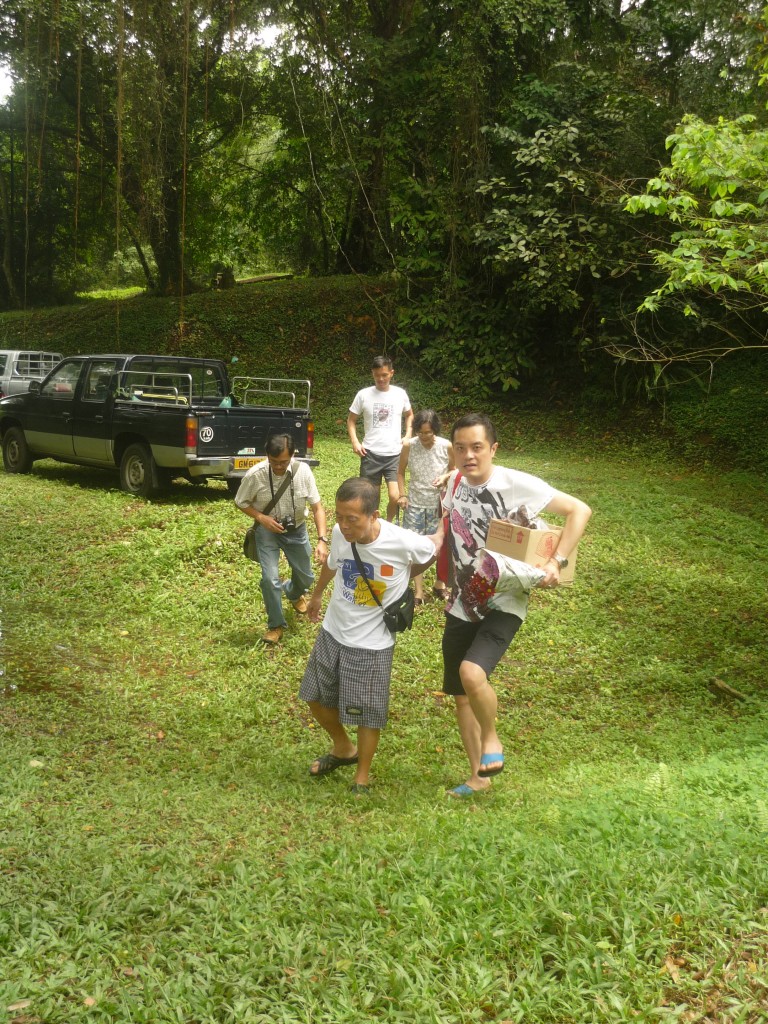
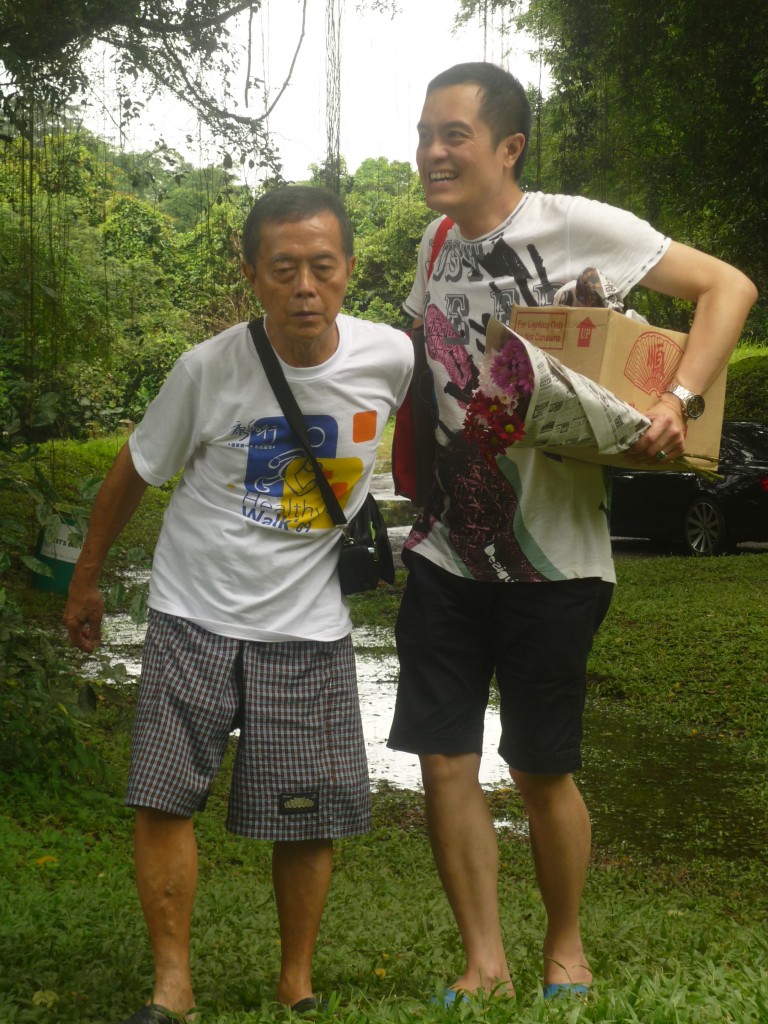
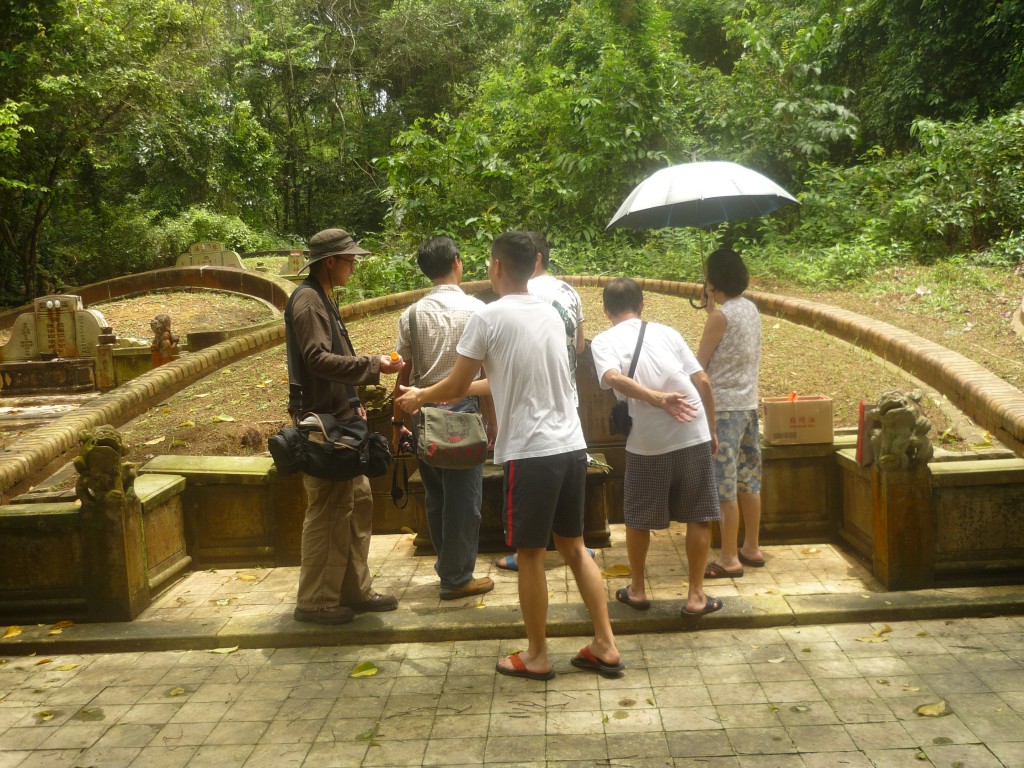
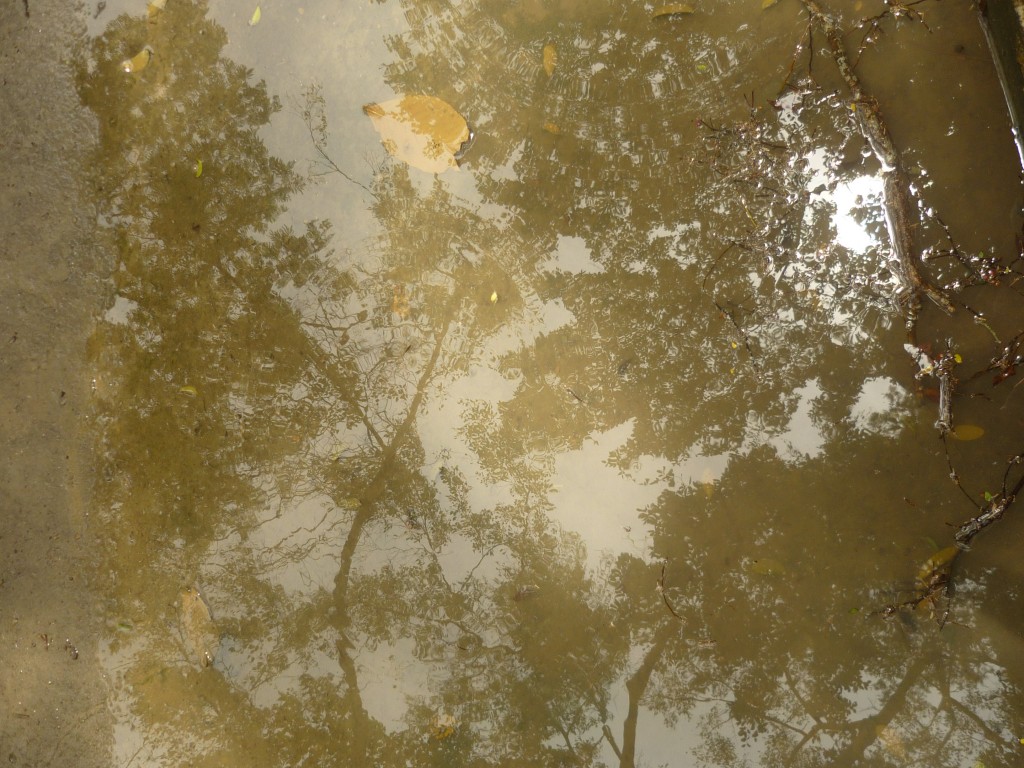
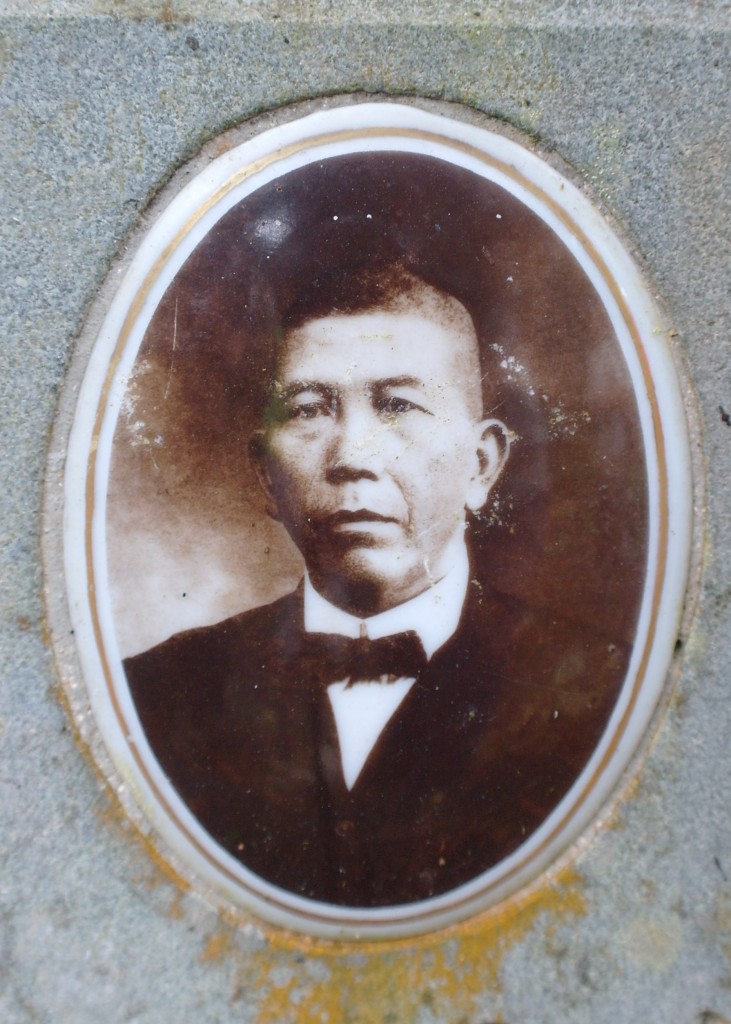
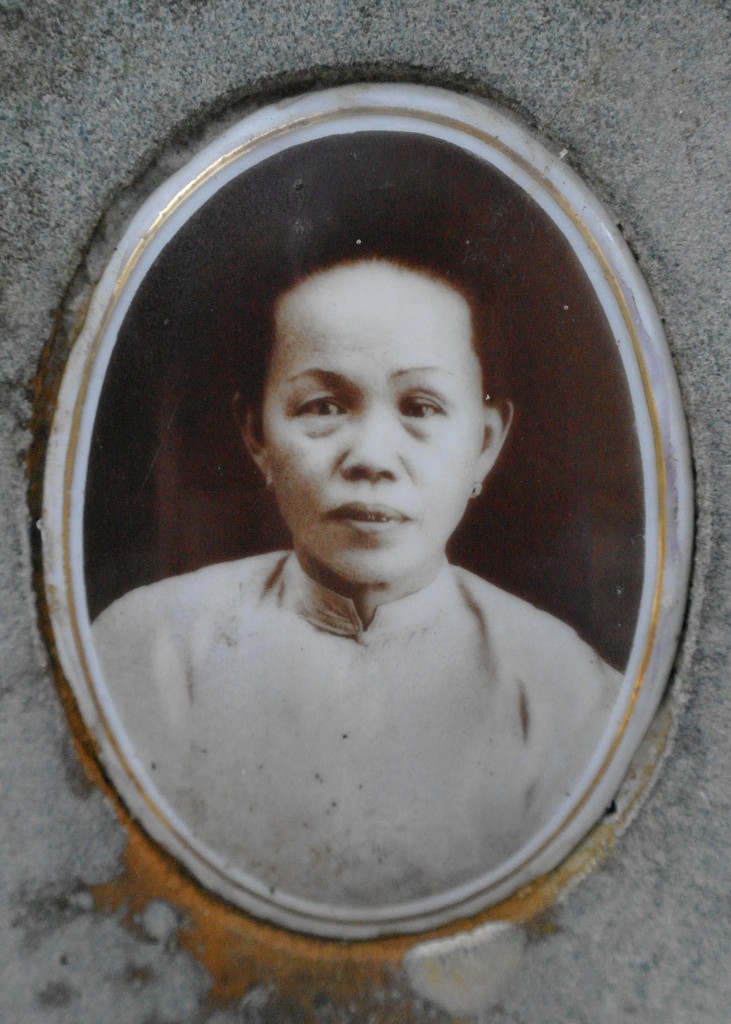
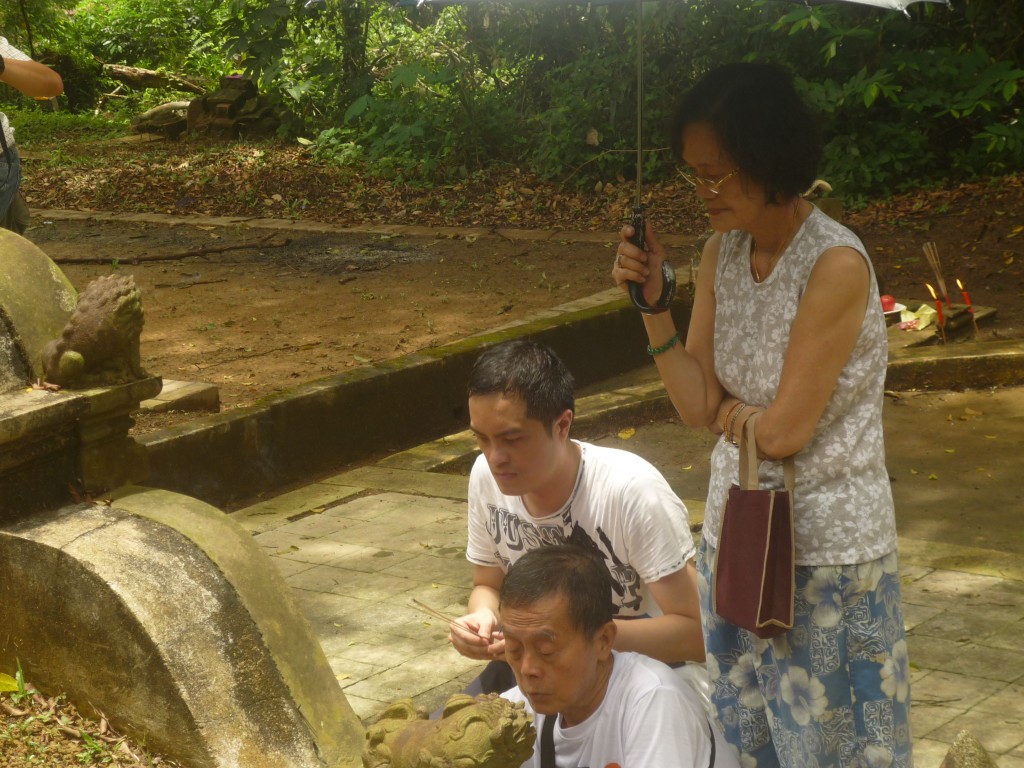
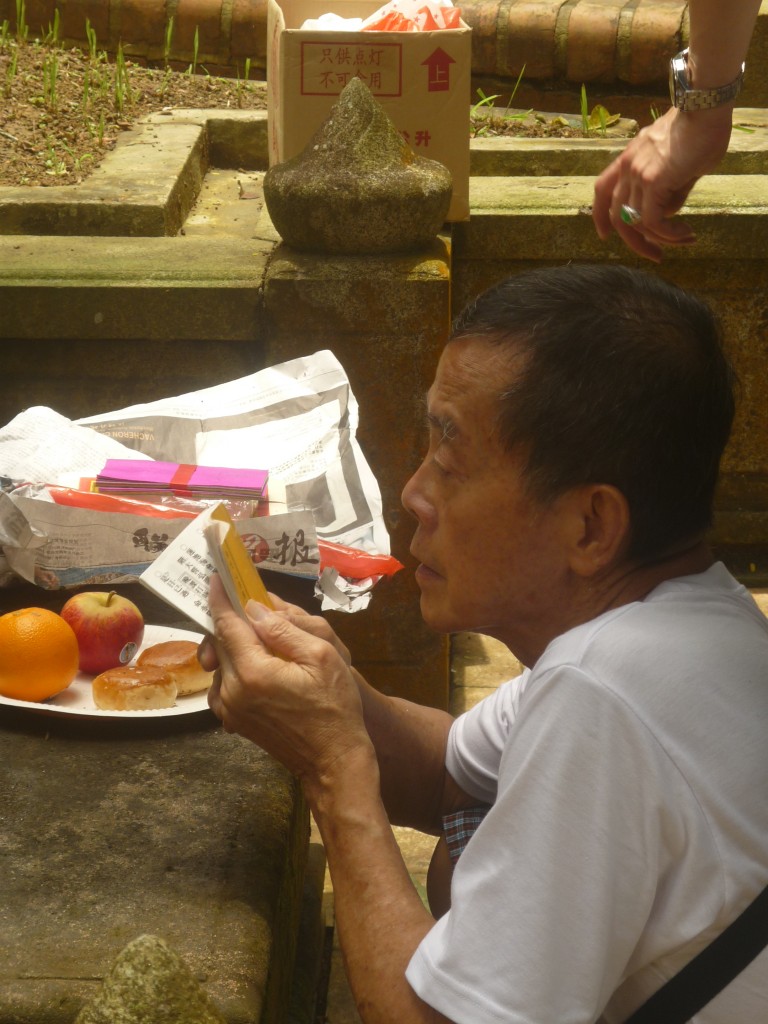
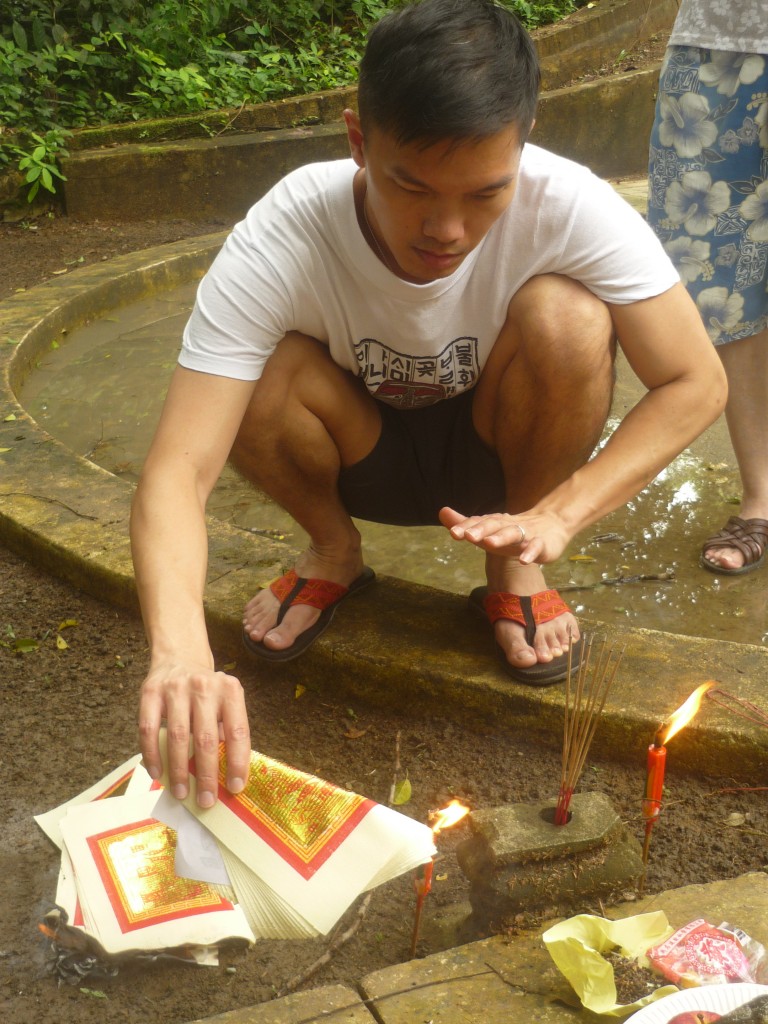
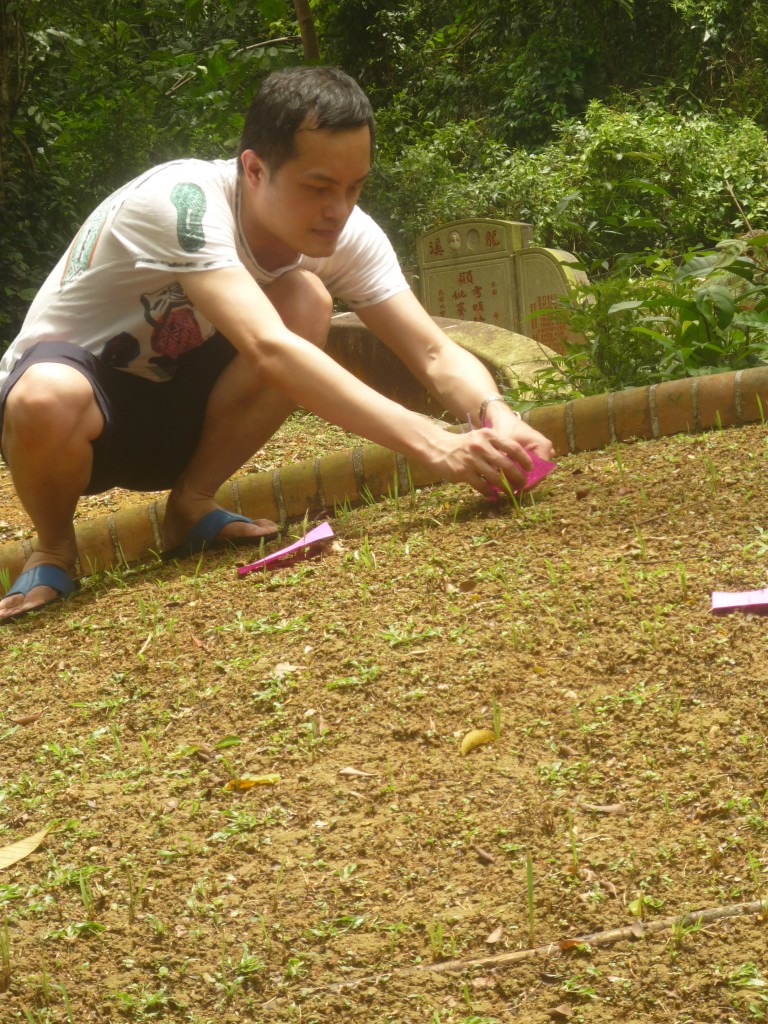
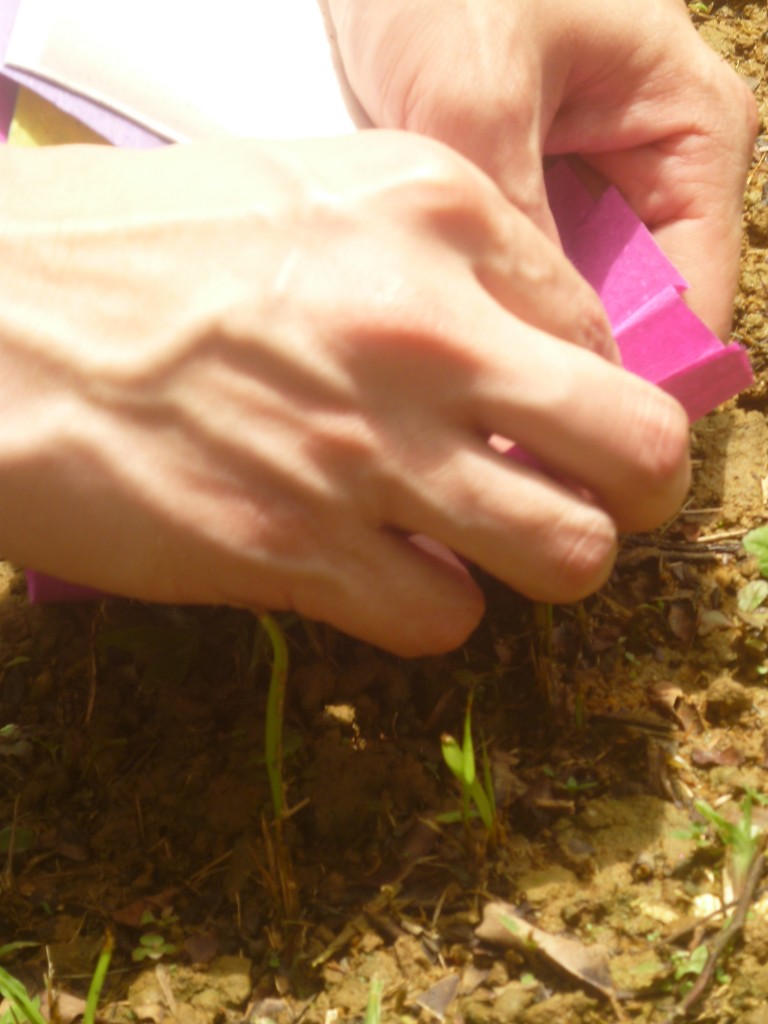
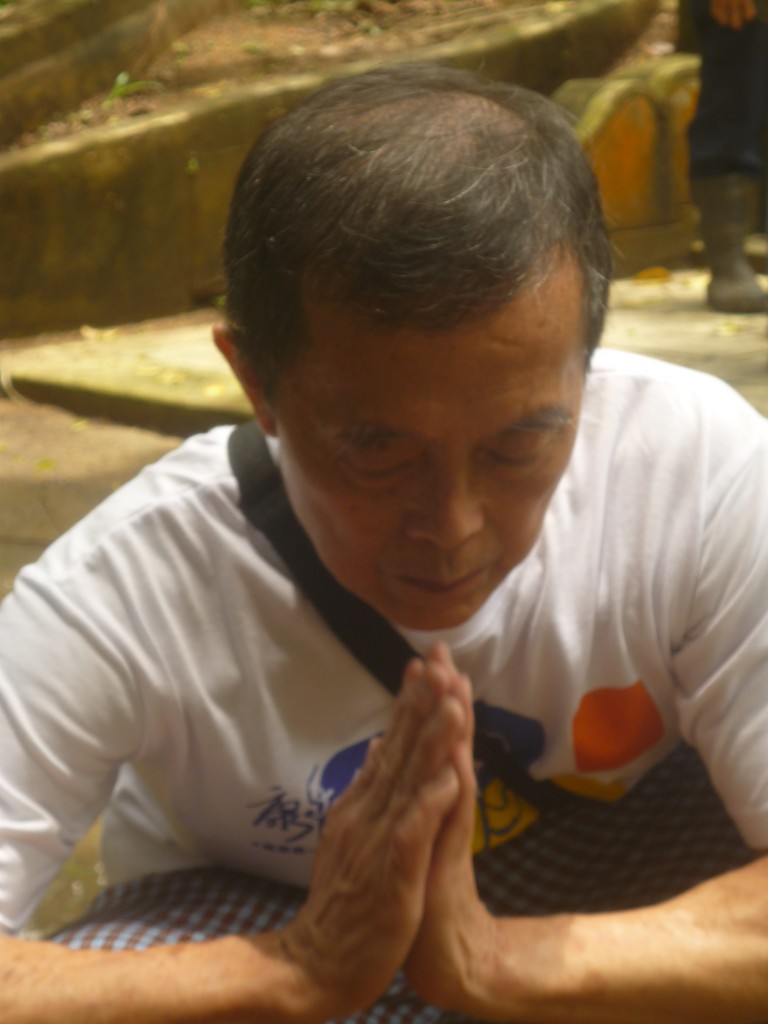
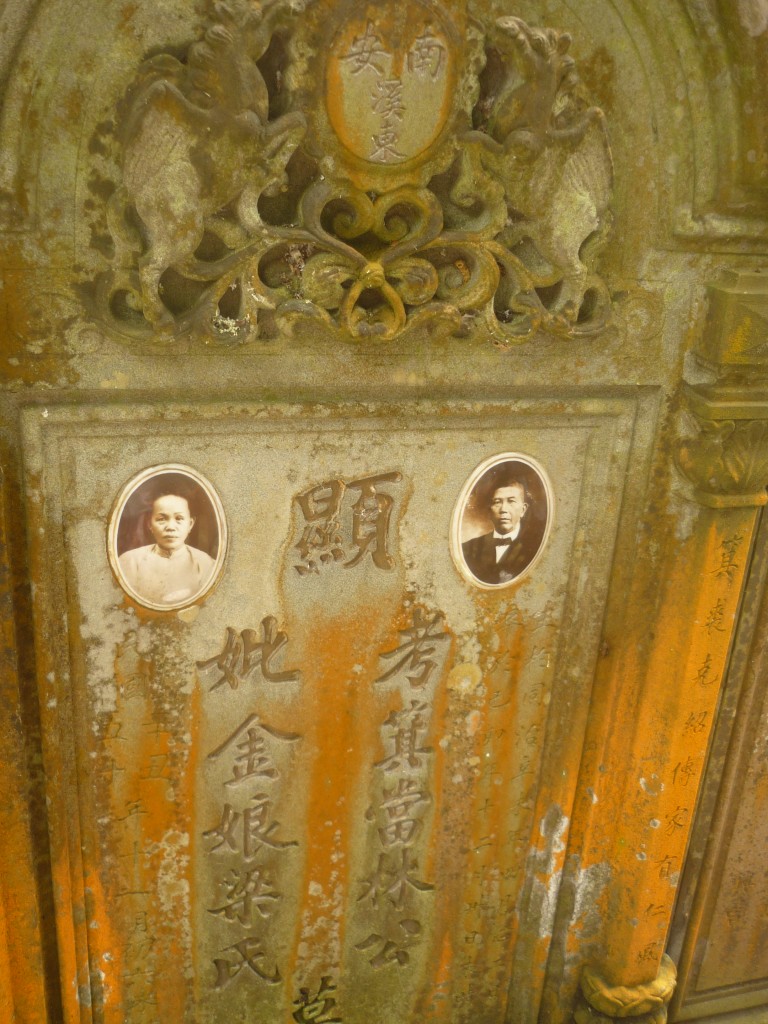
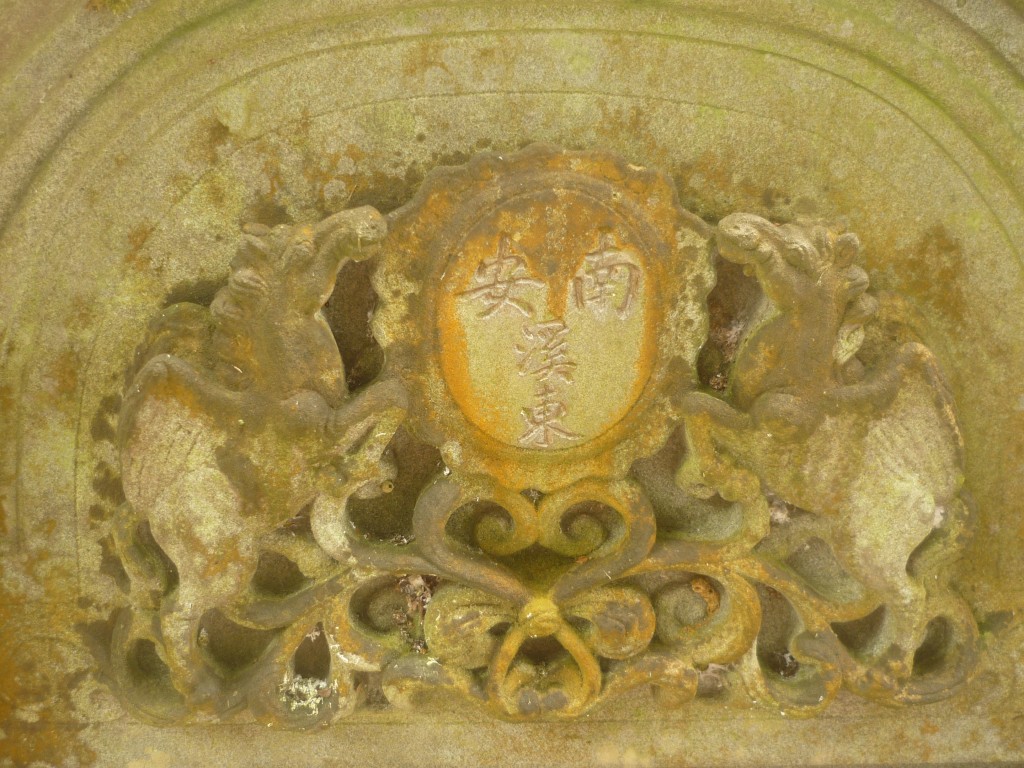
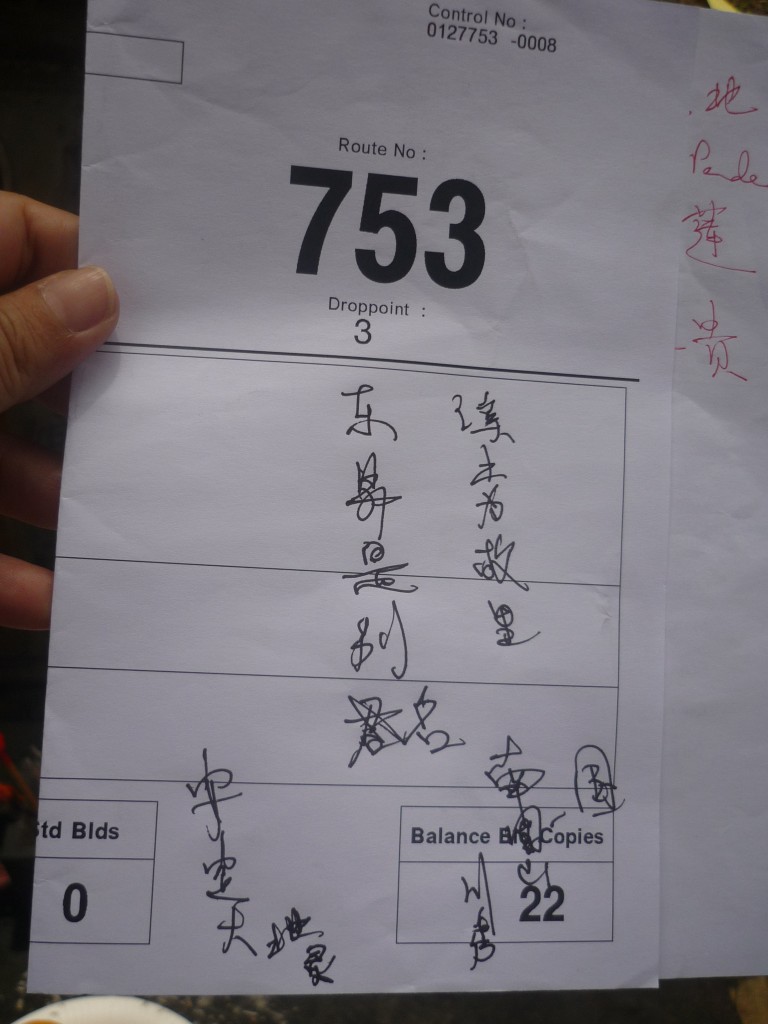
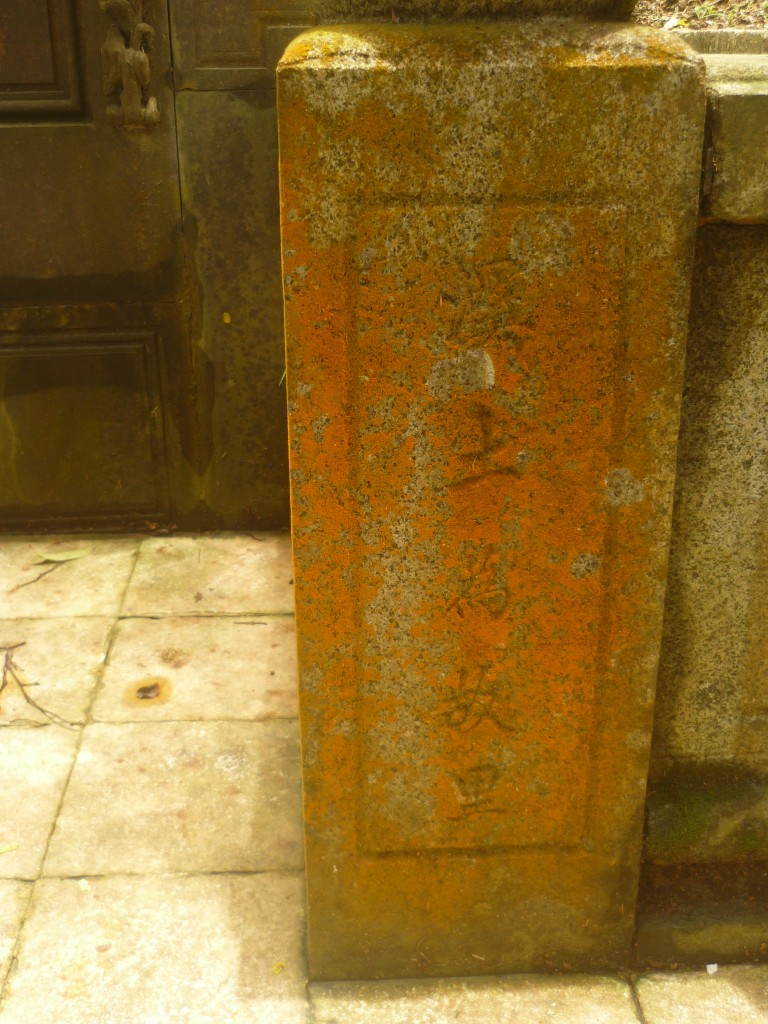
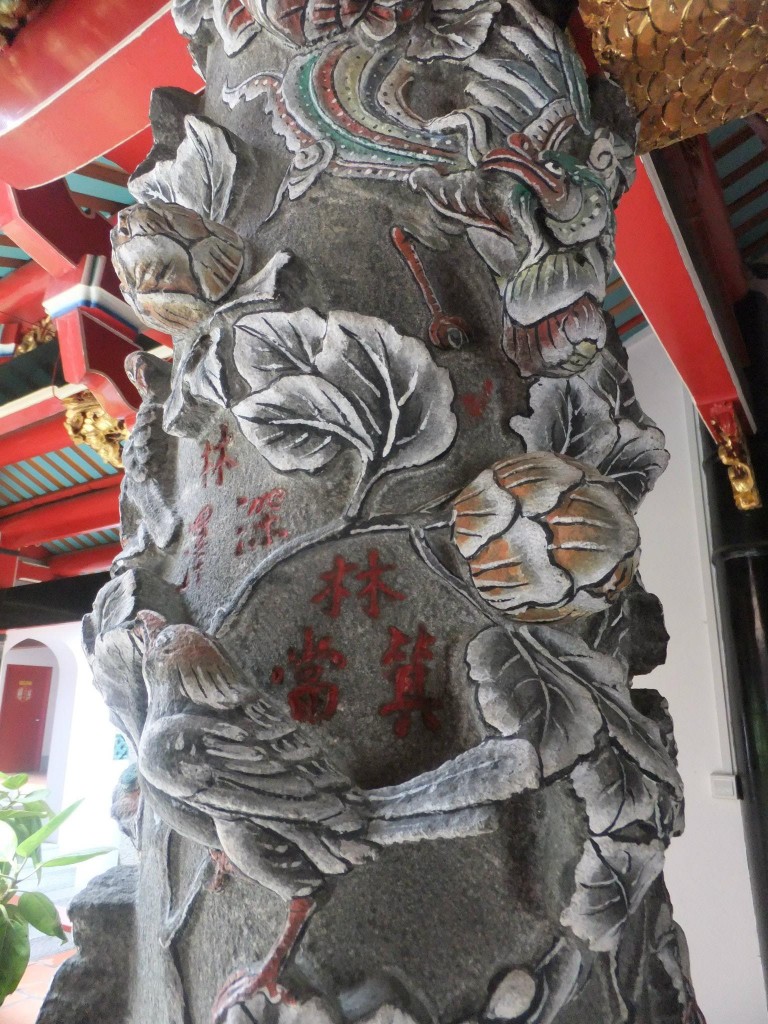
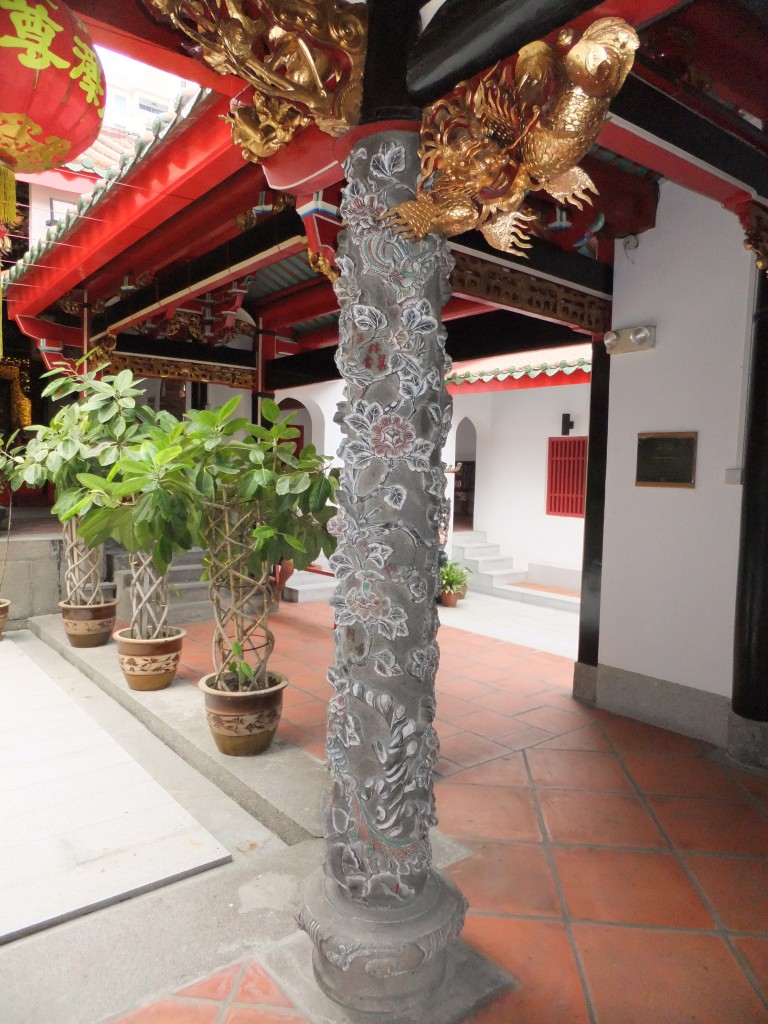
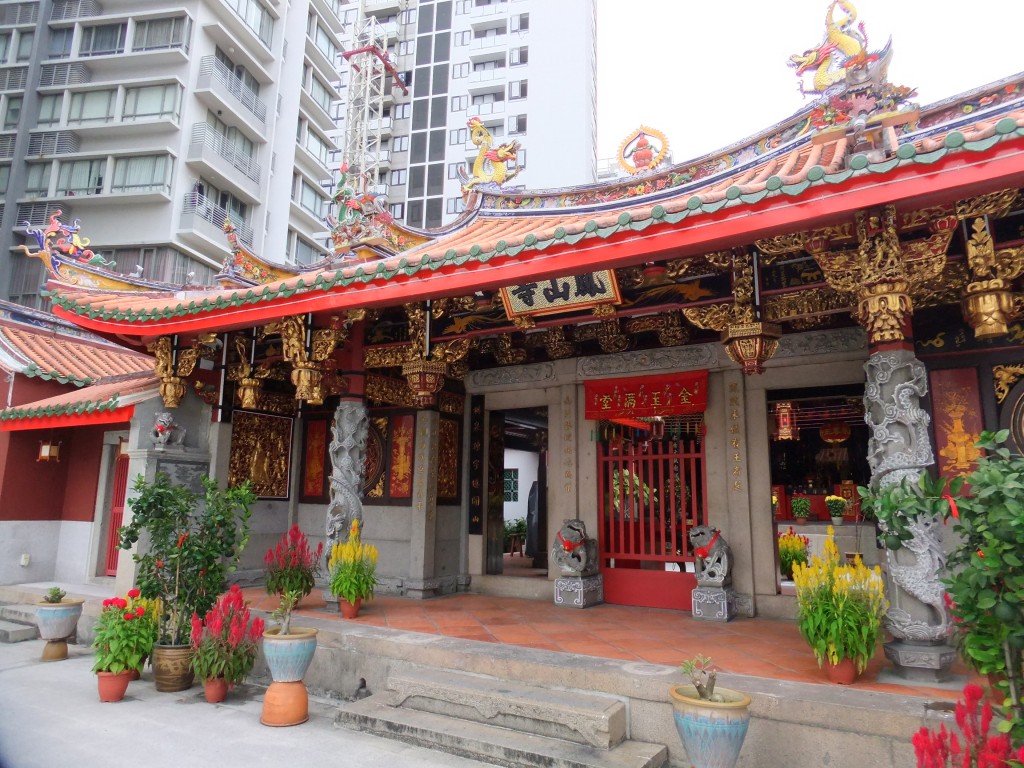
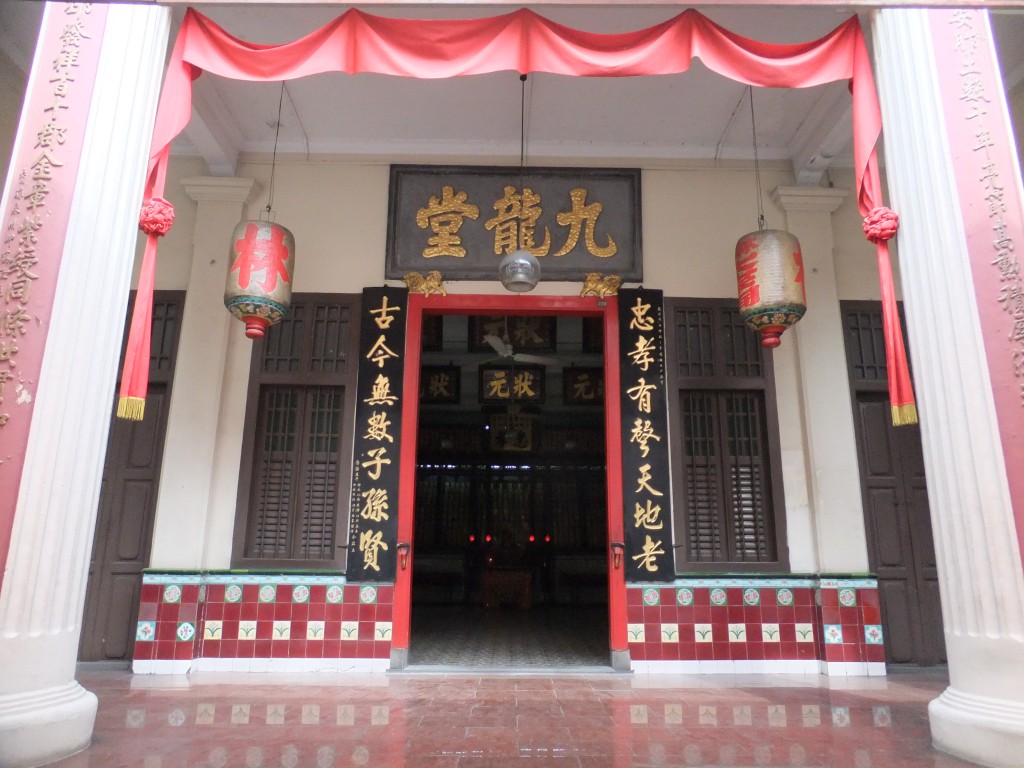
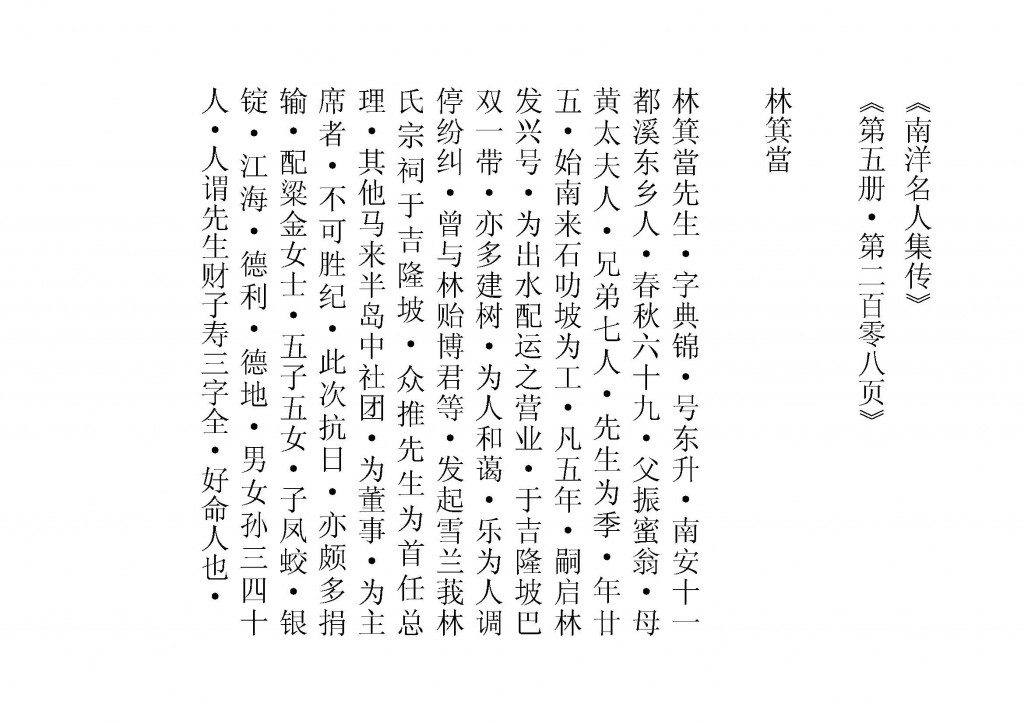
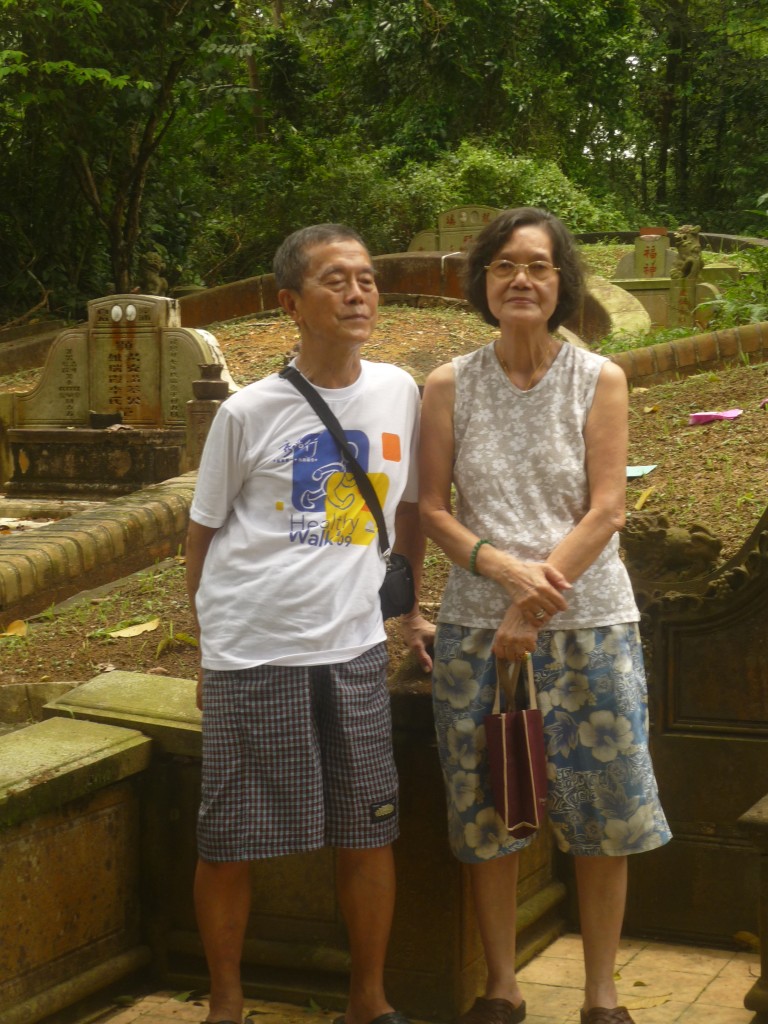
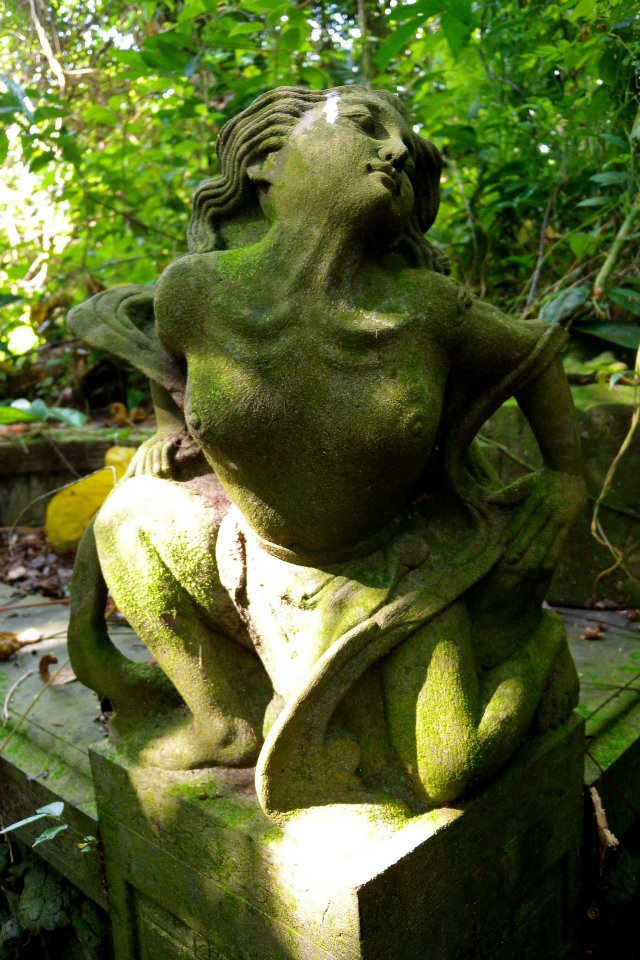
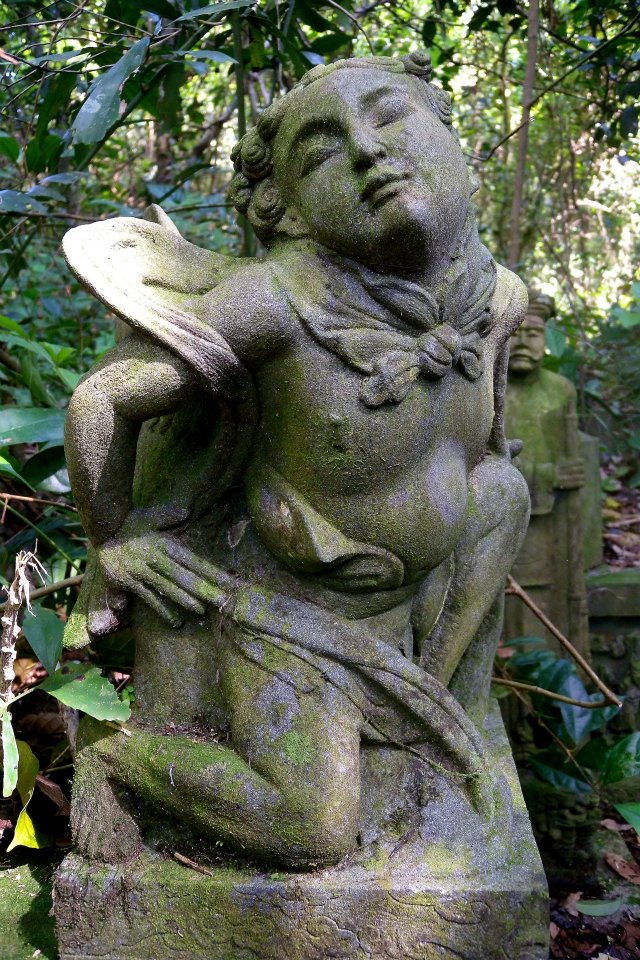
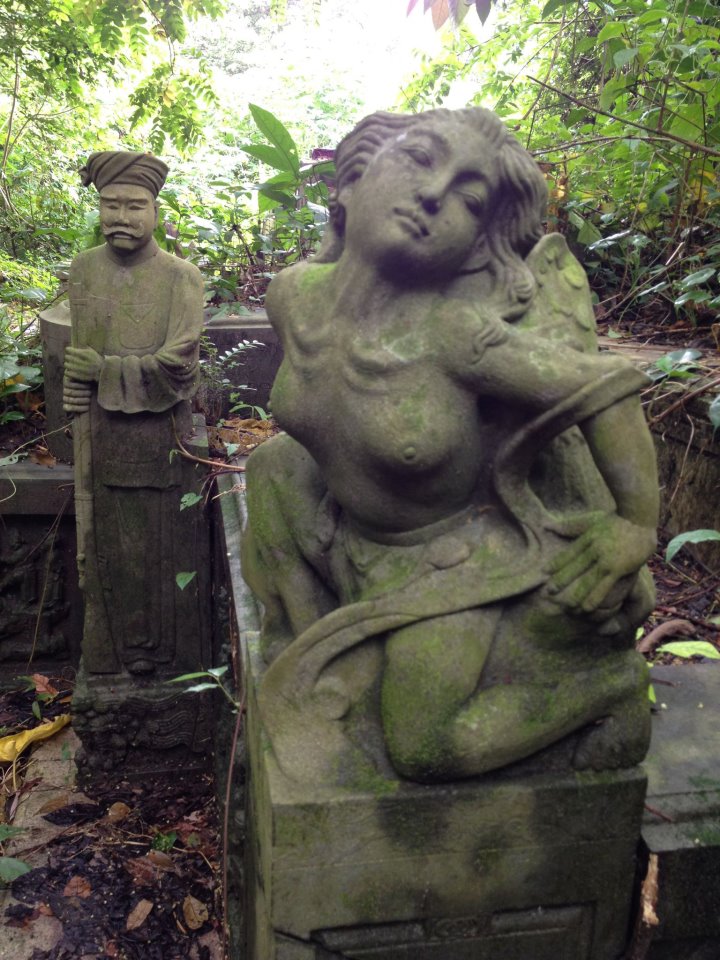
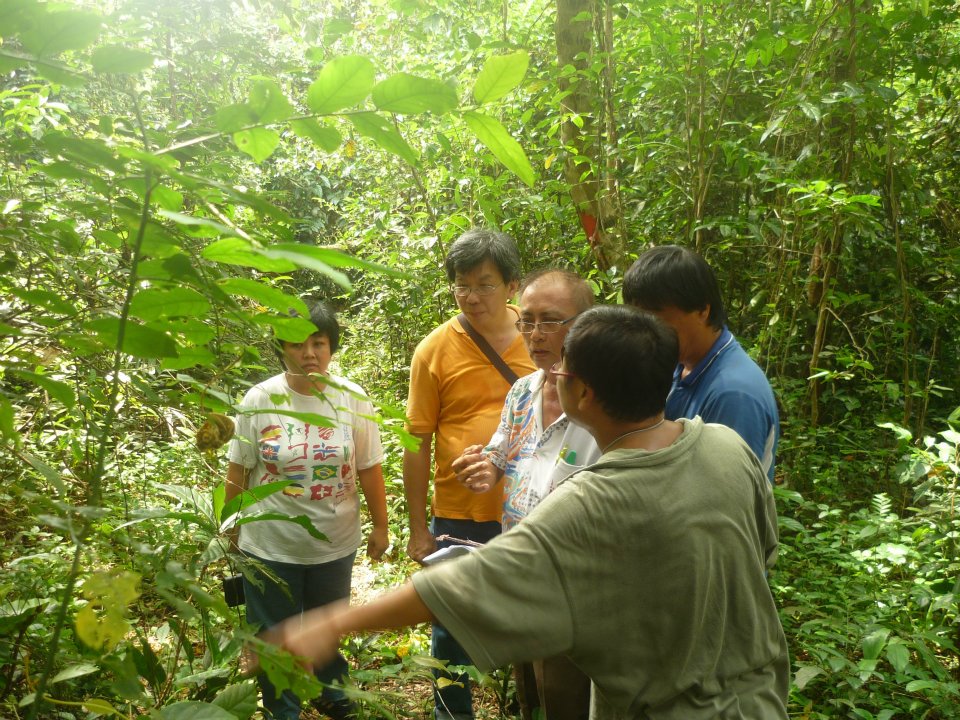
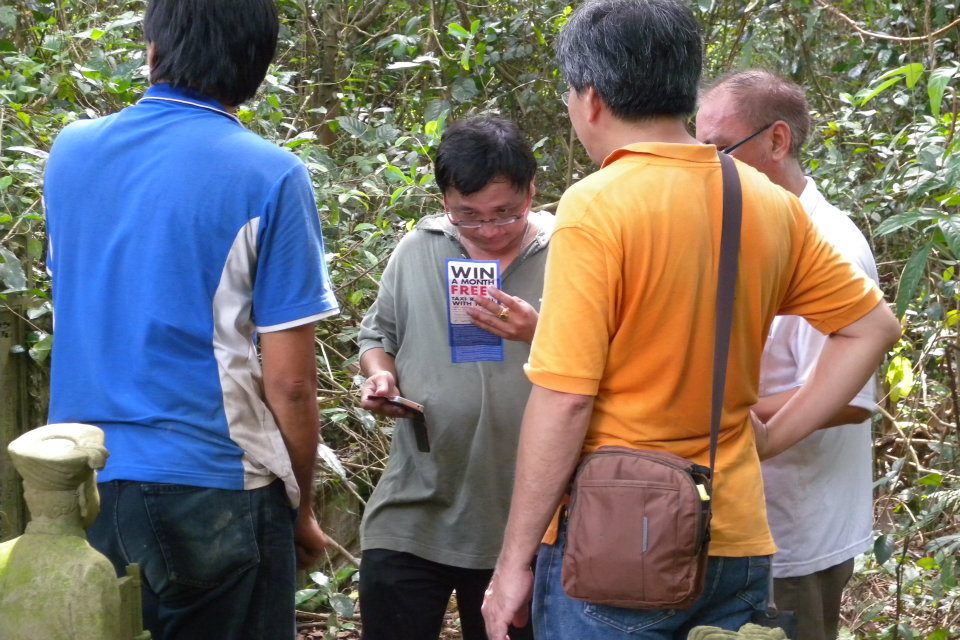
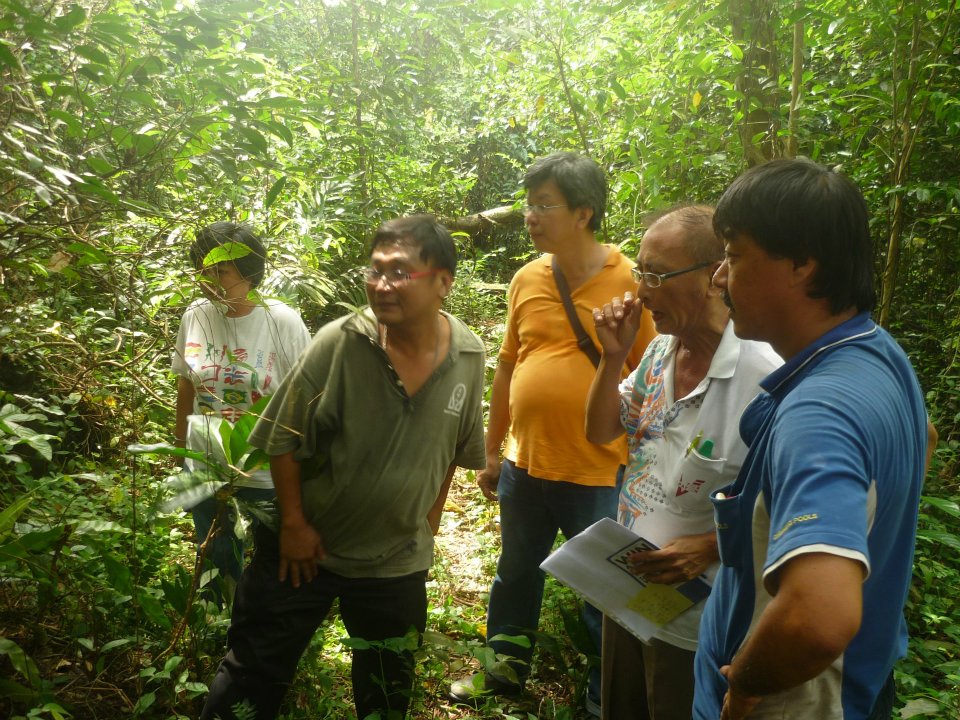
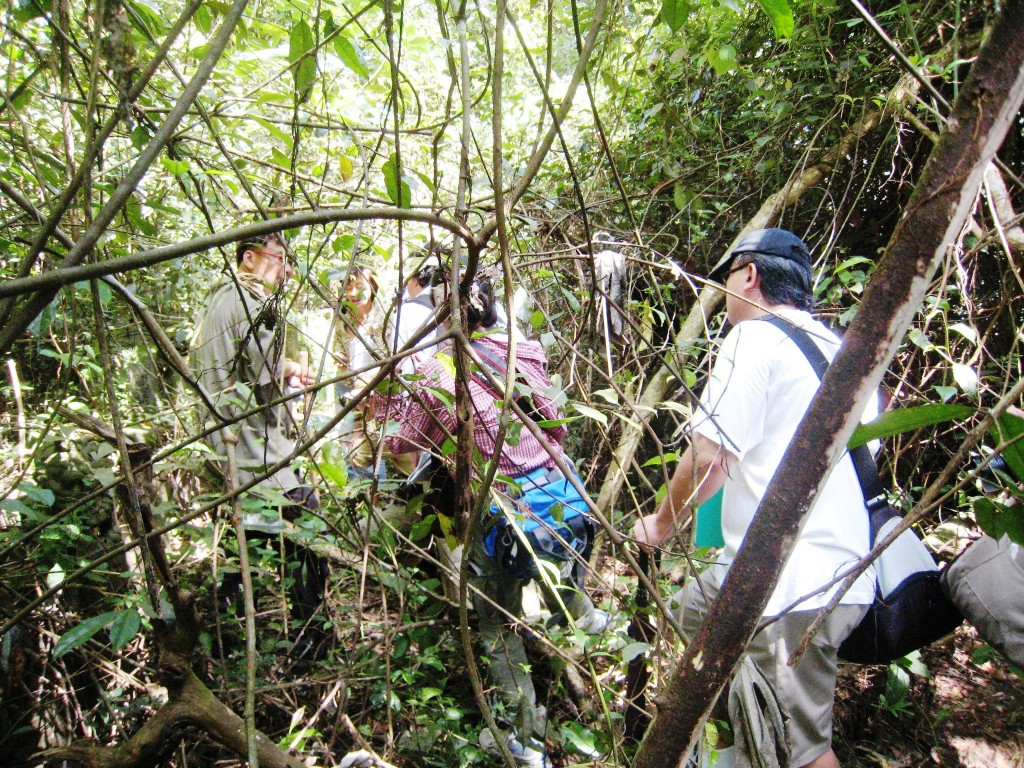
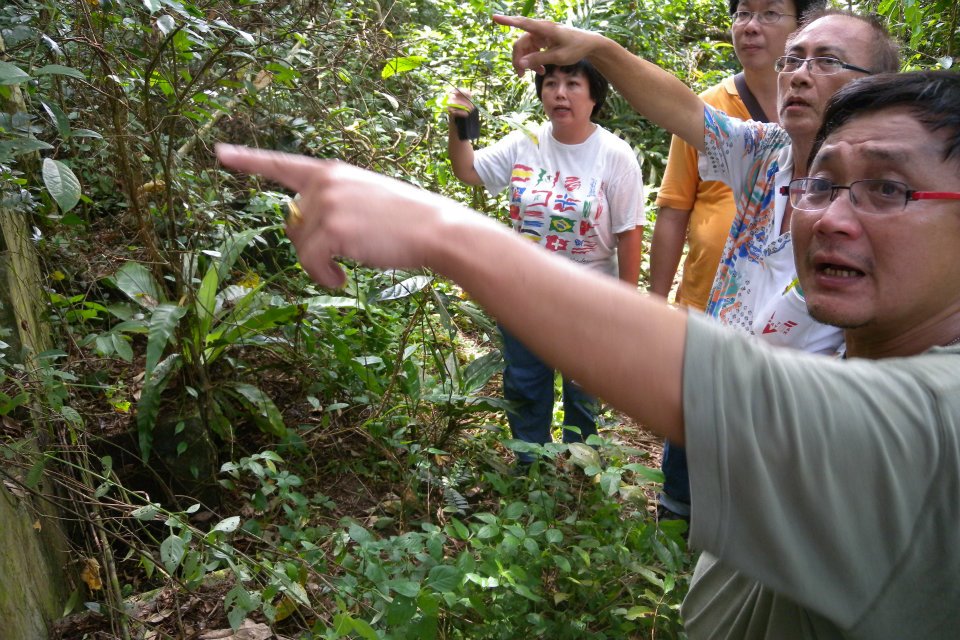
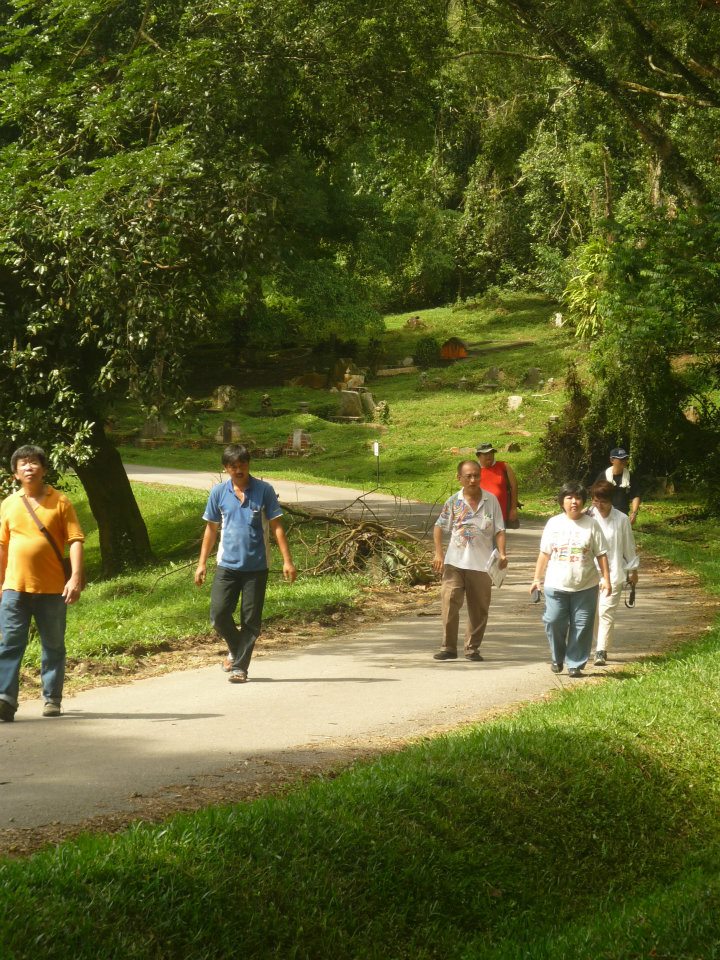
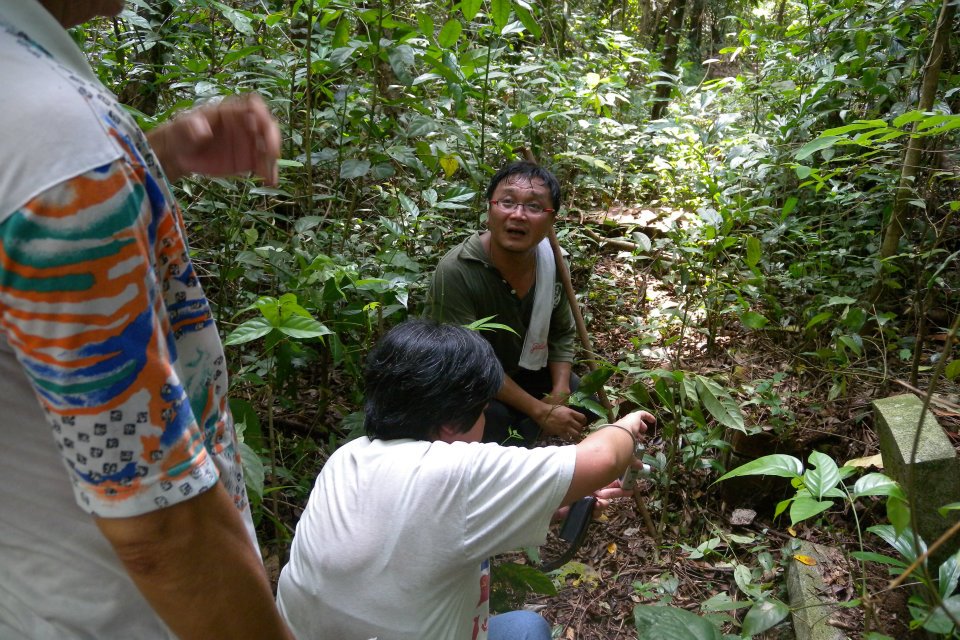
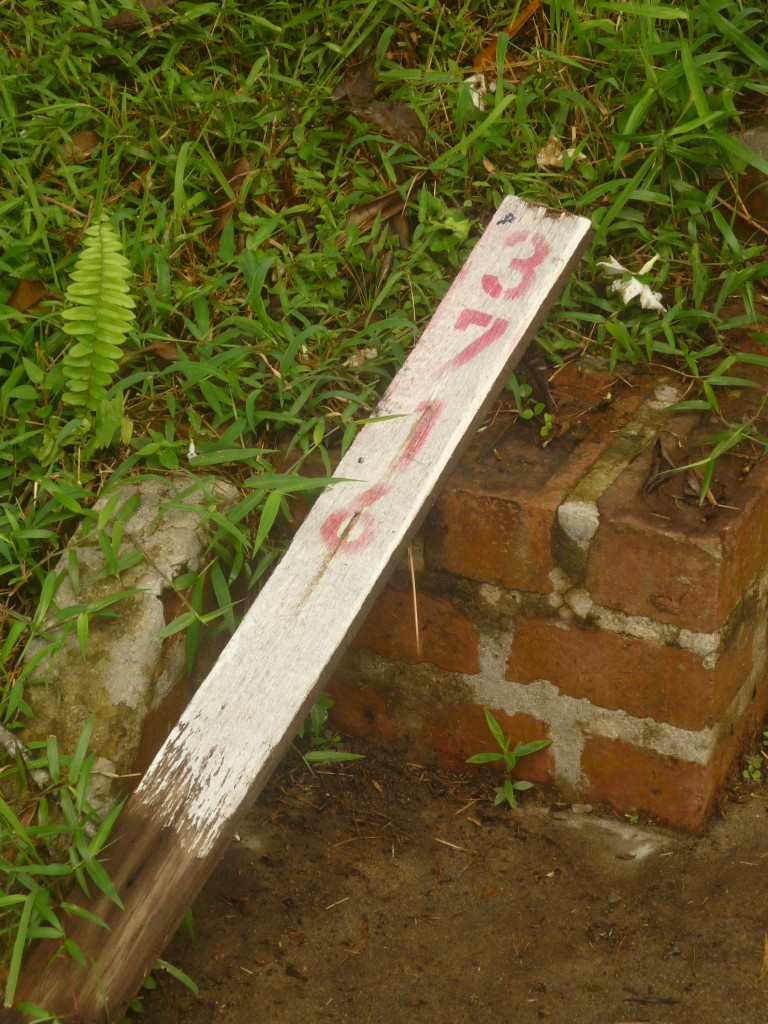
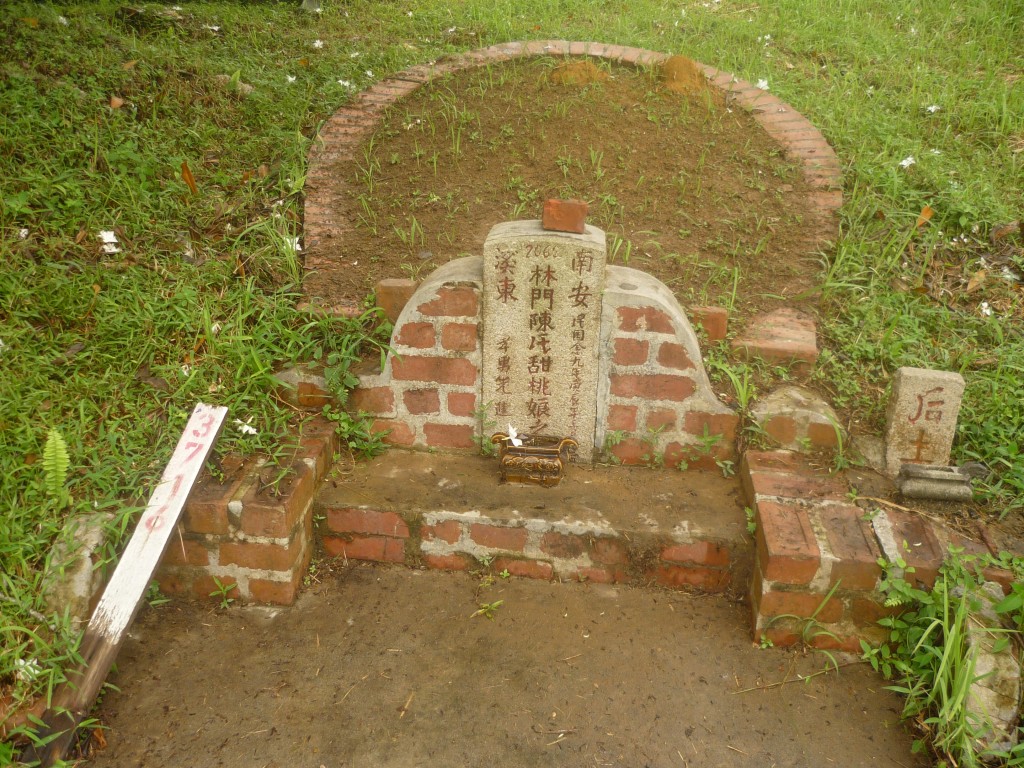
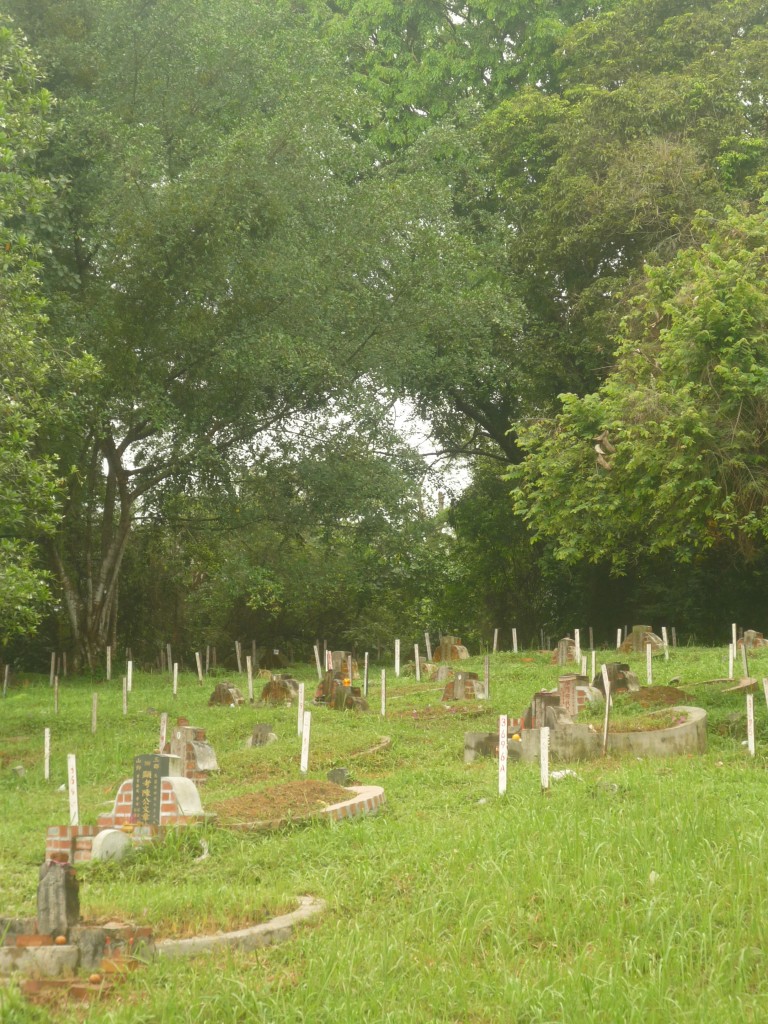
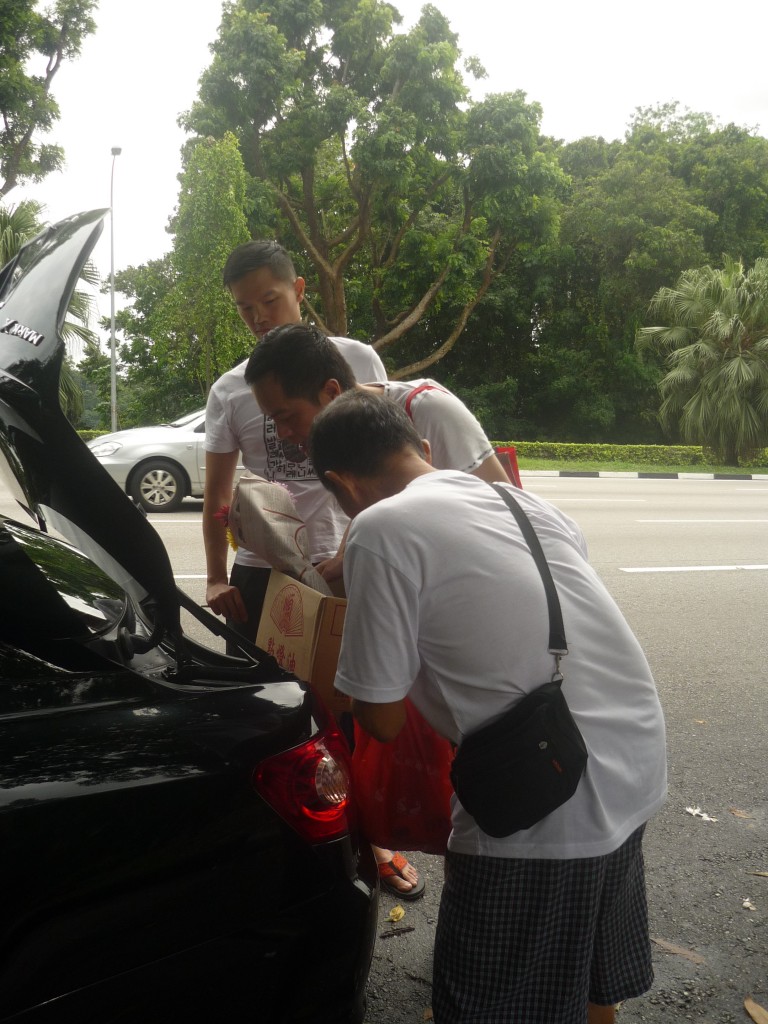
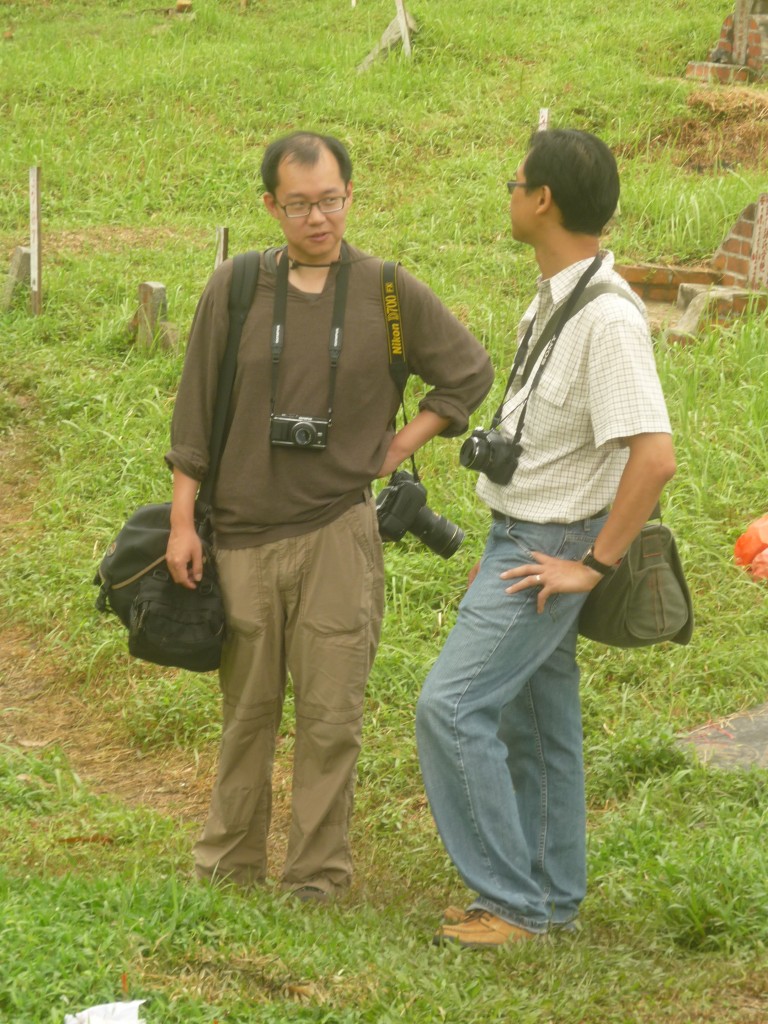
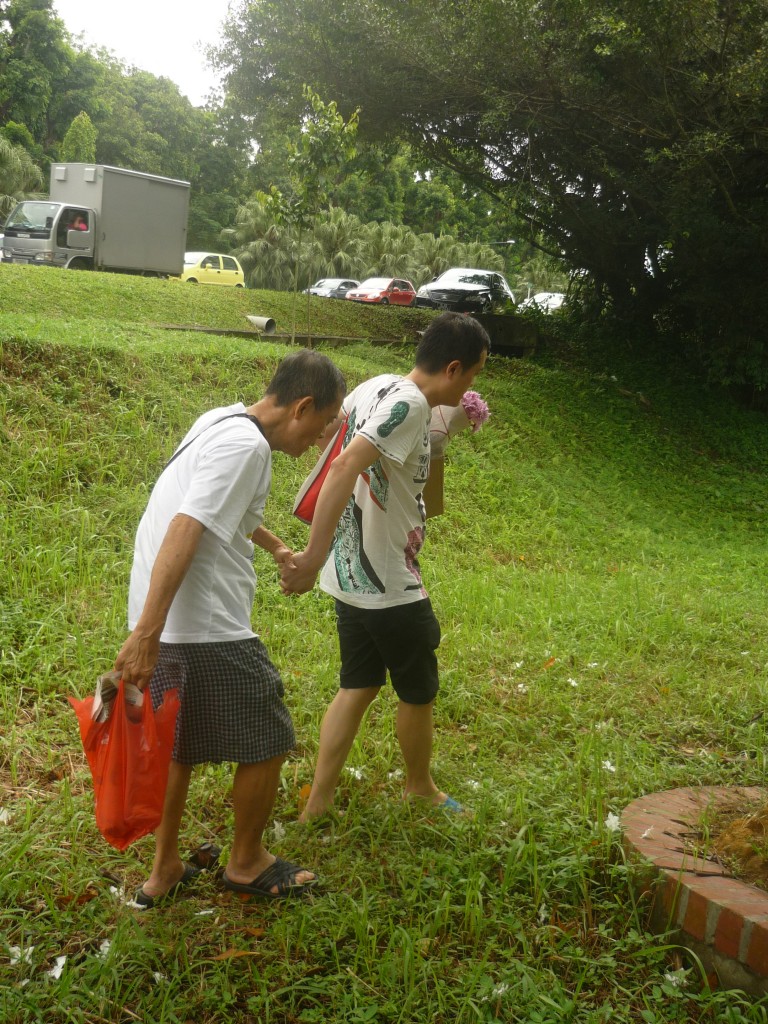
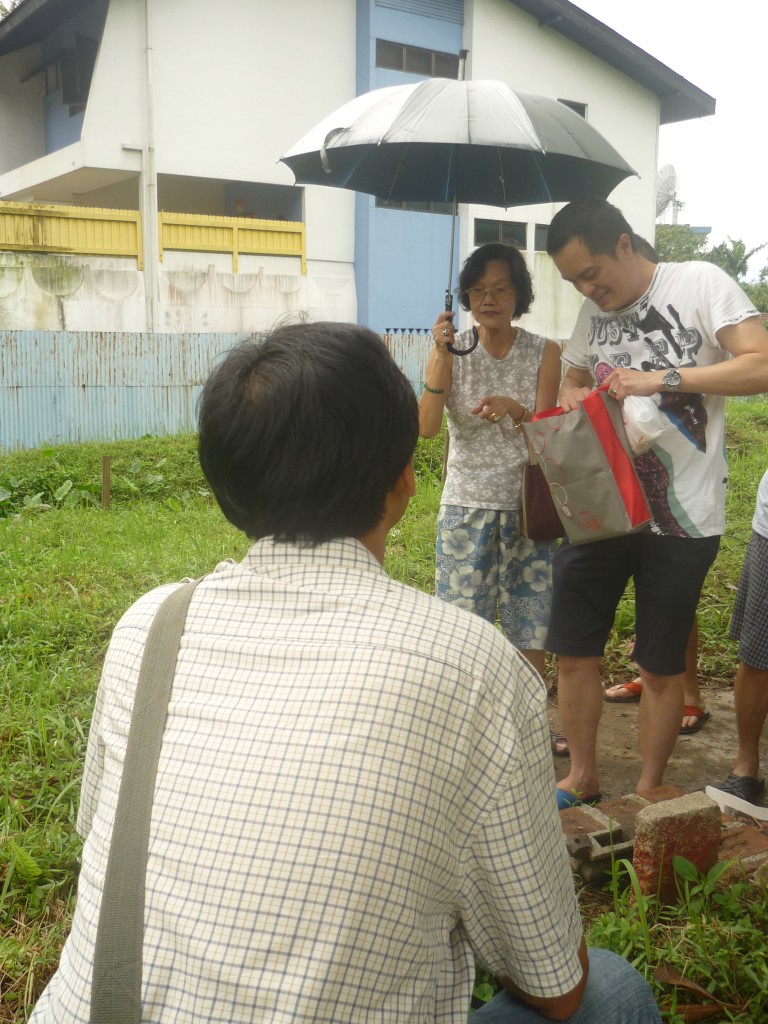
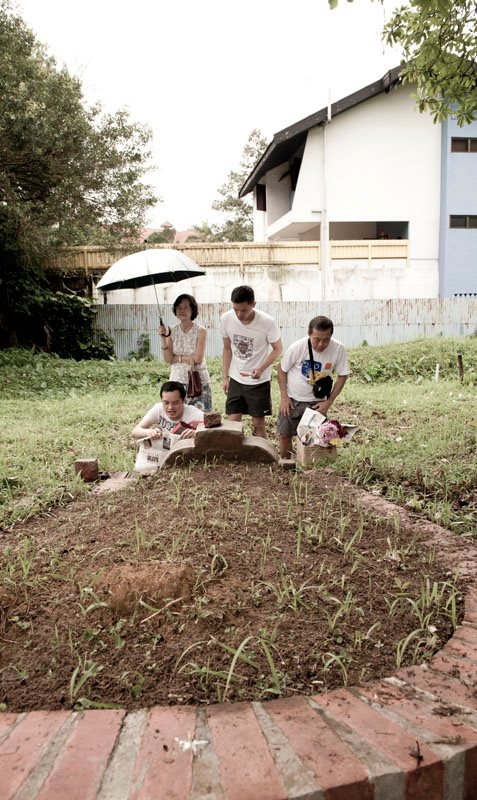
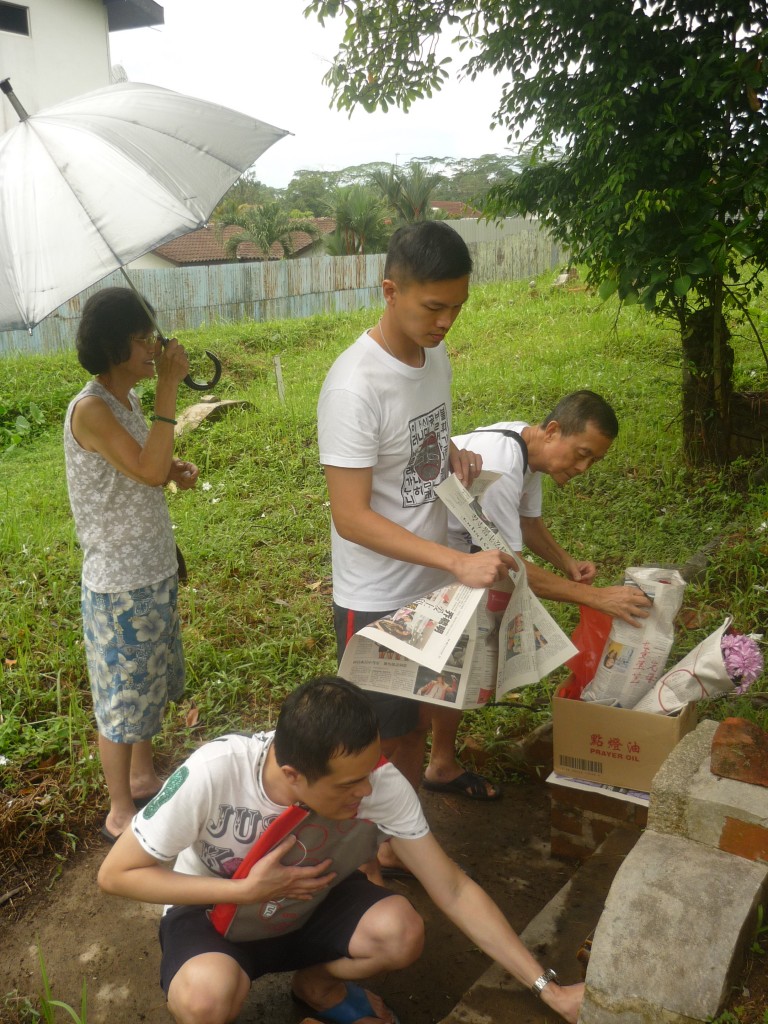
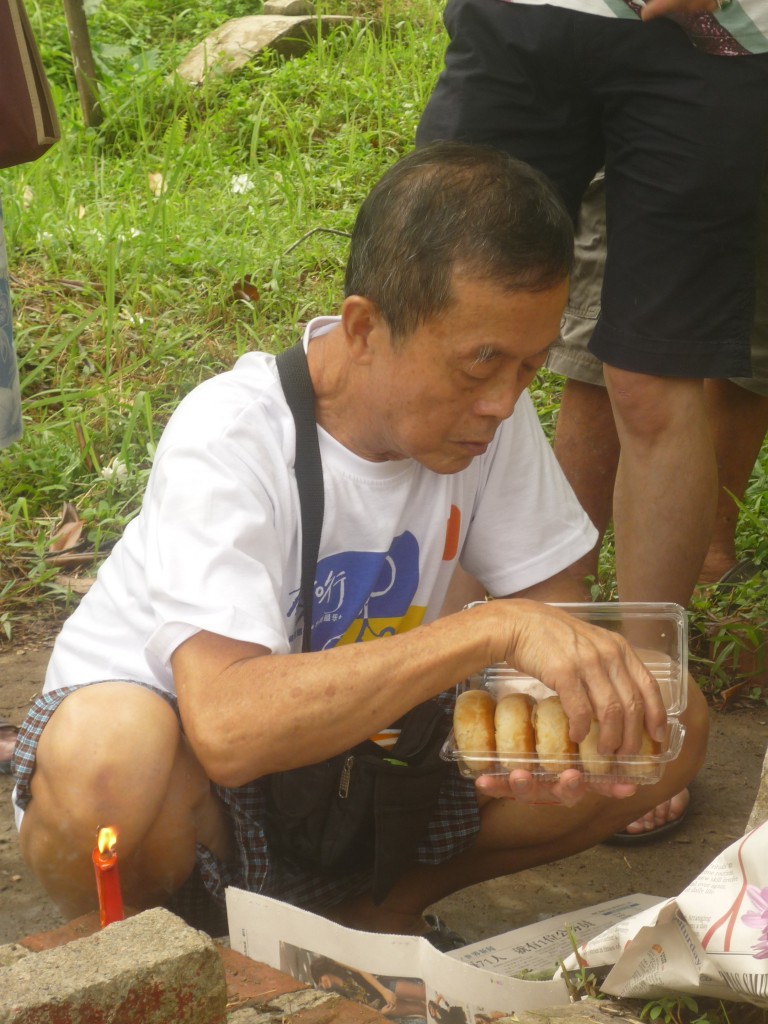
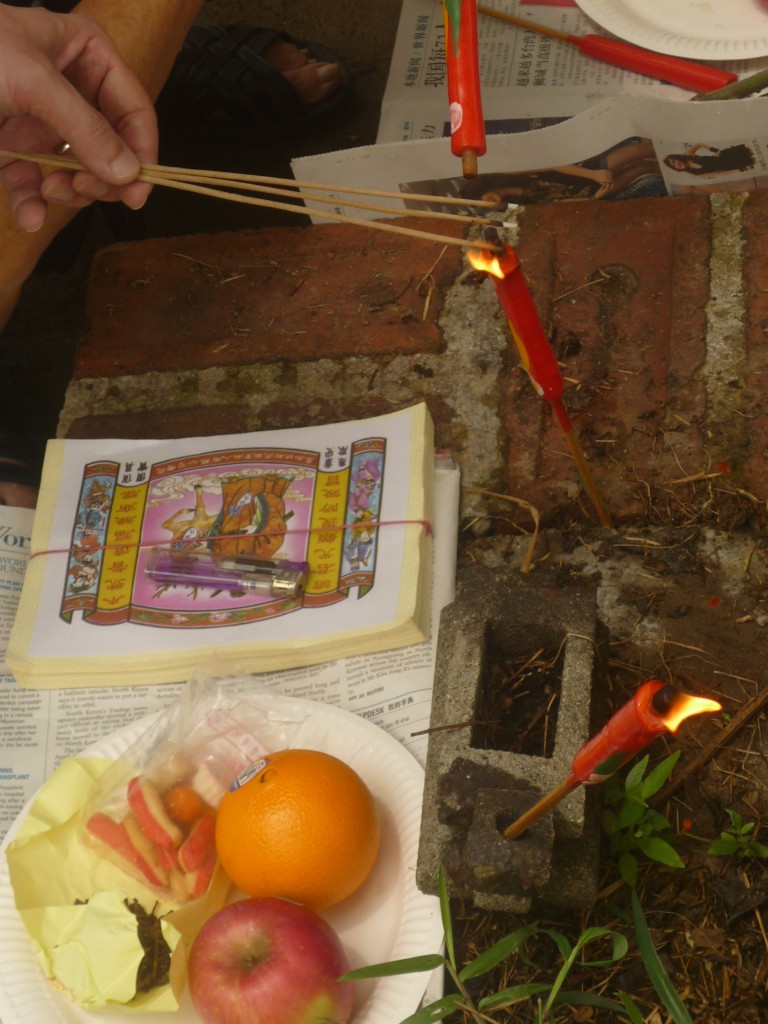
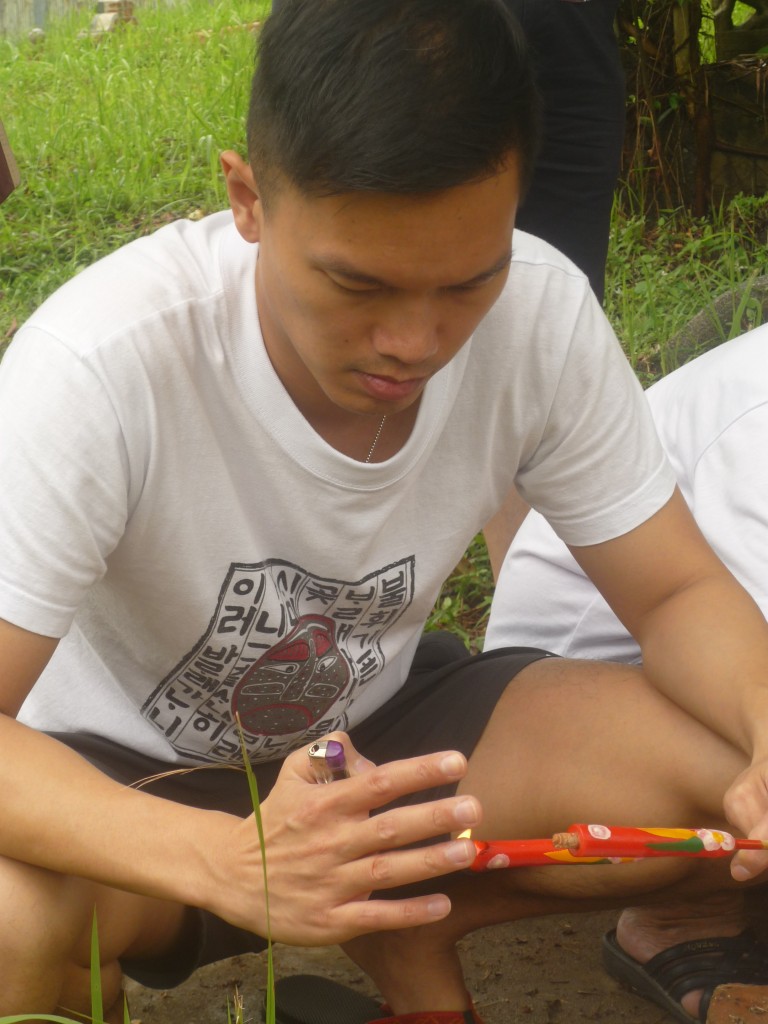
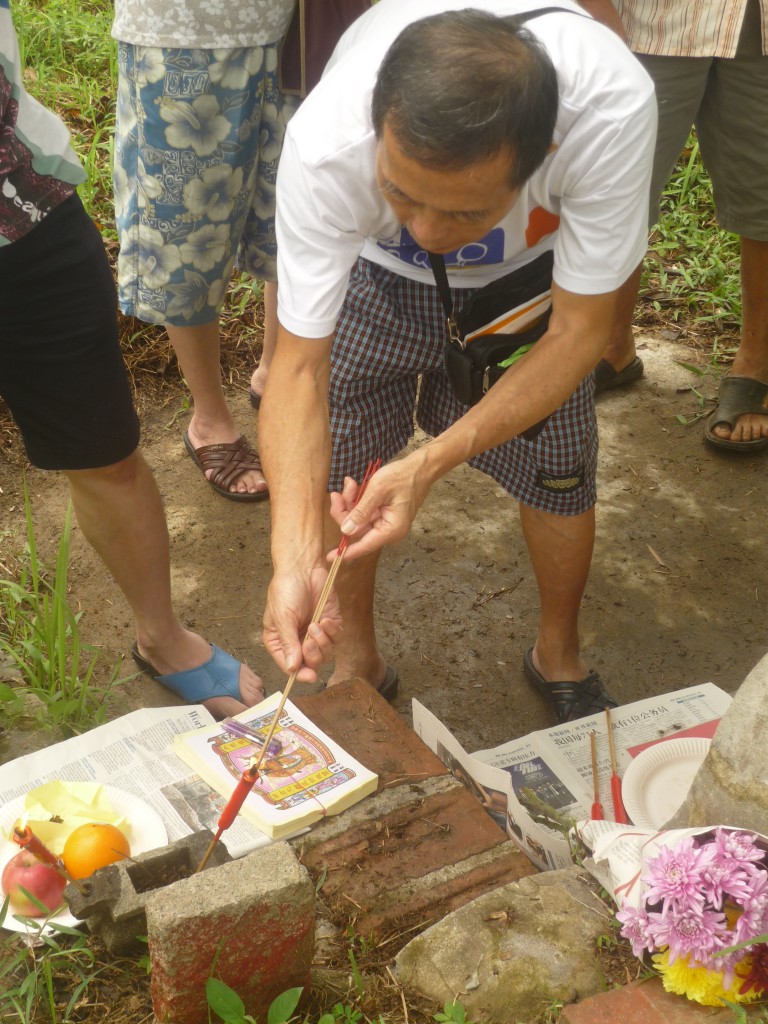
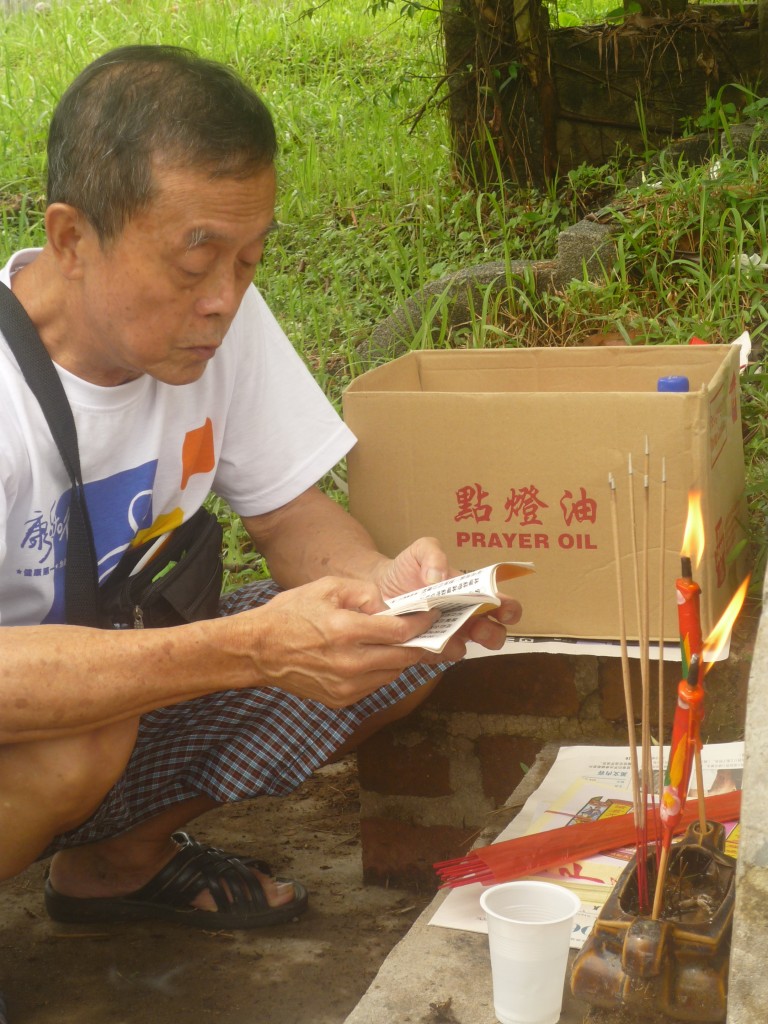
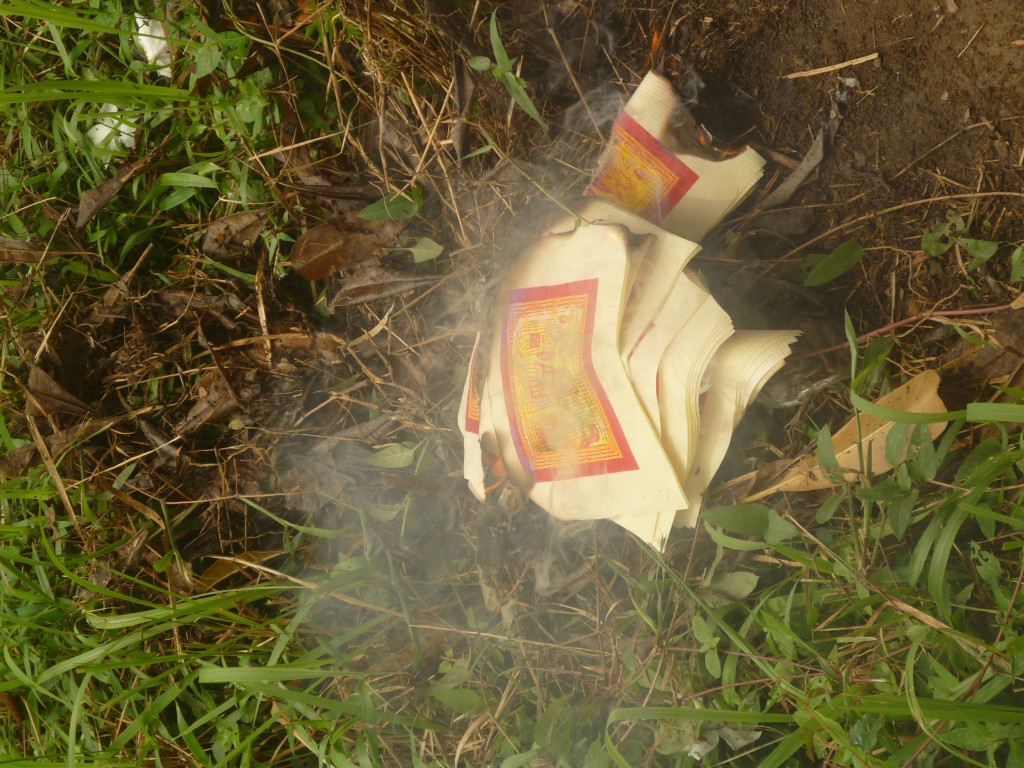
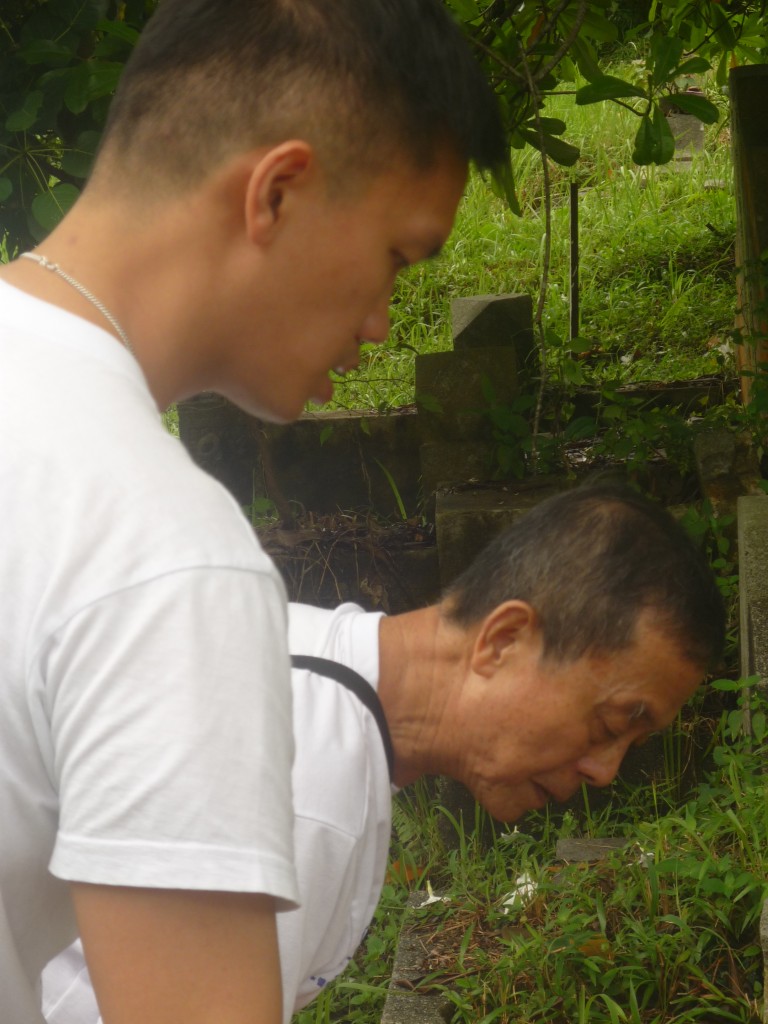
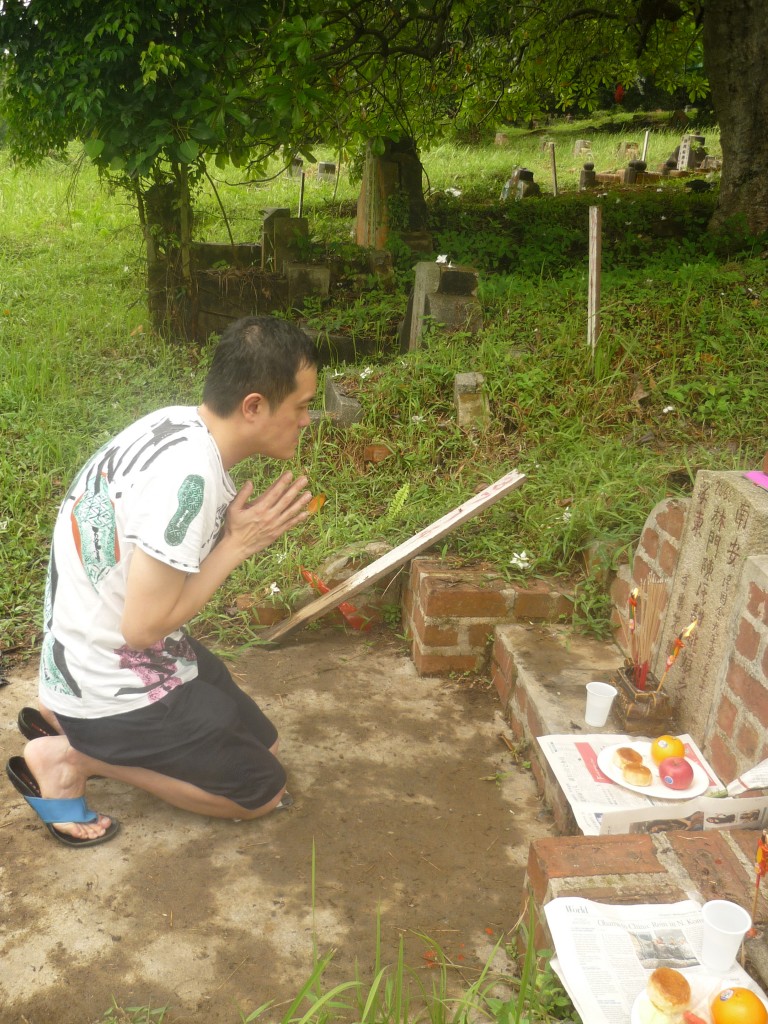
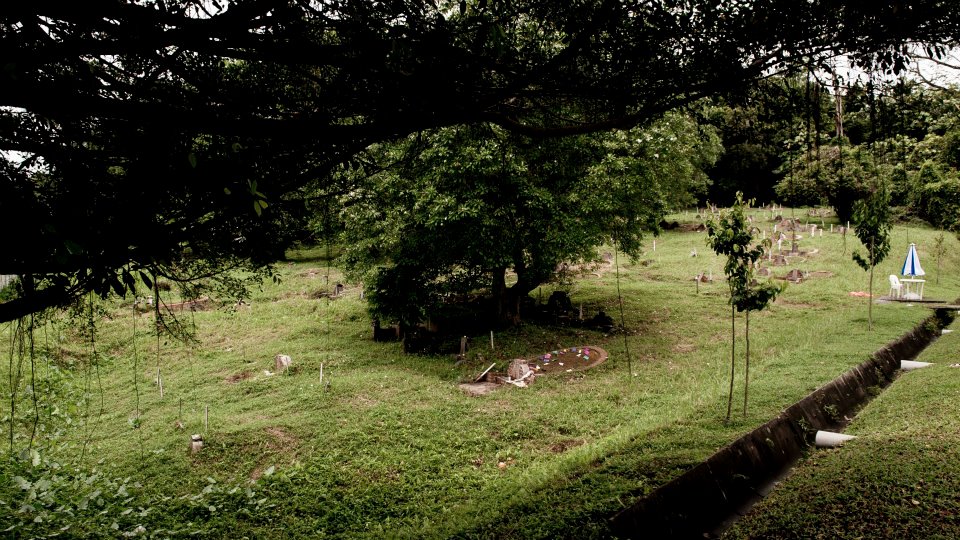














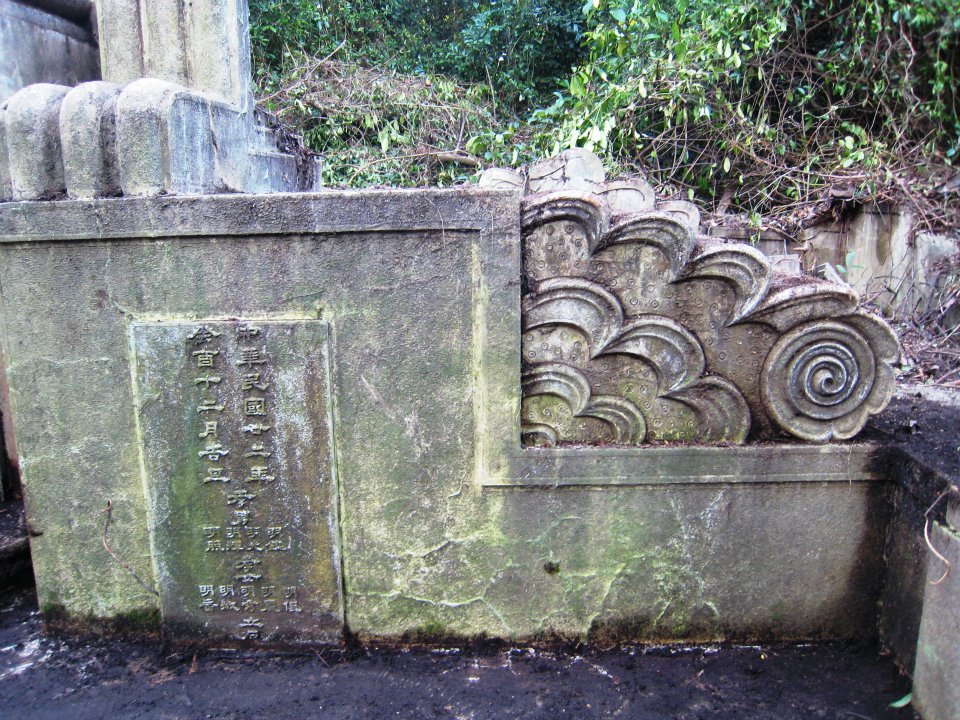












Recent Comments